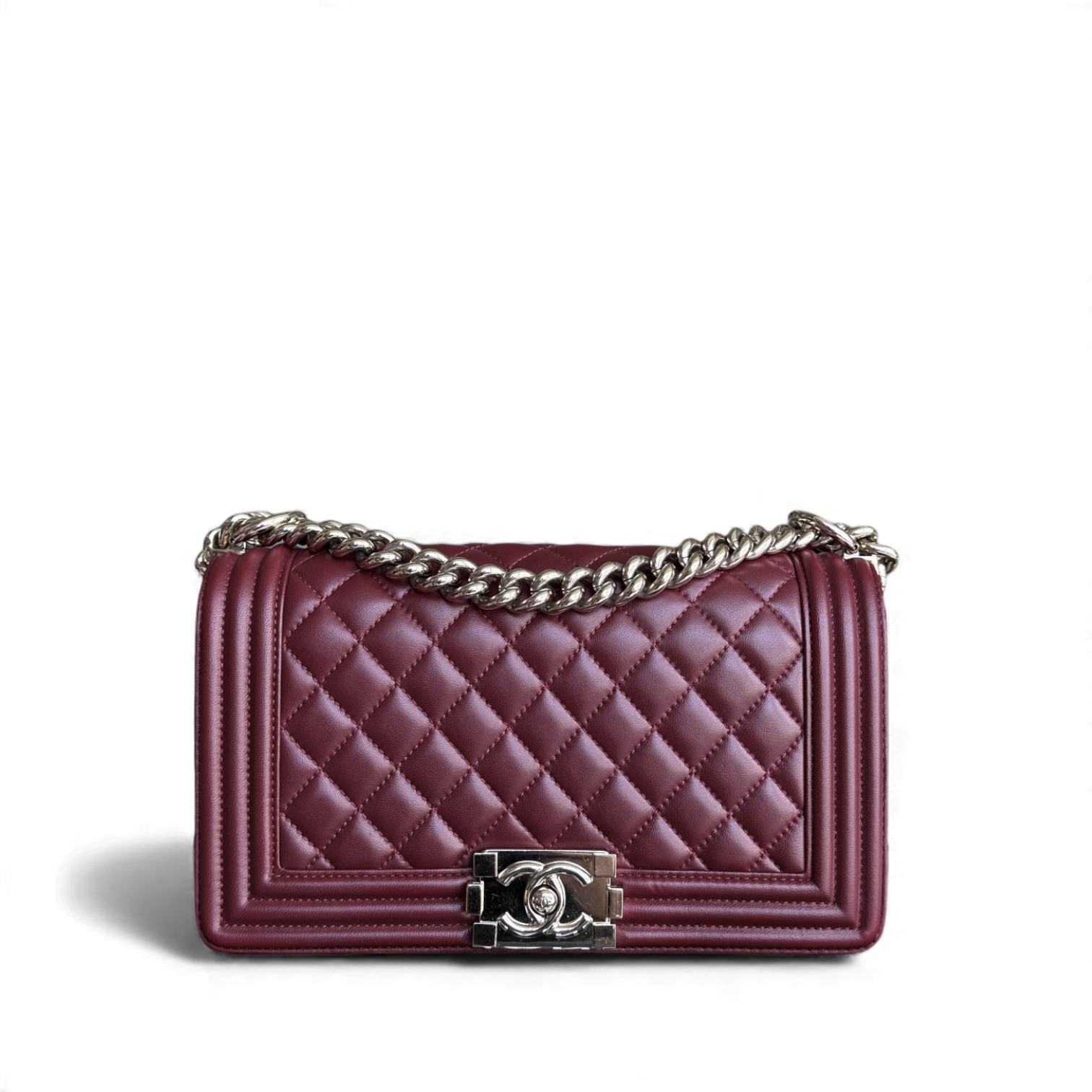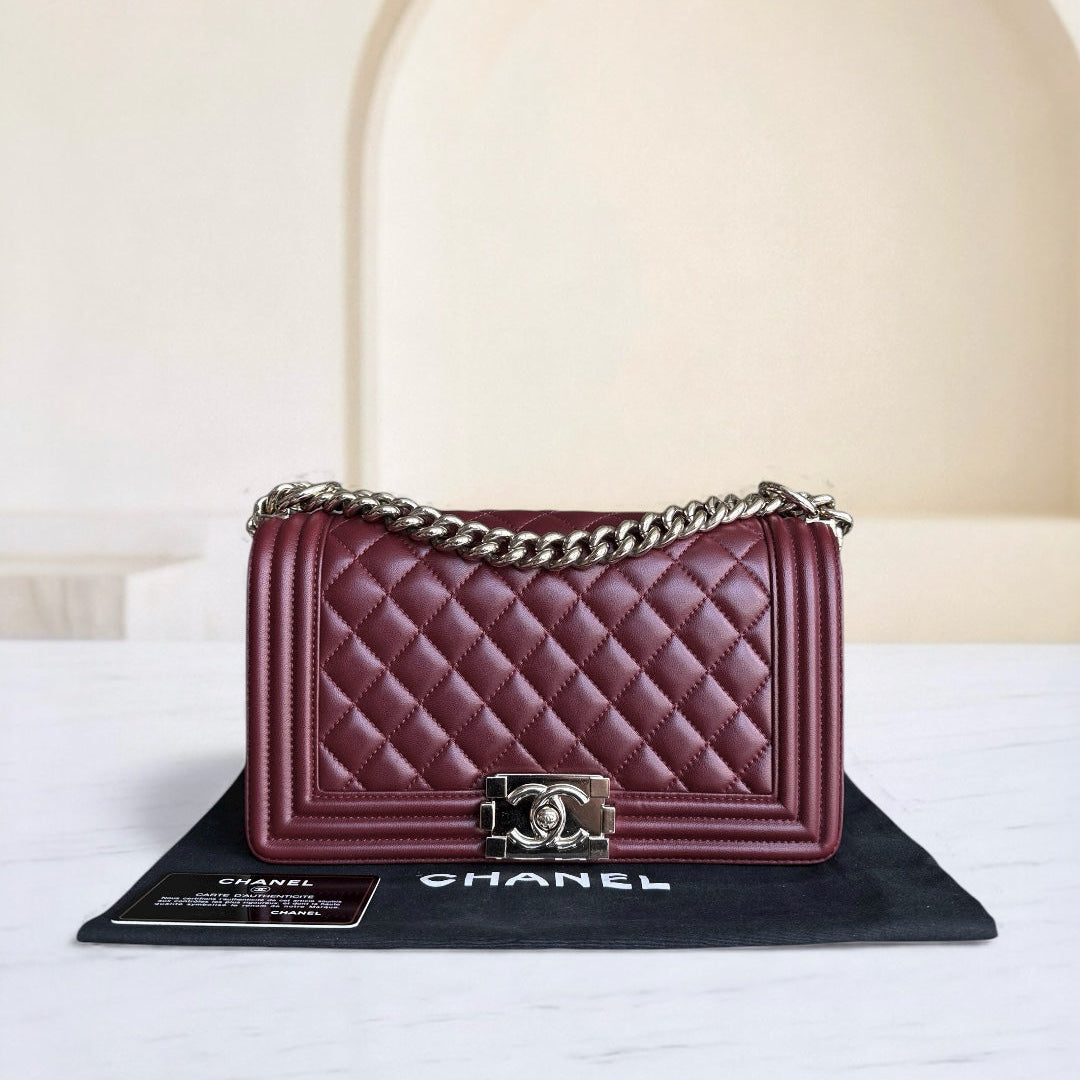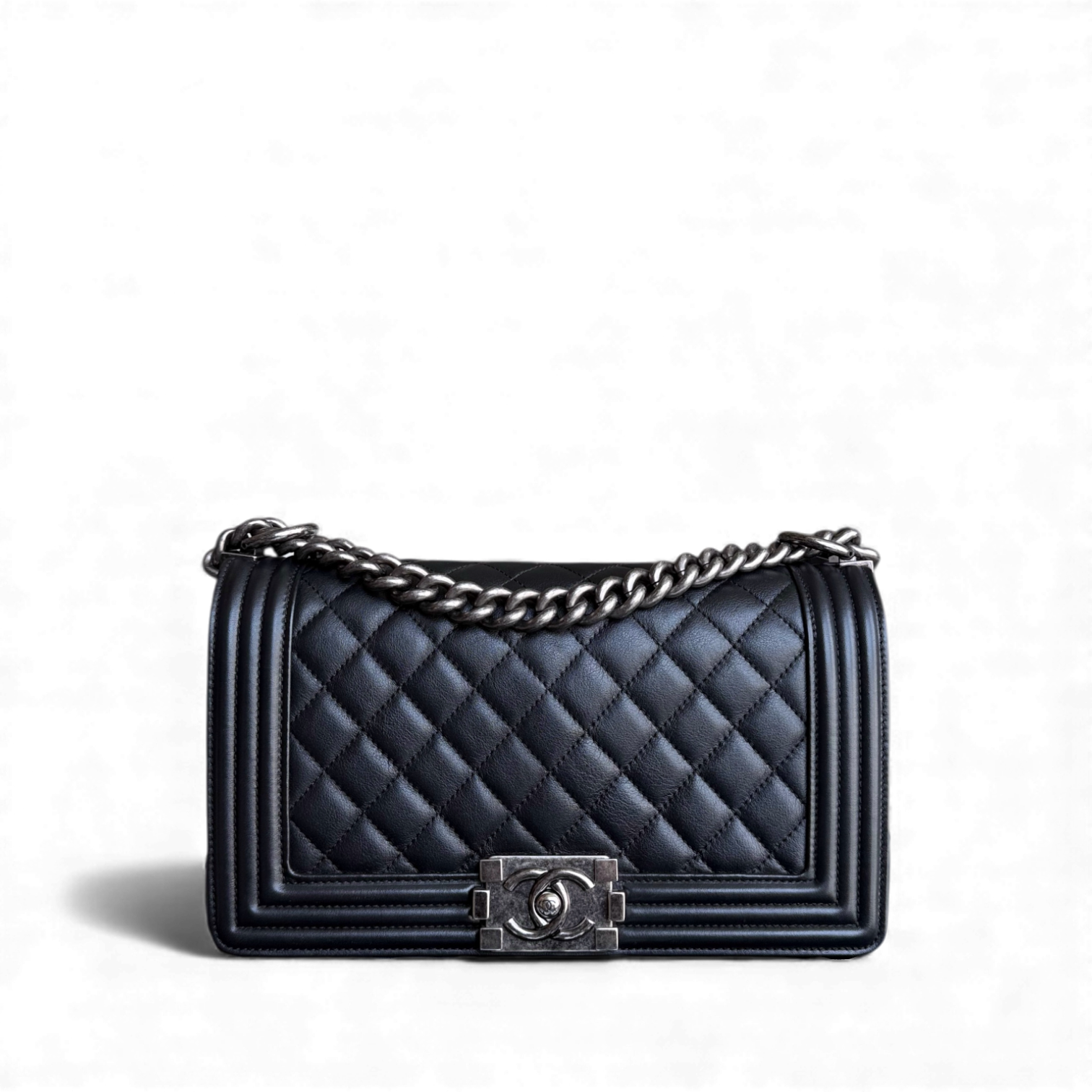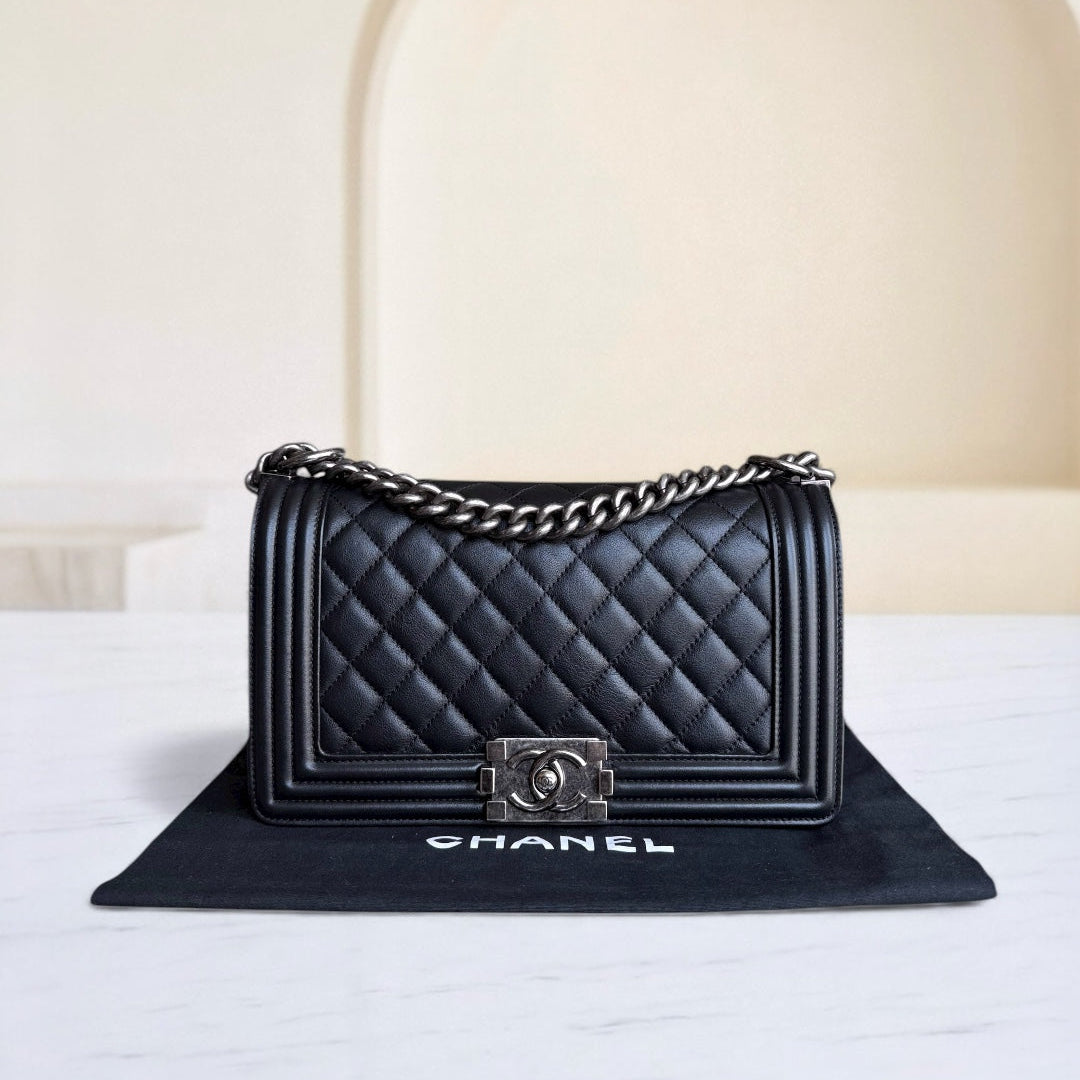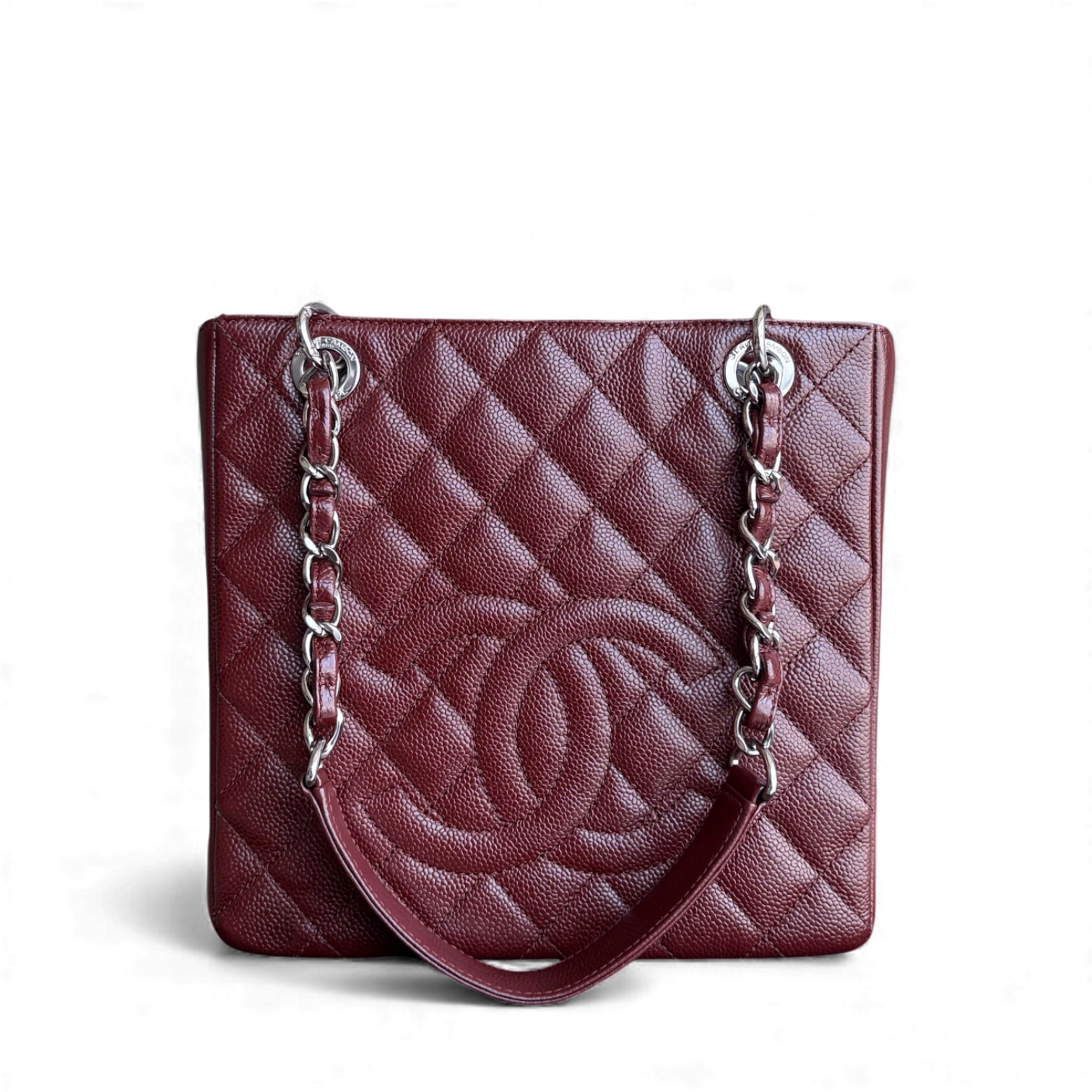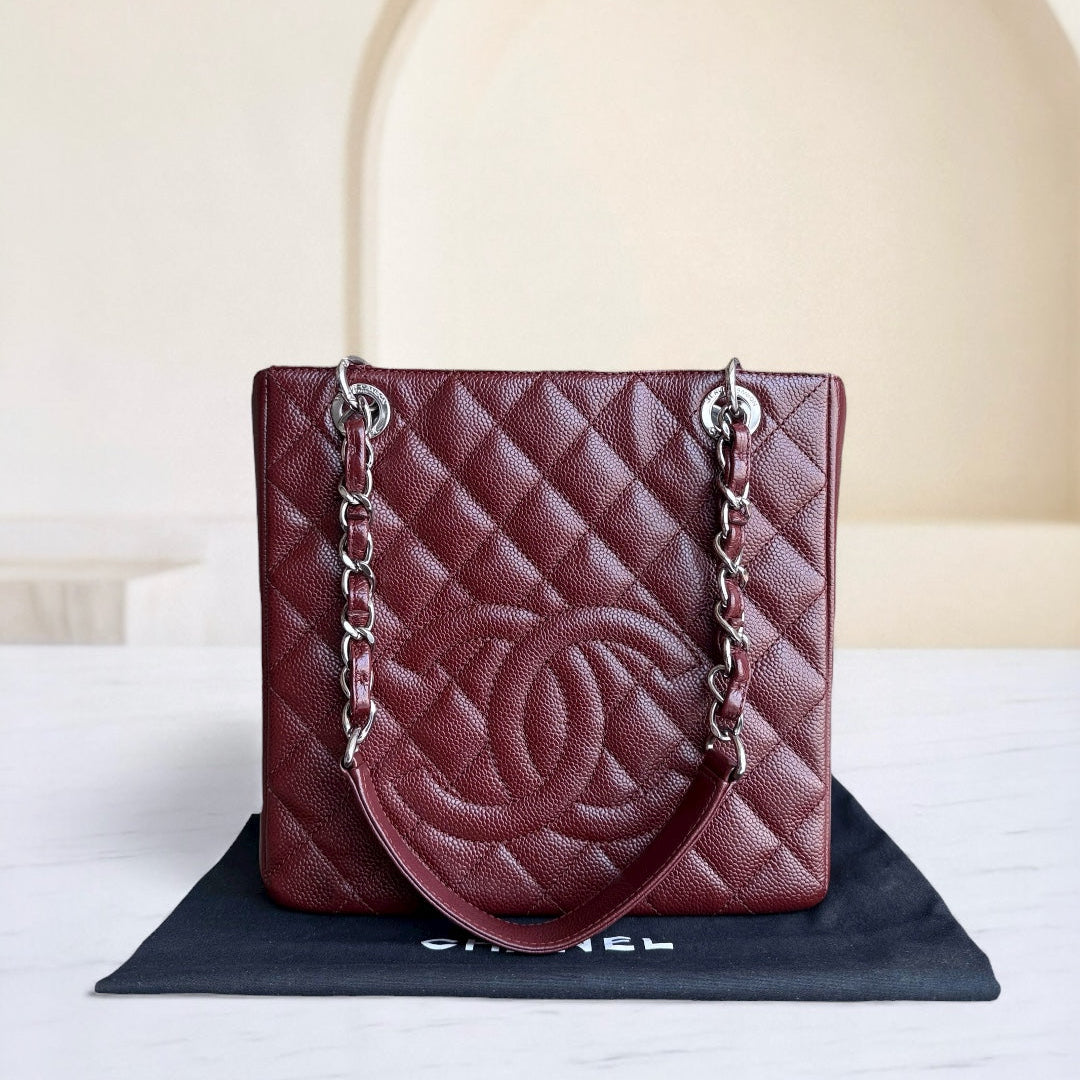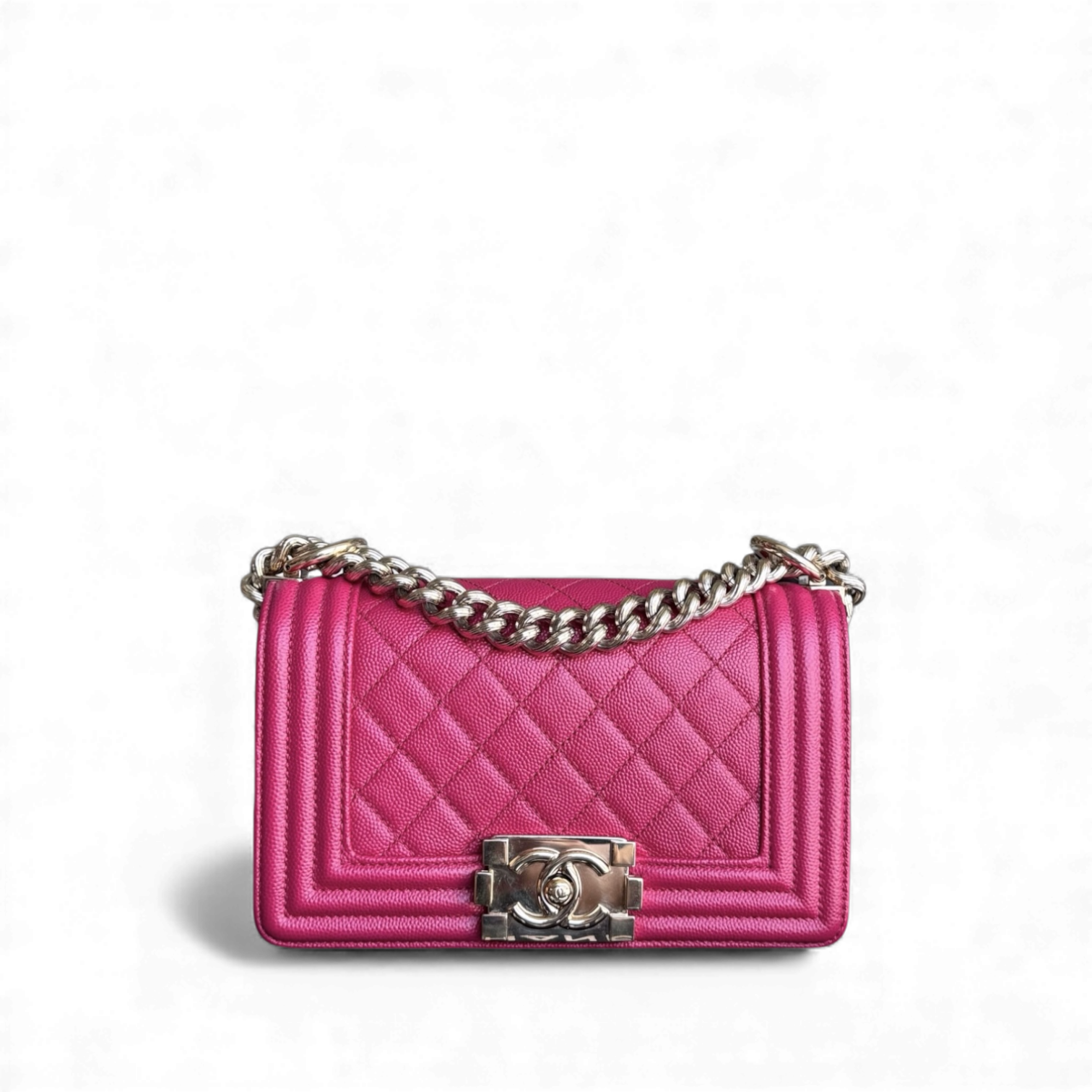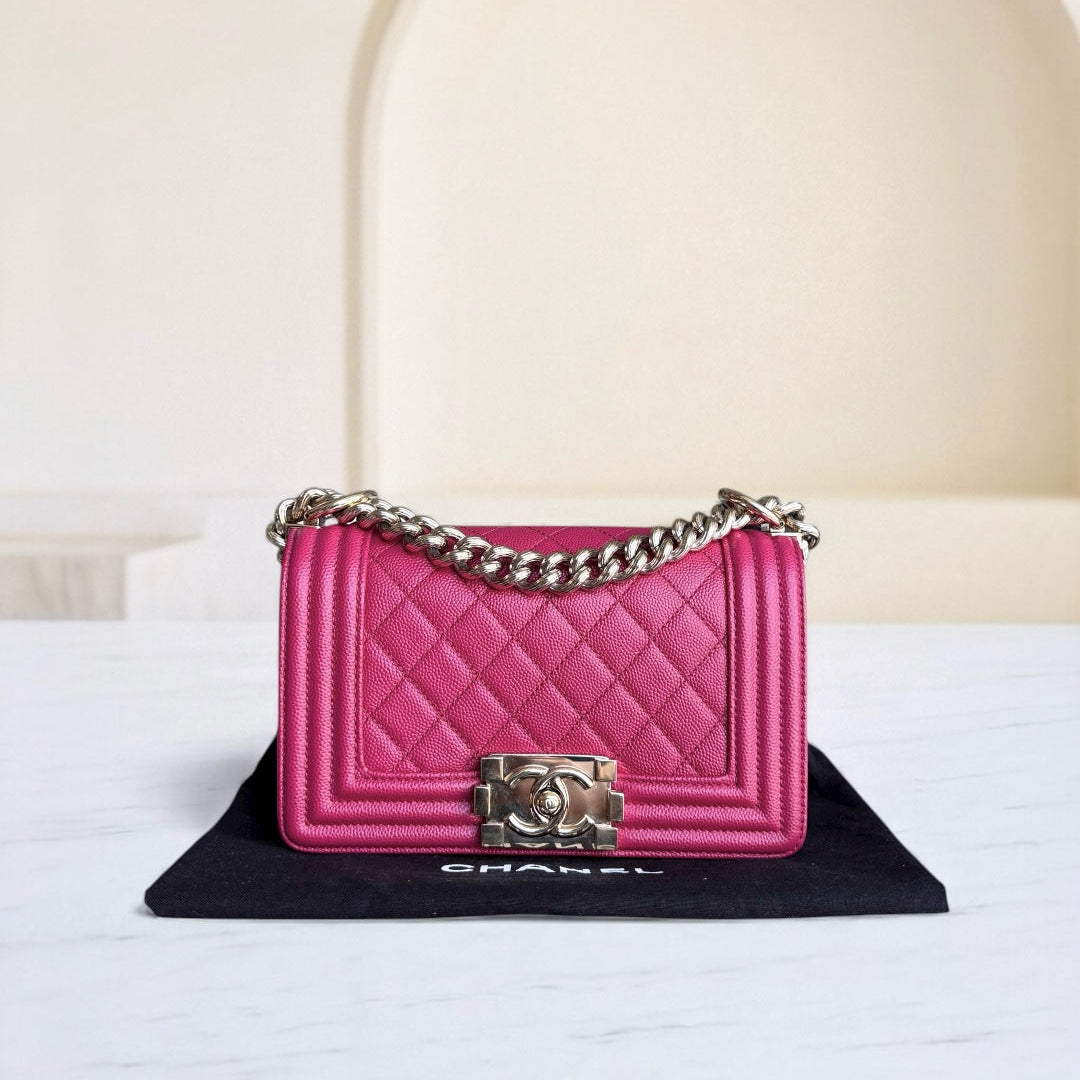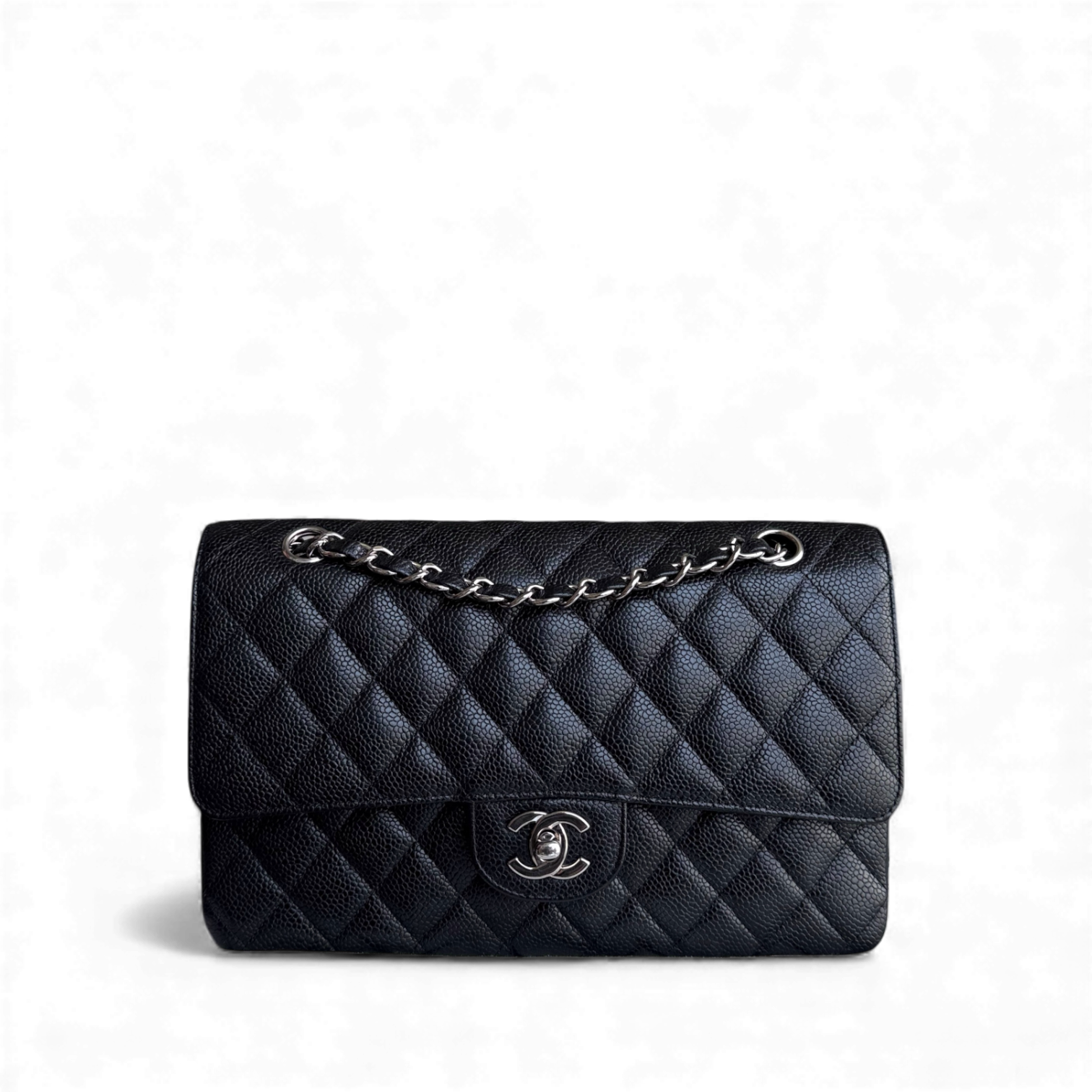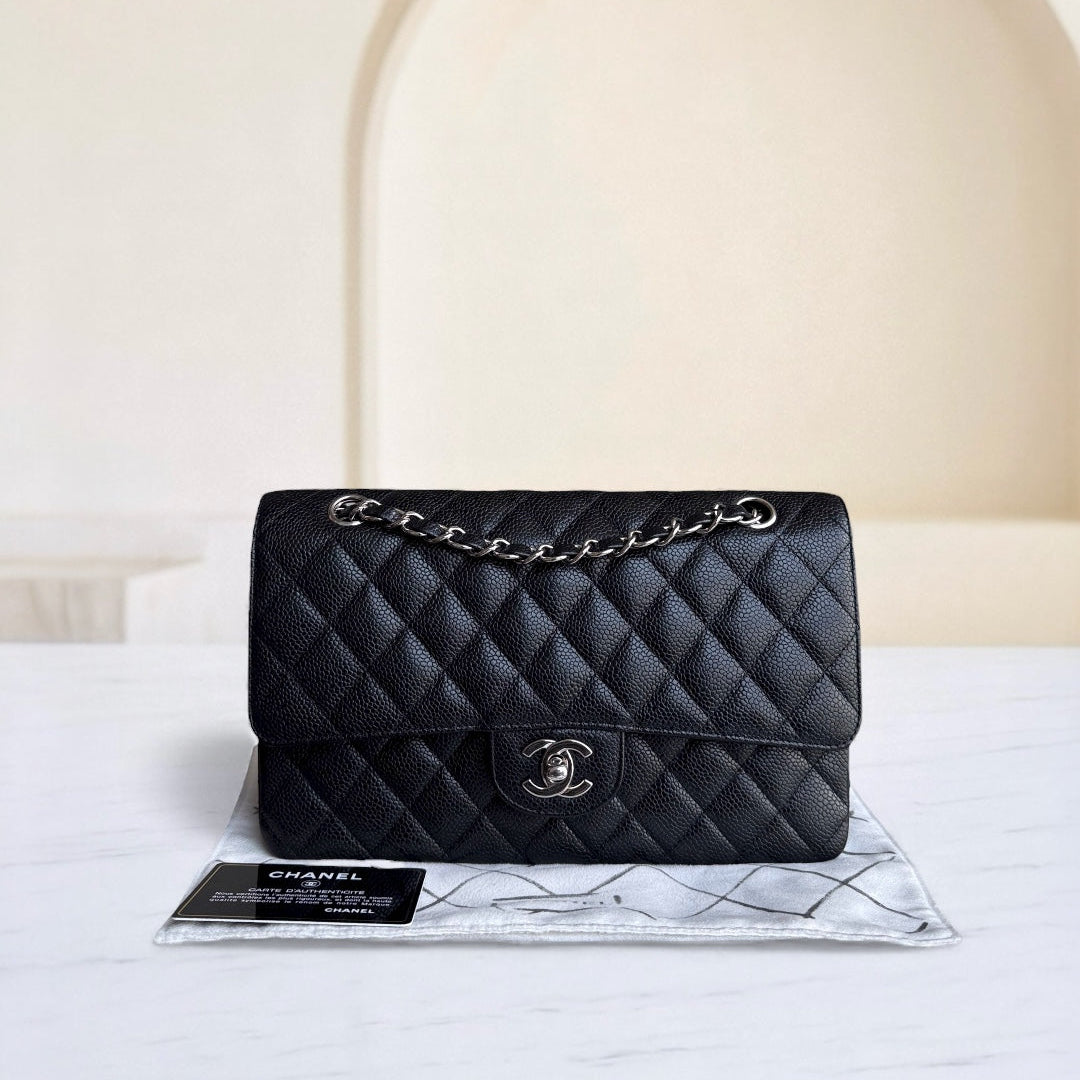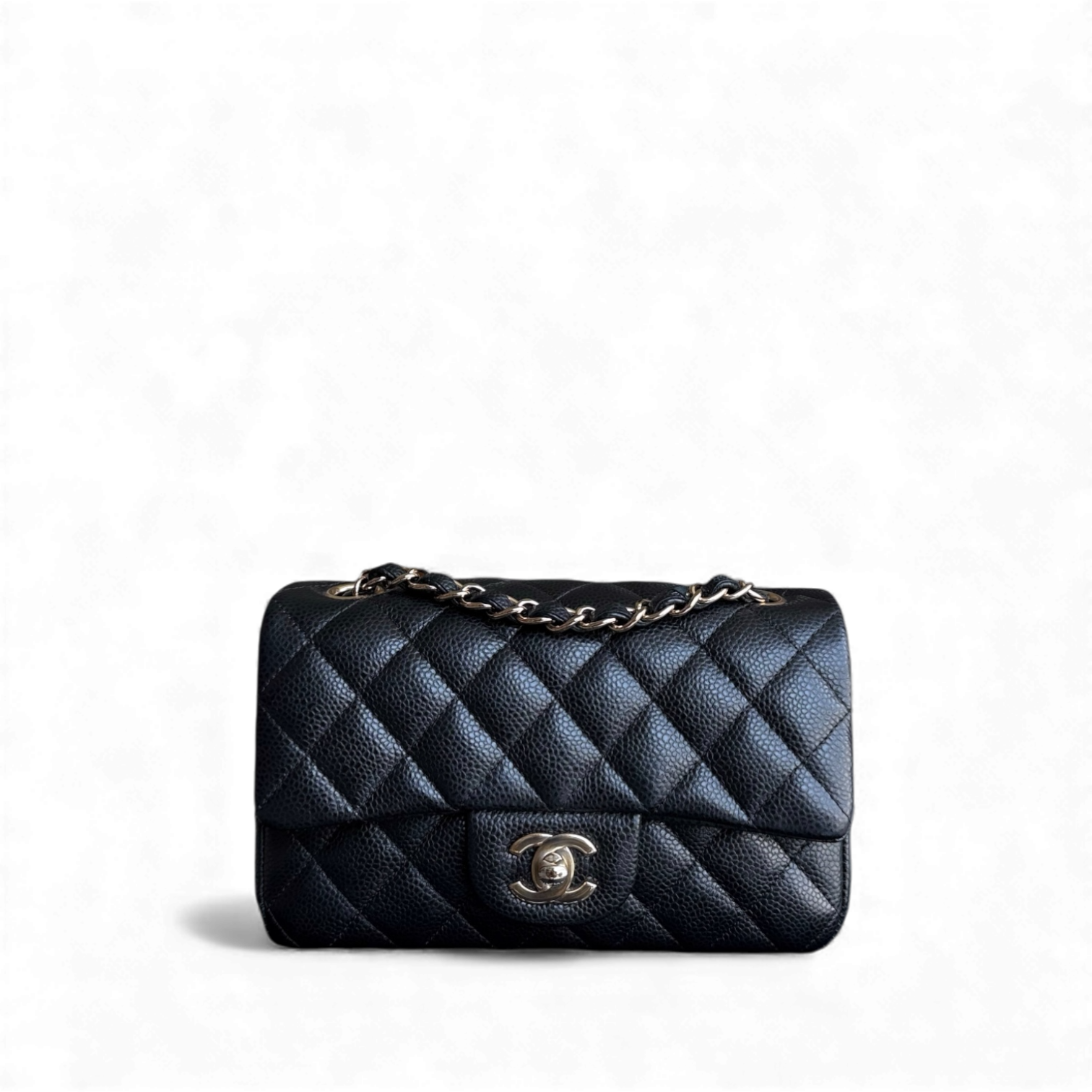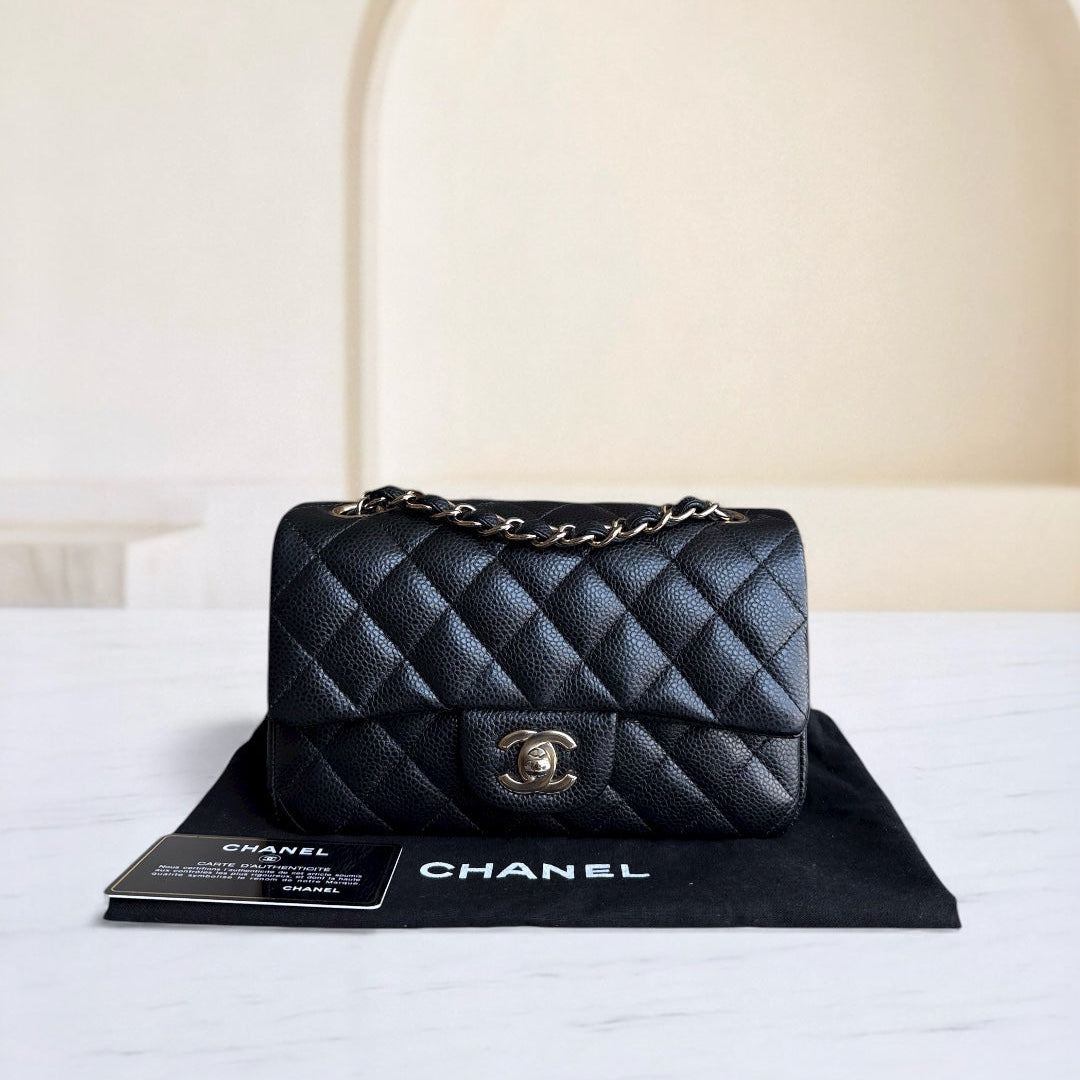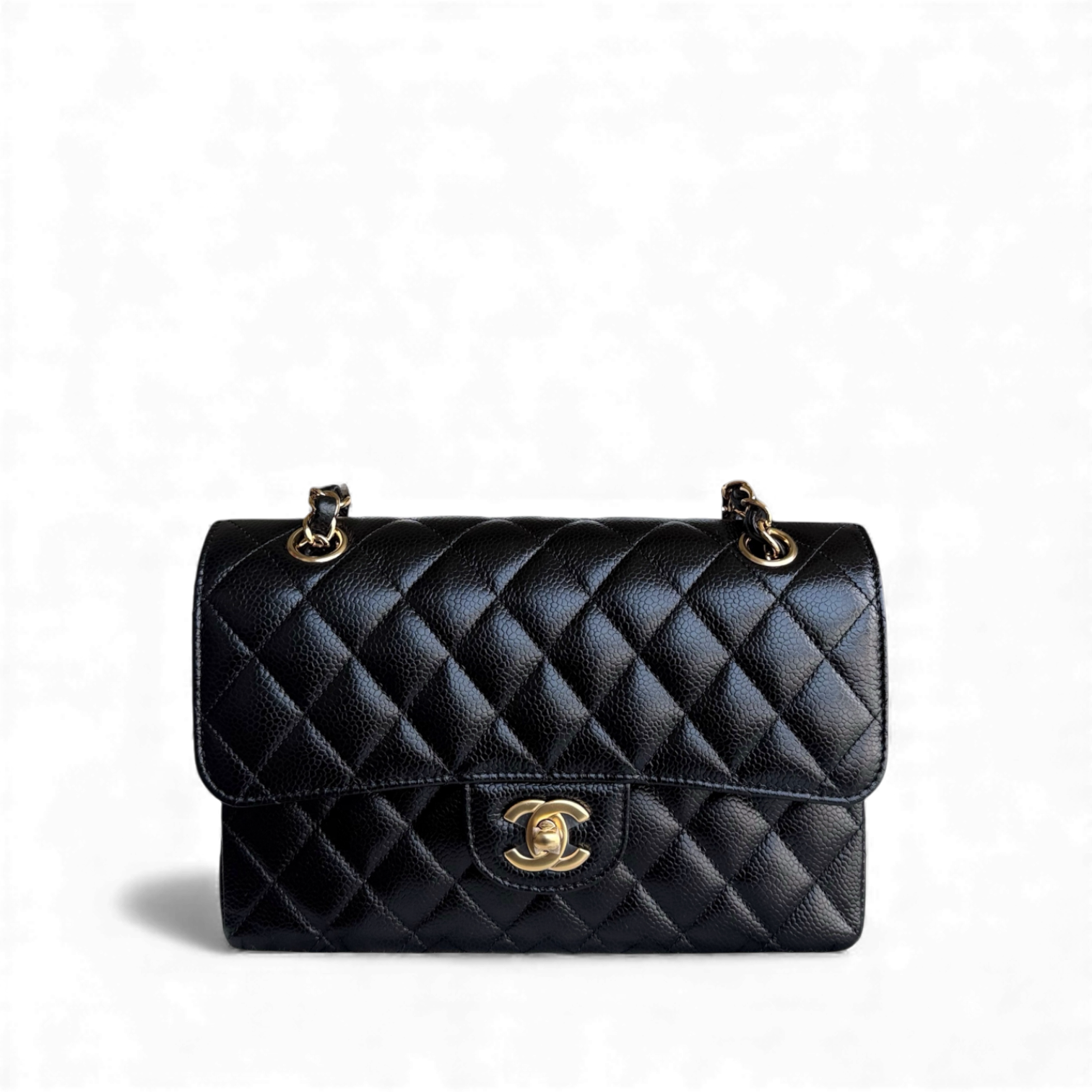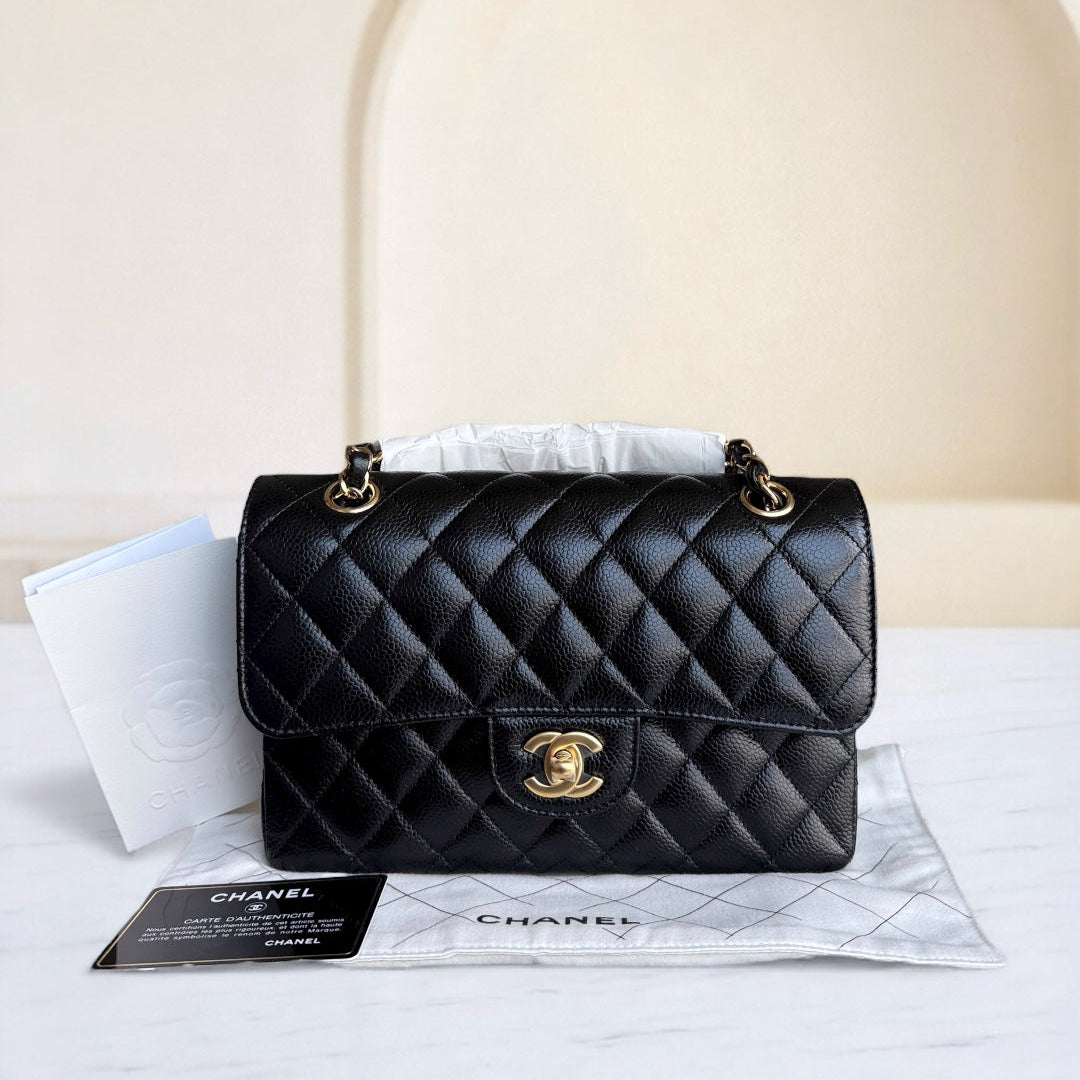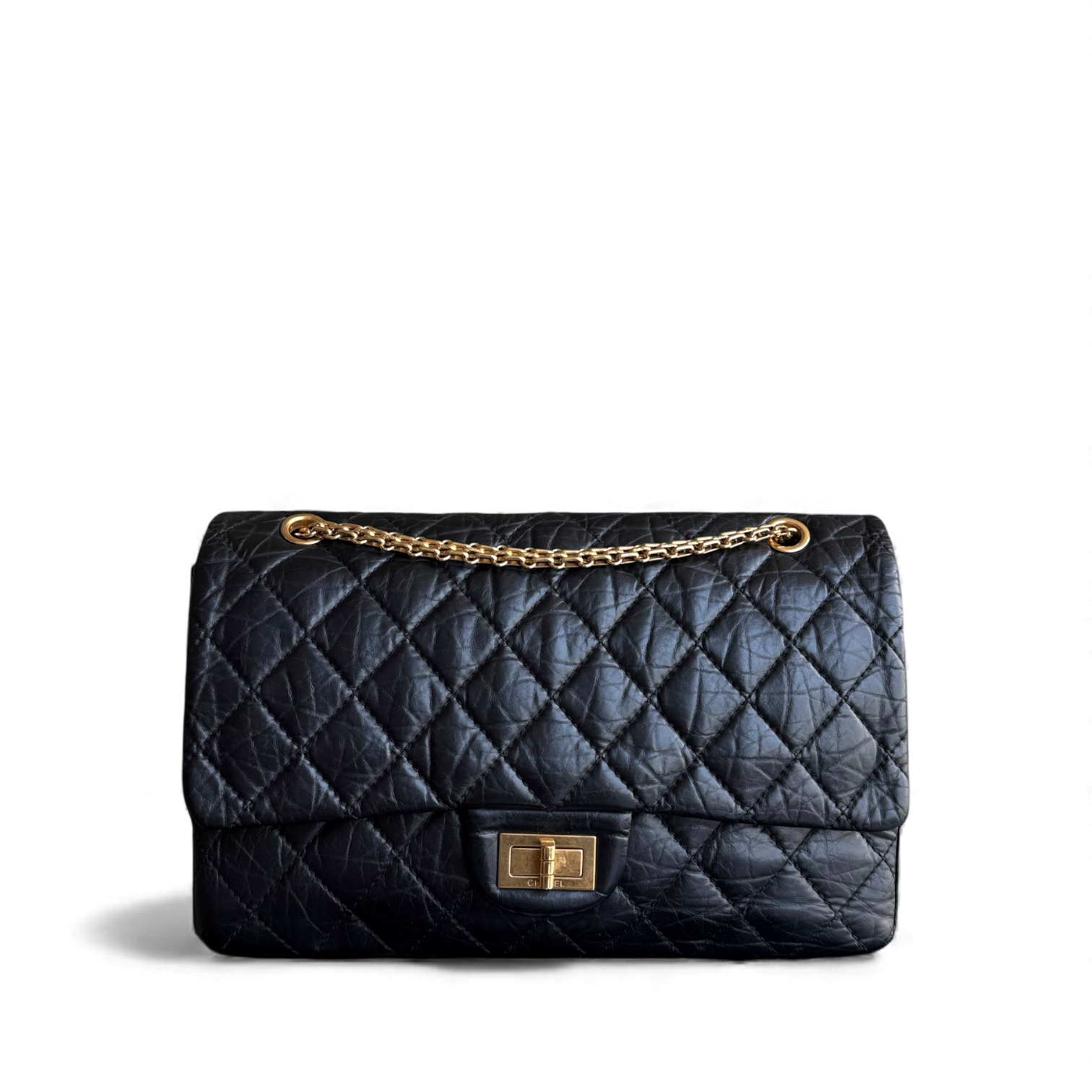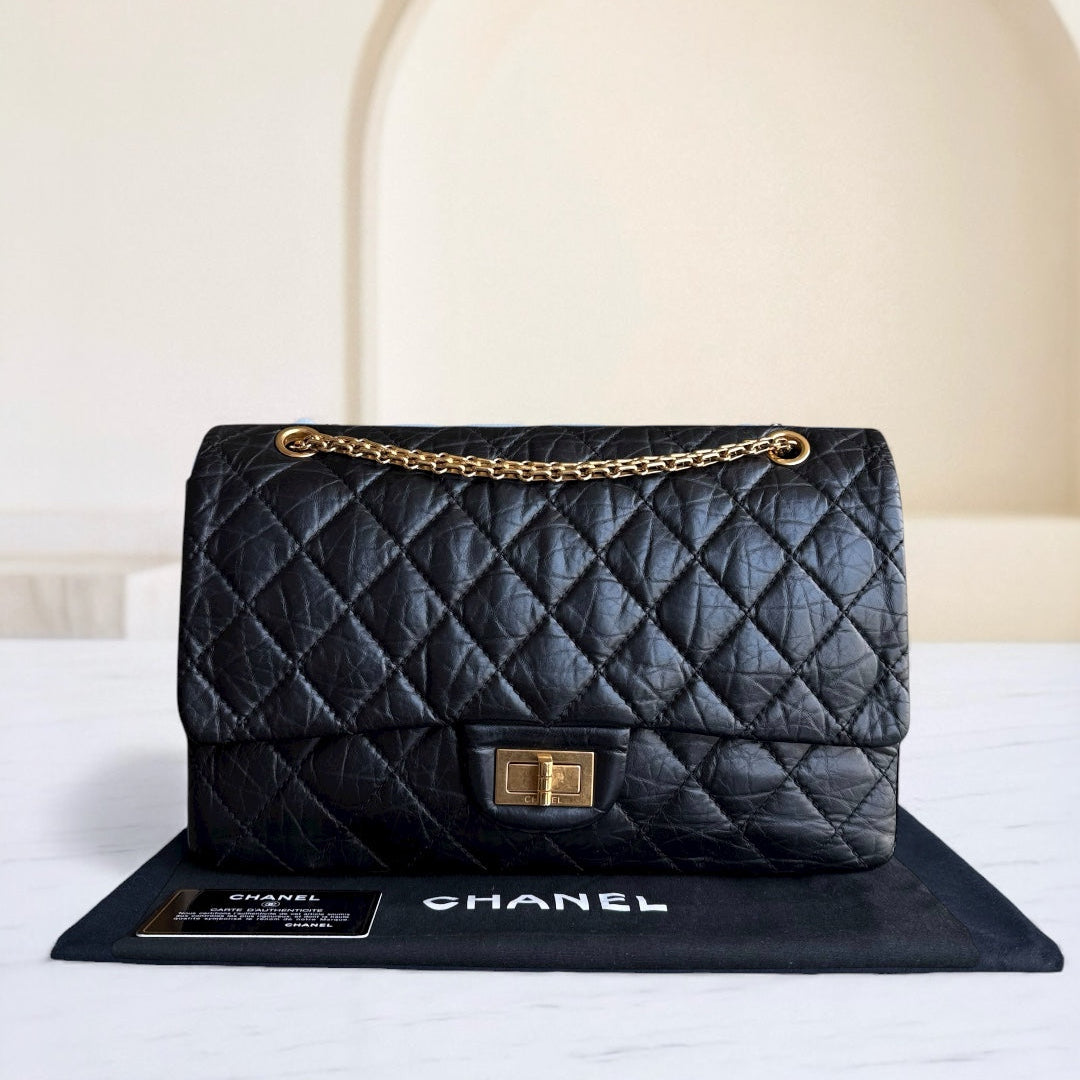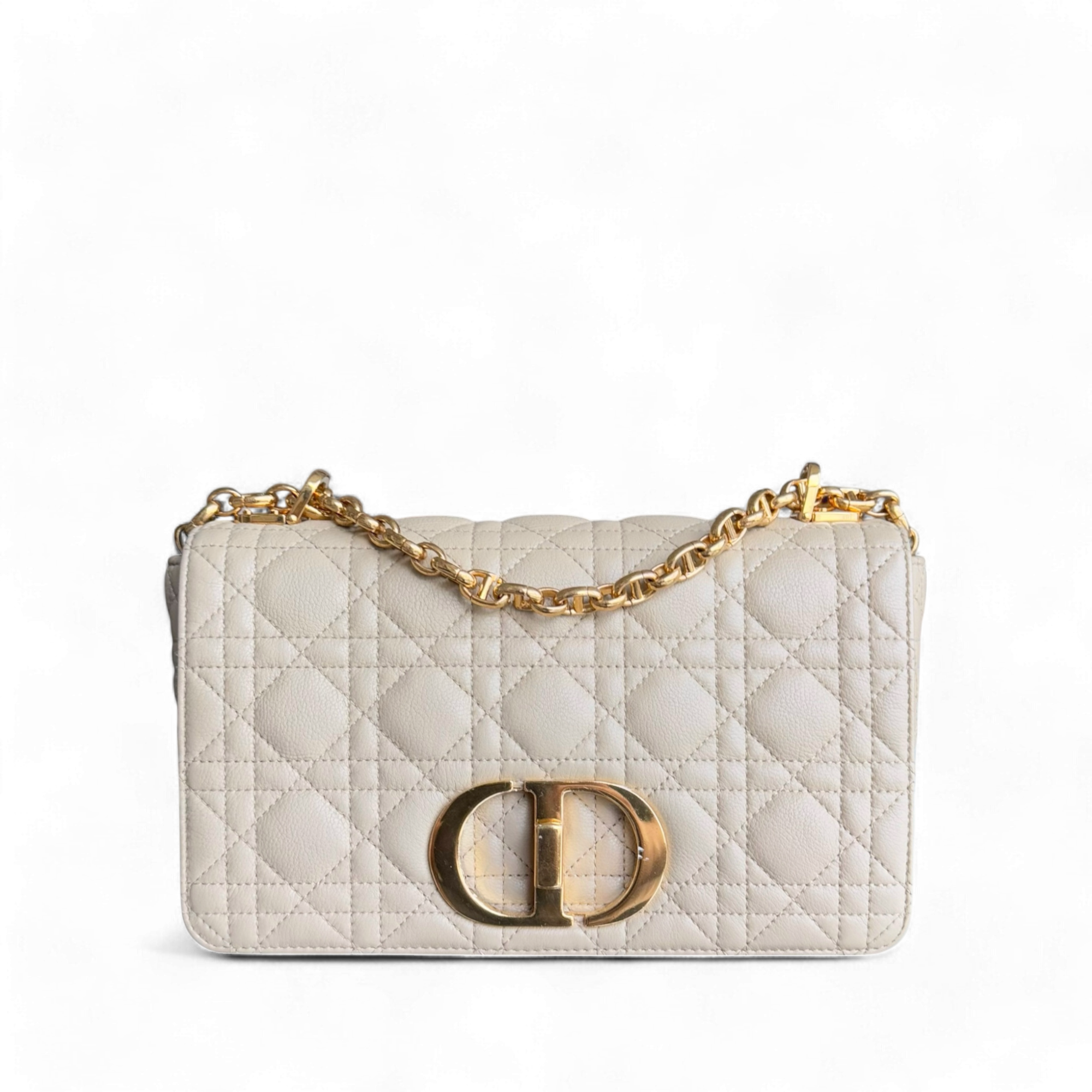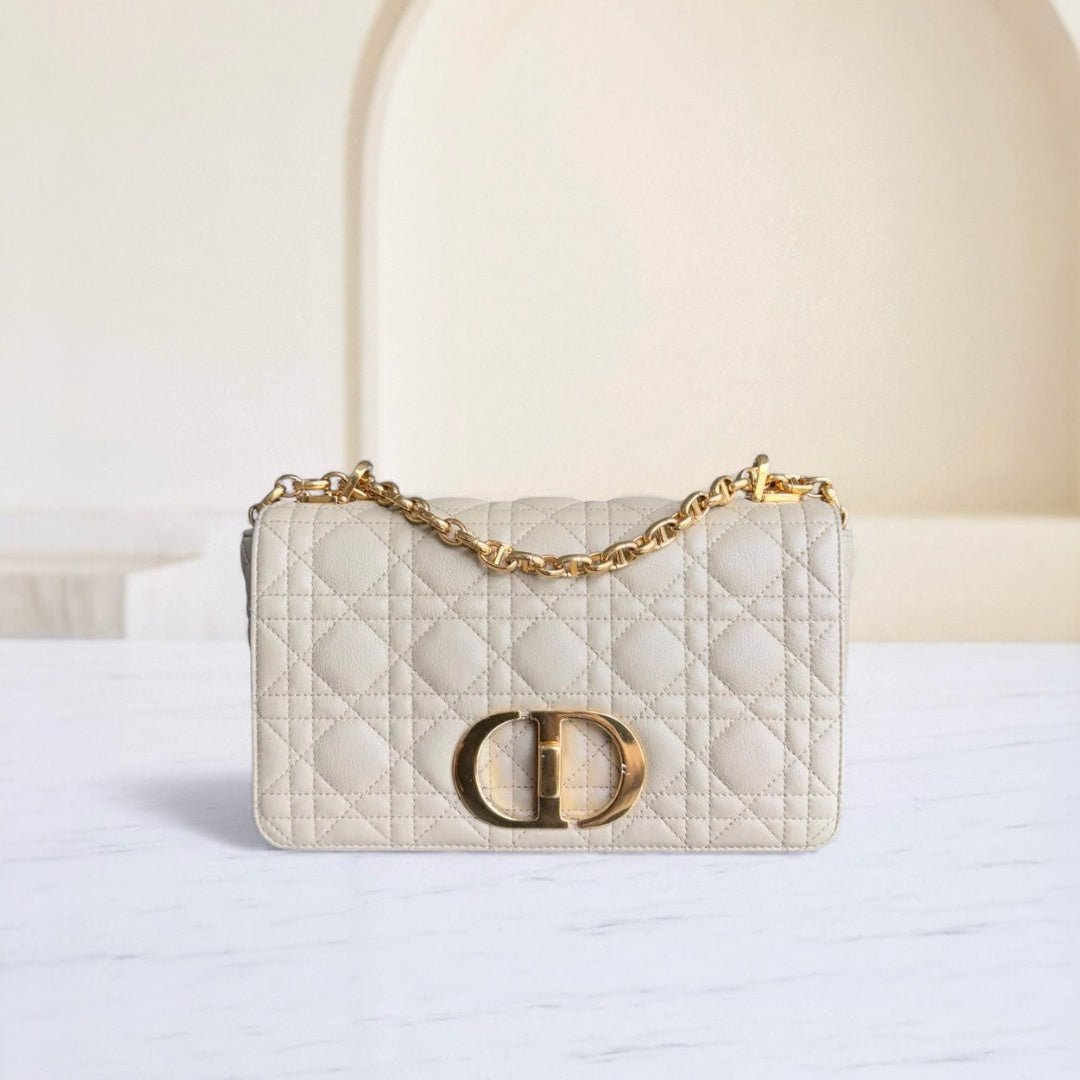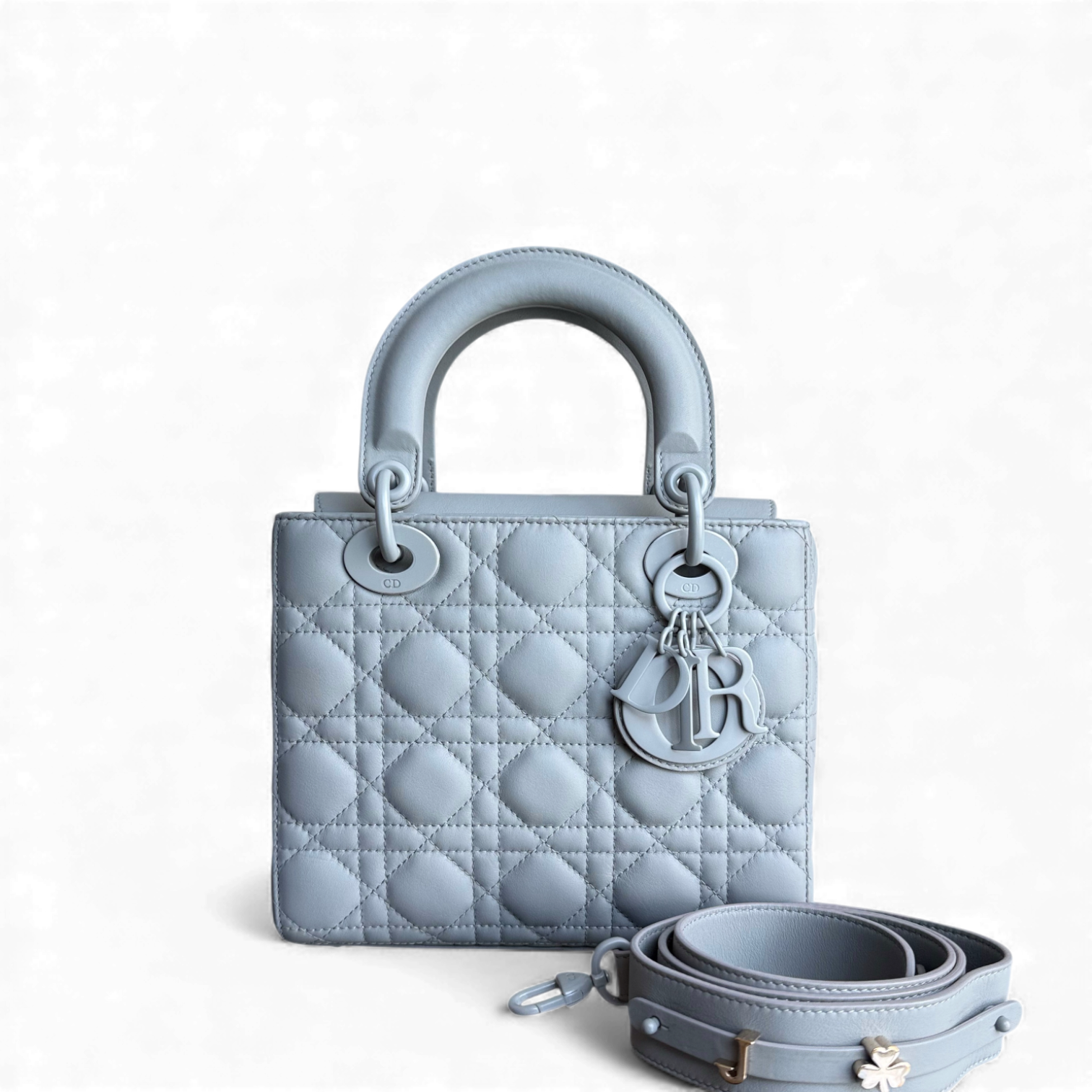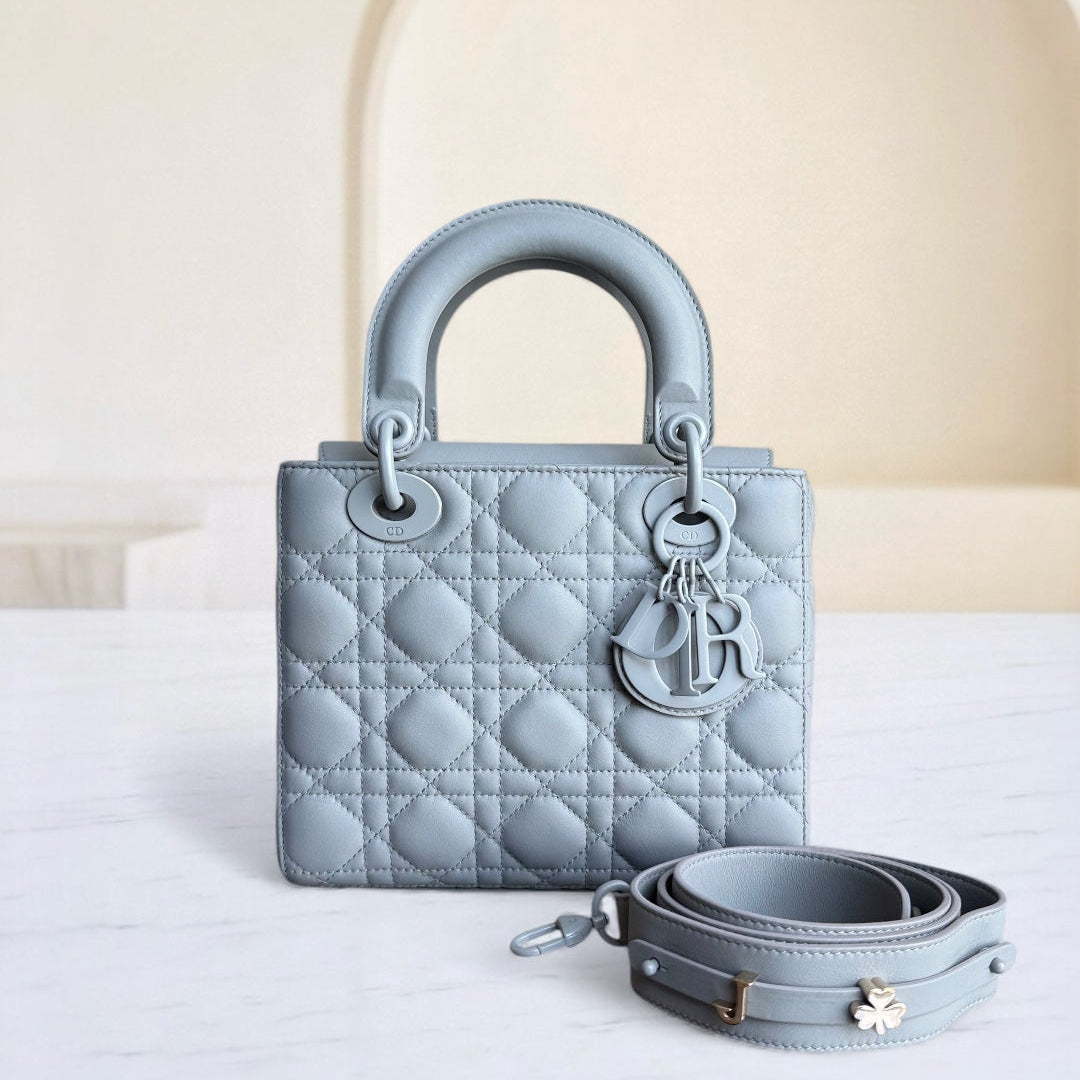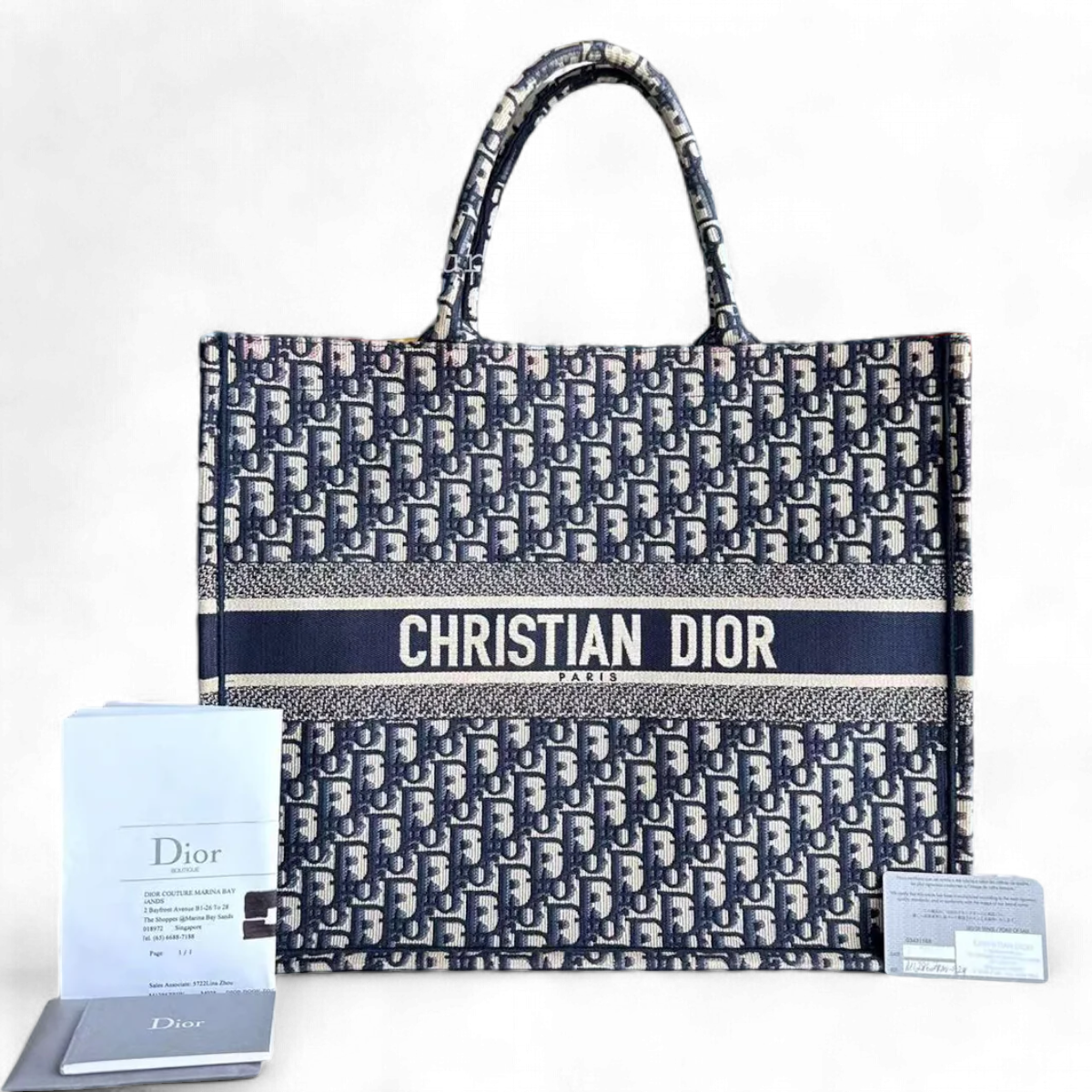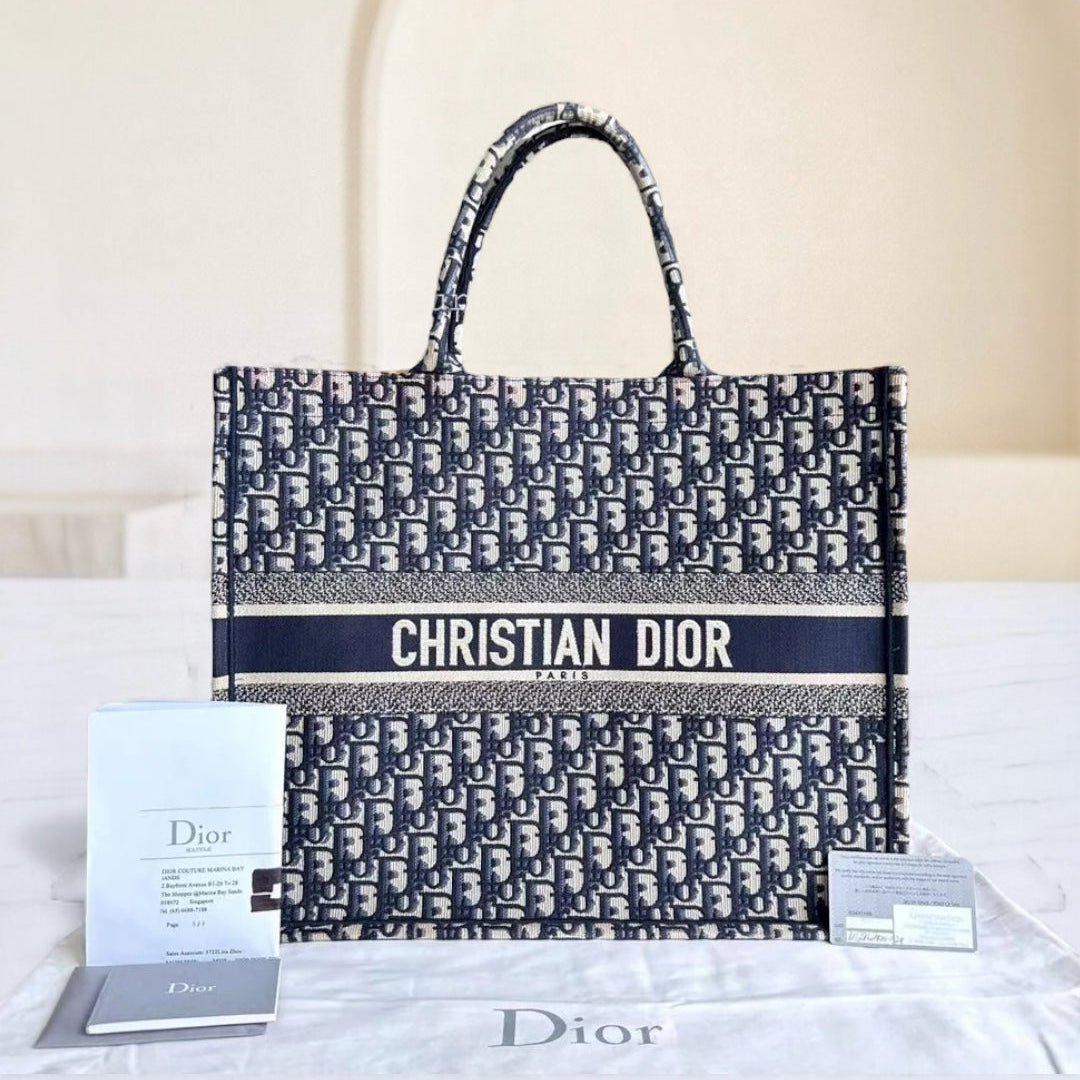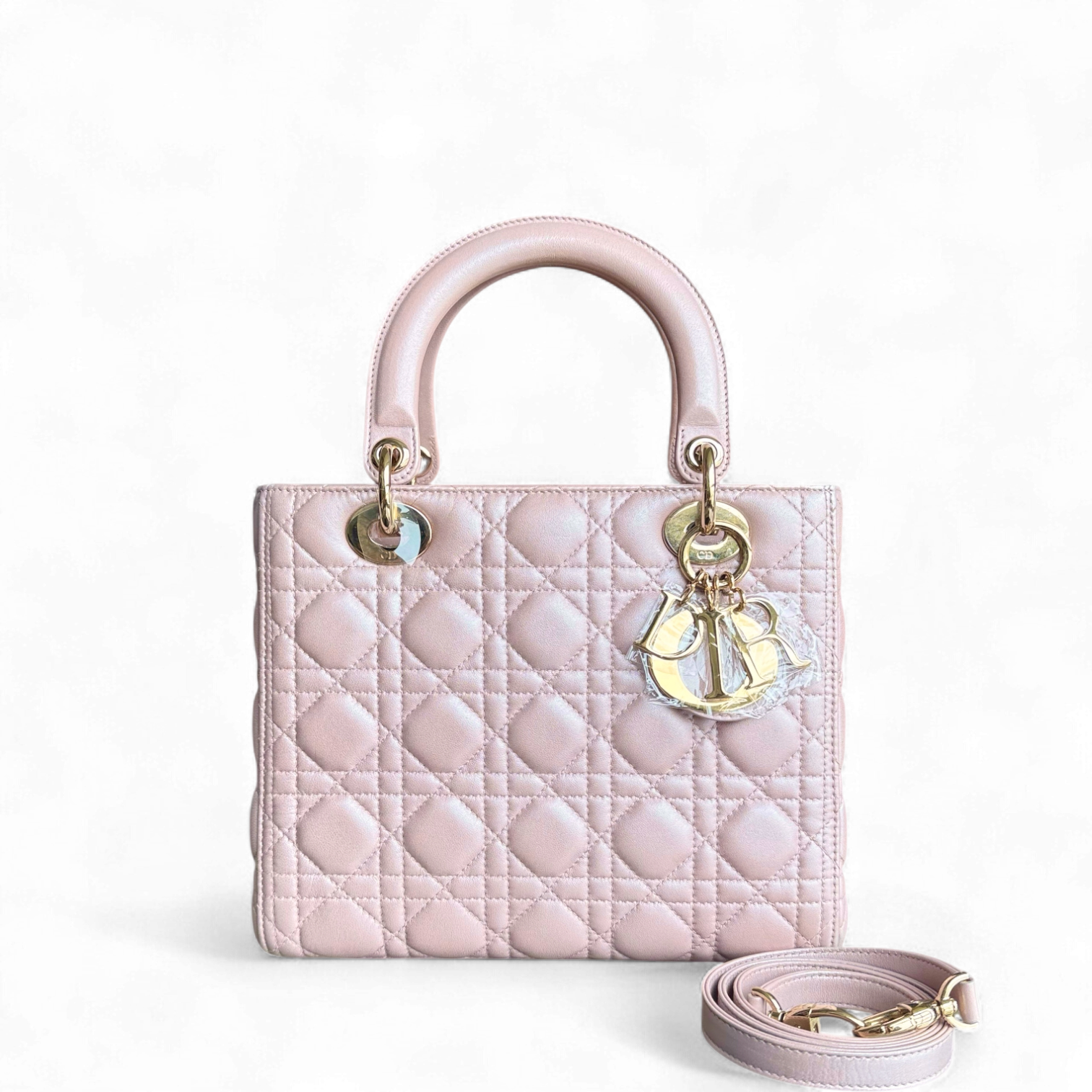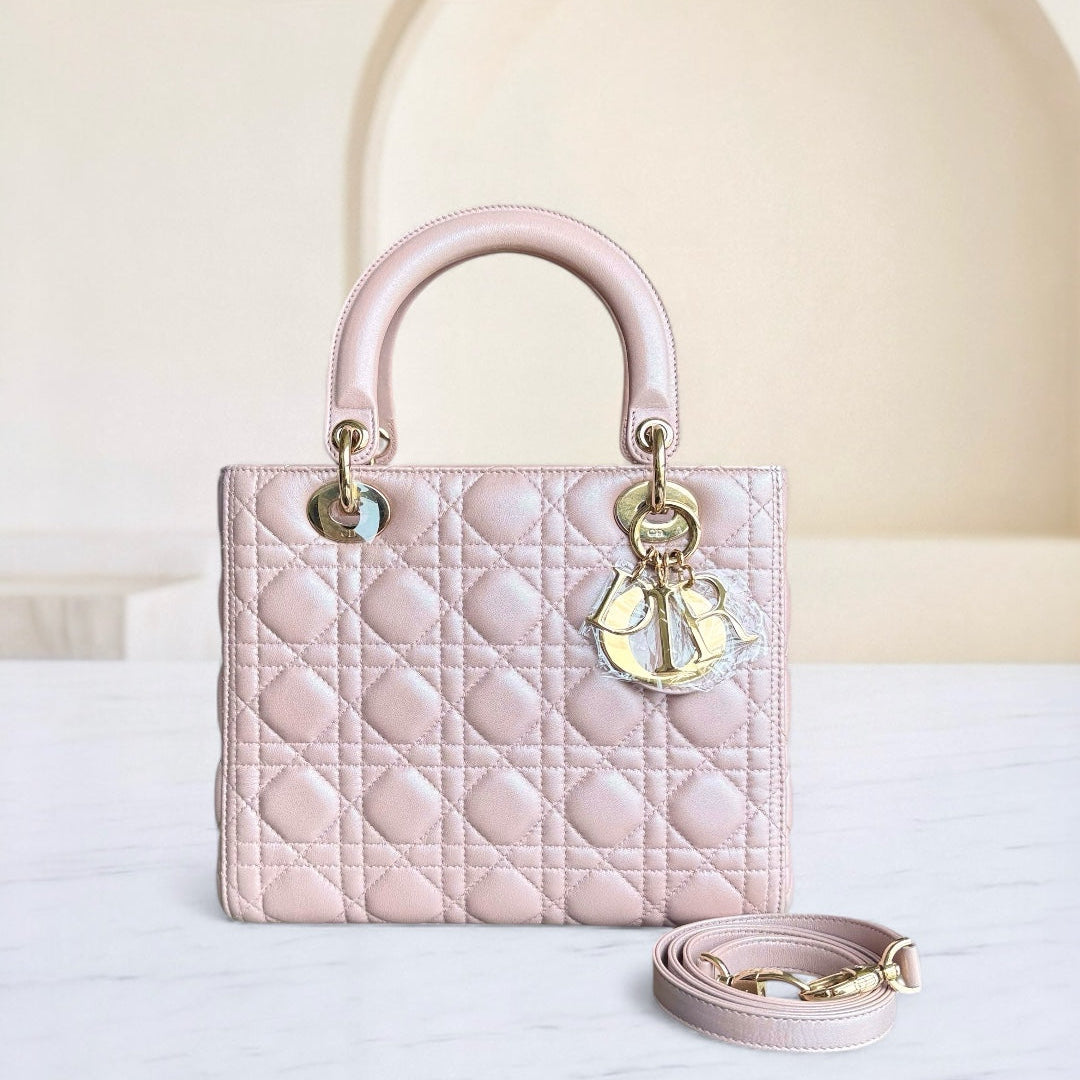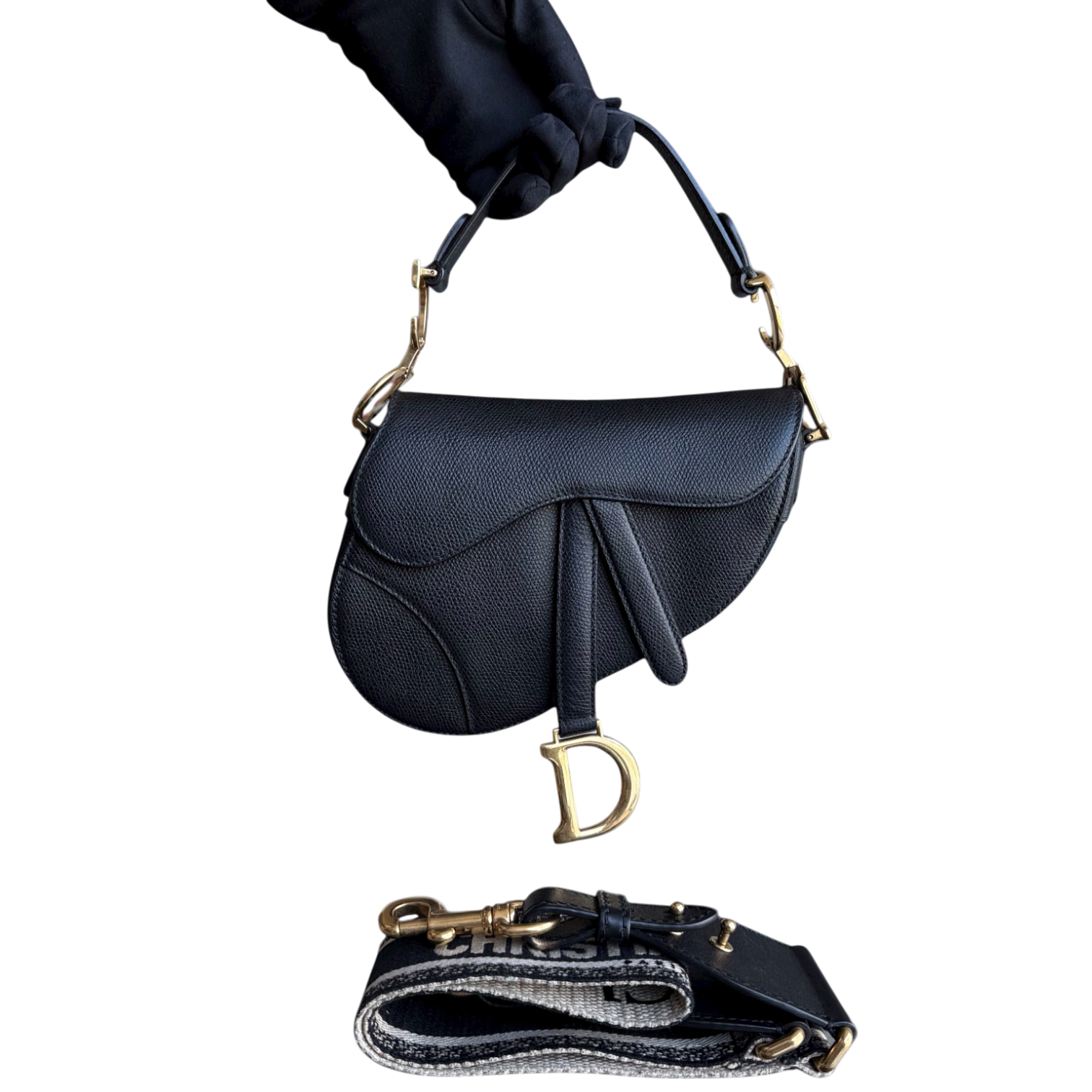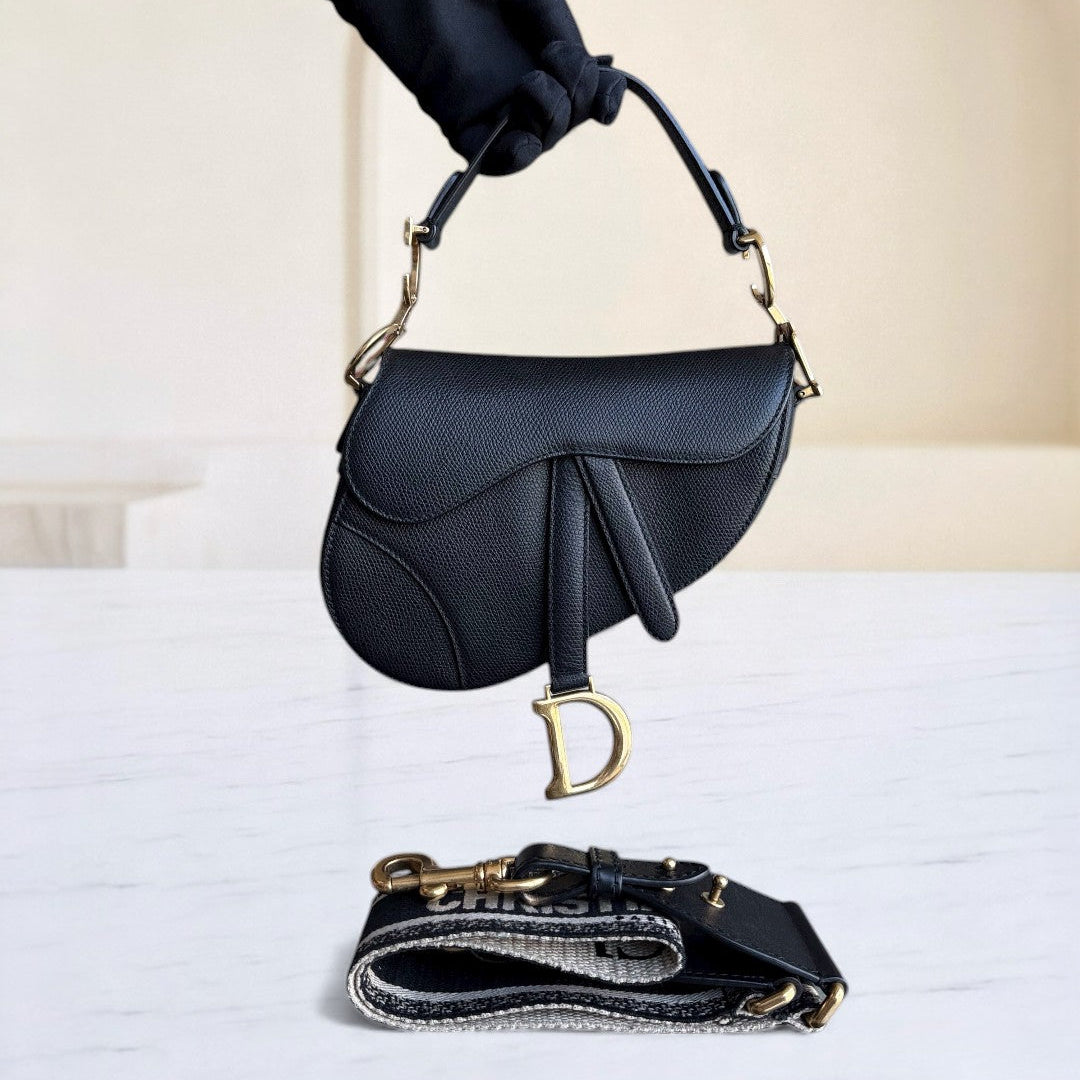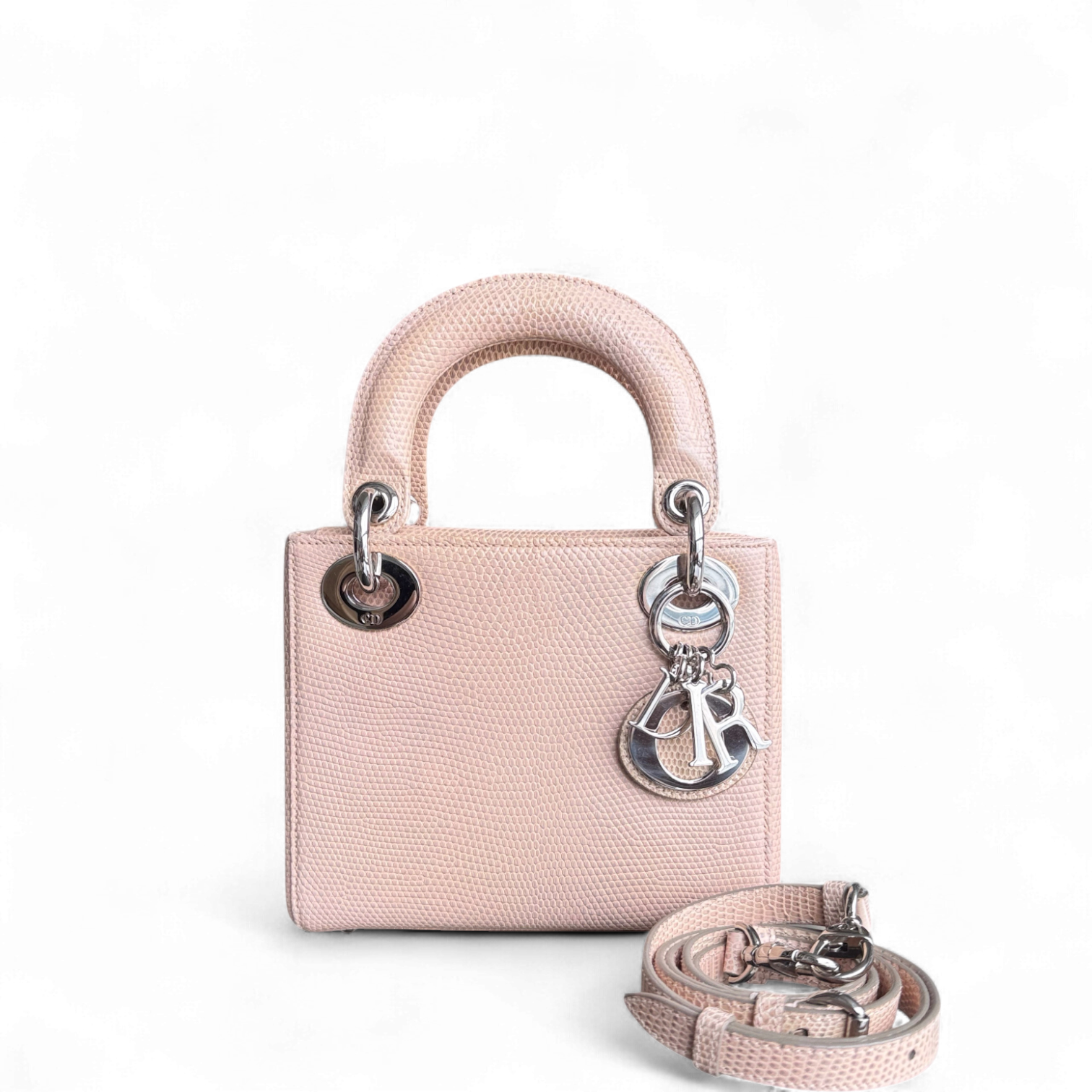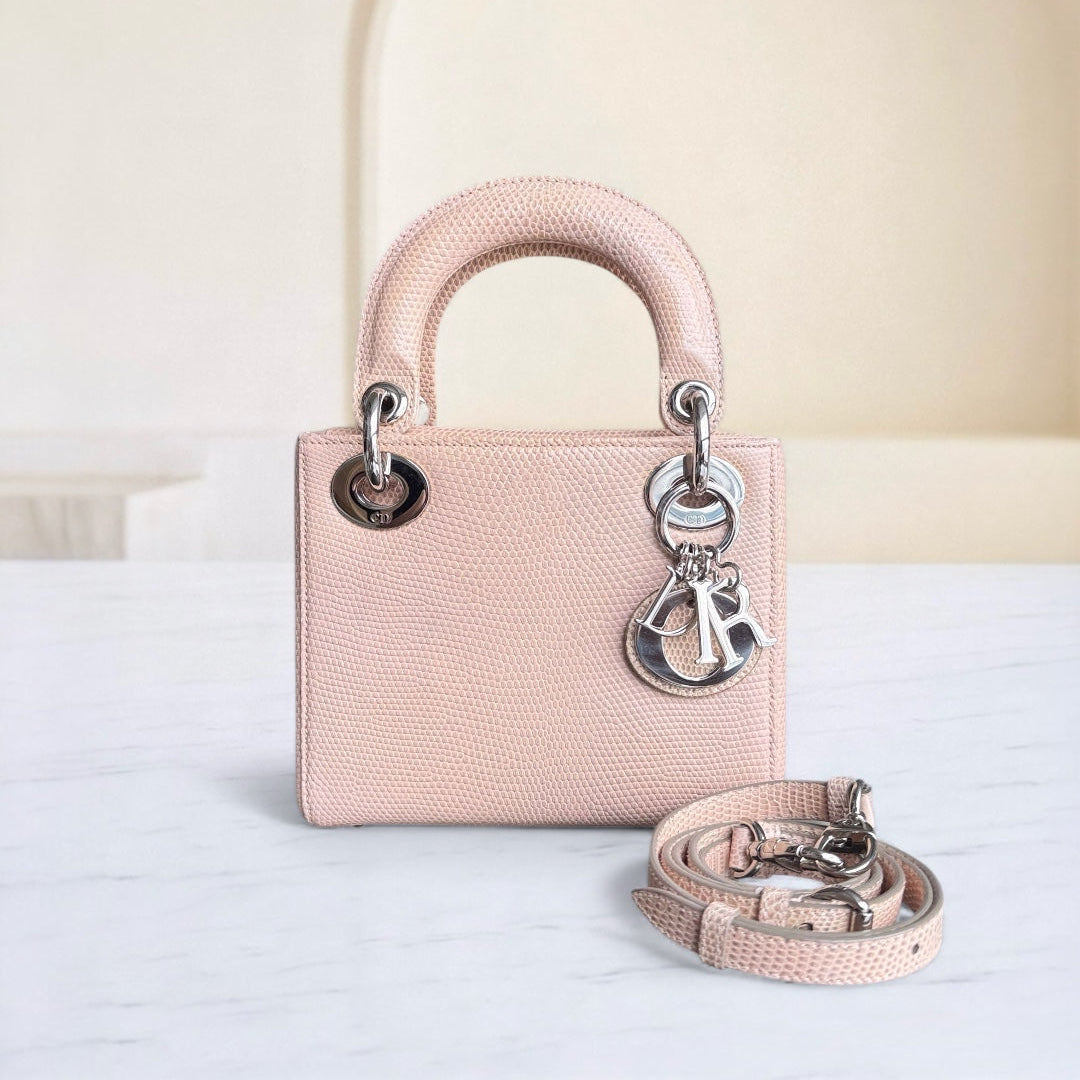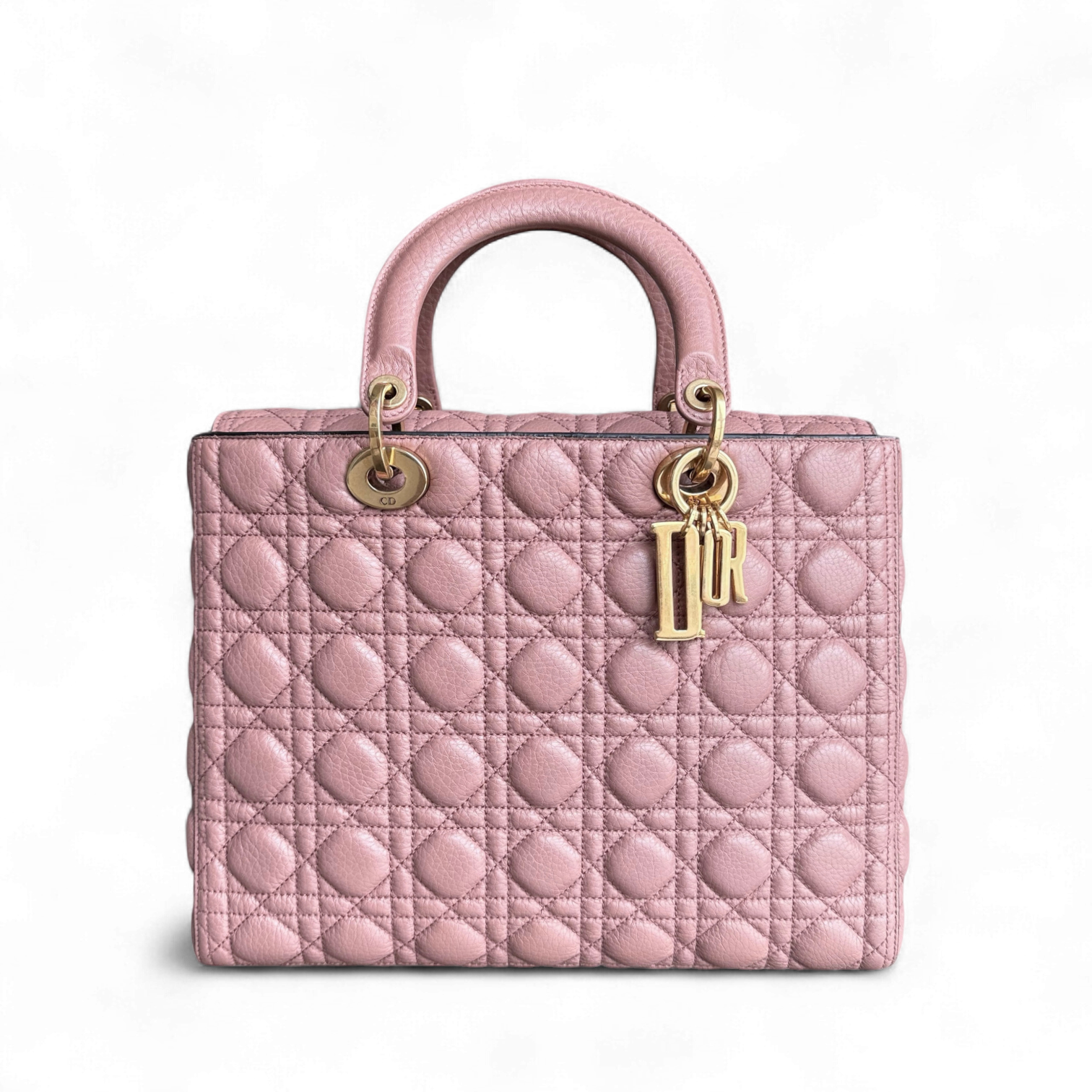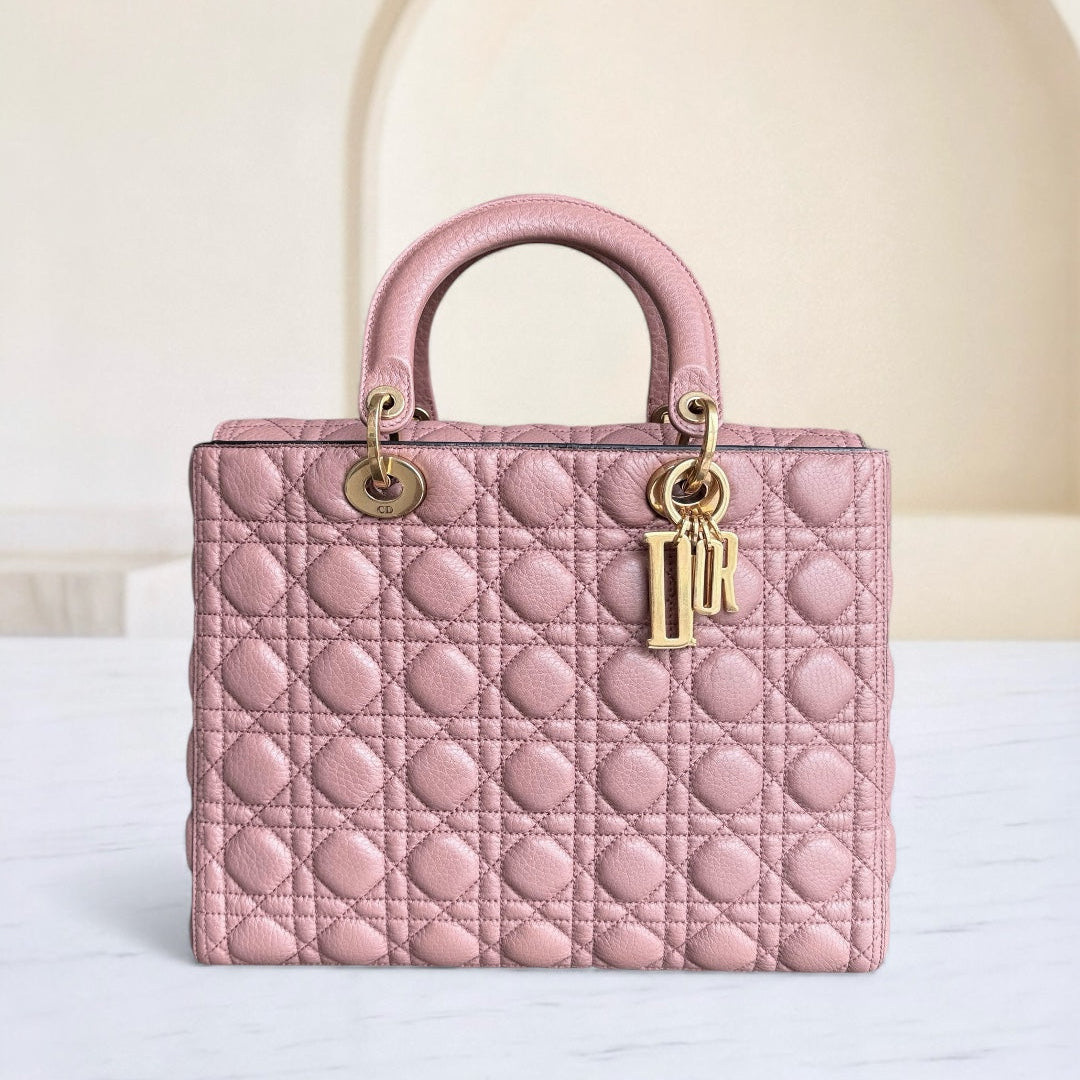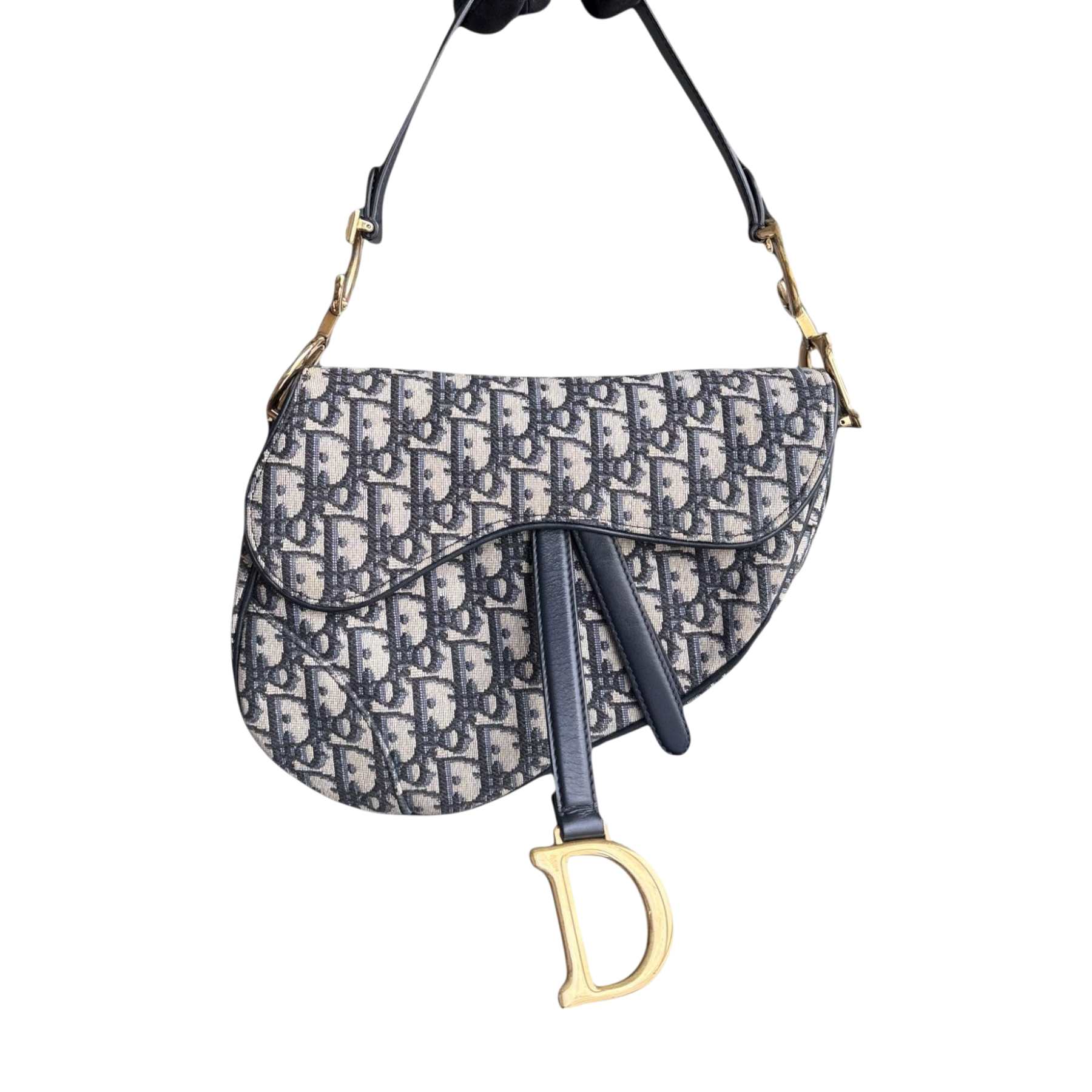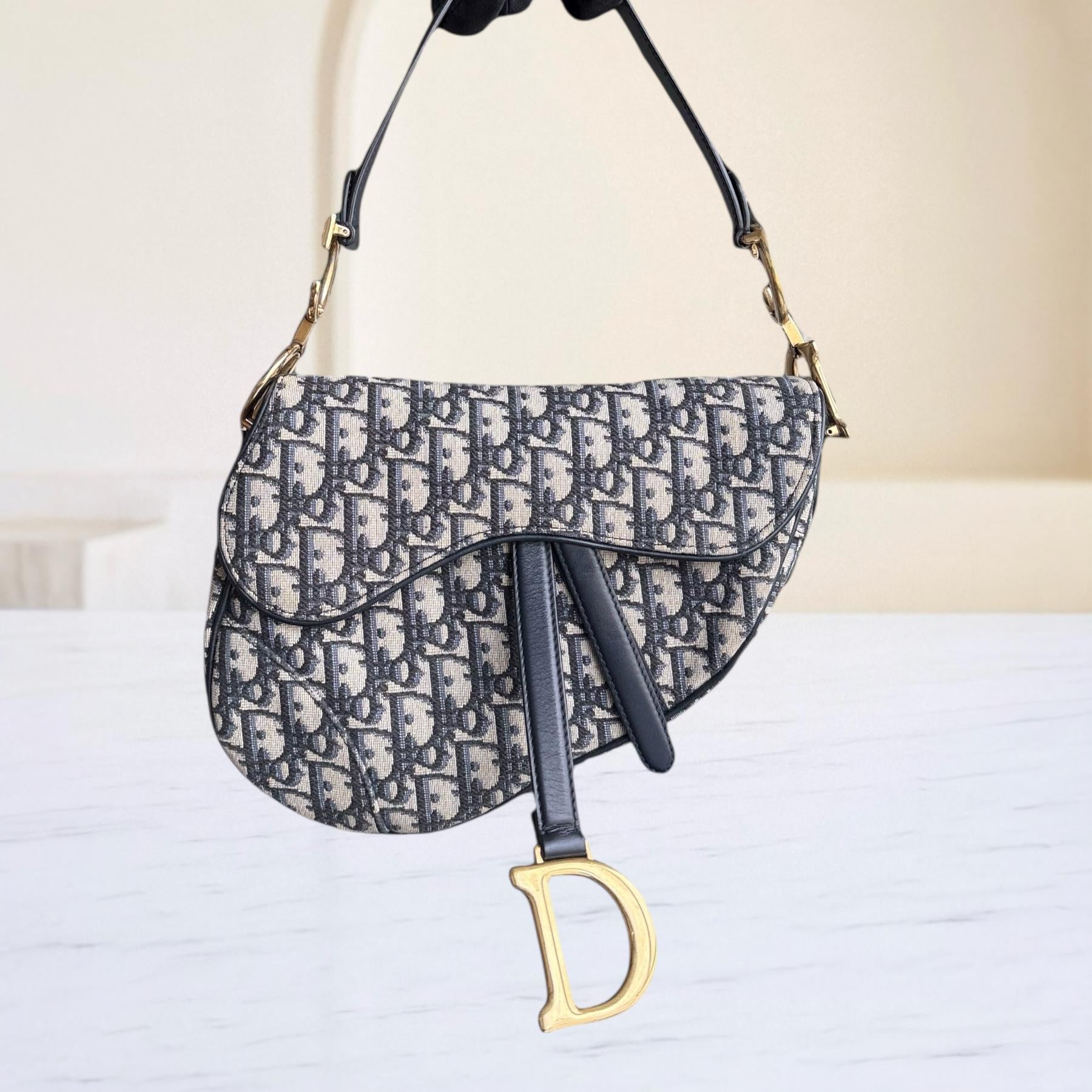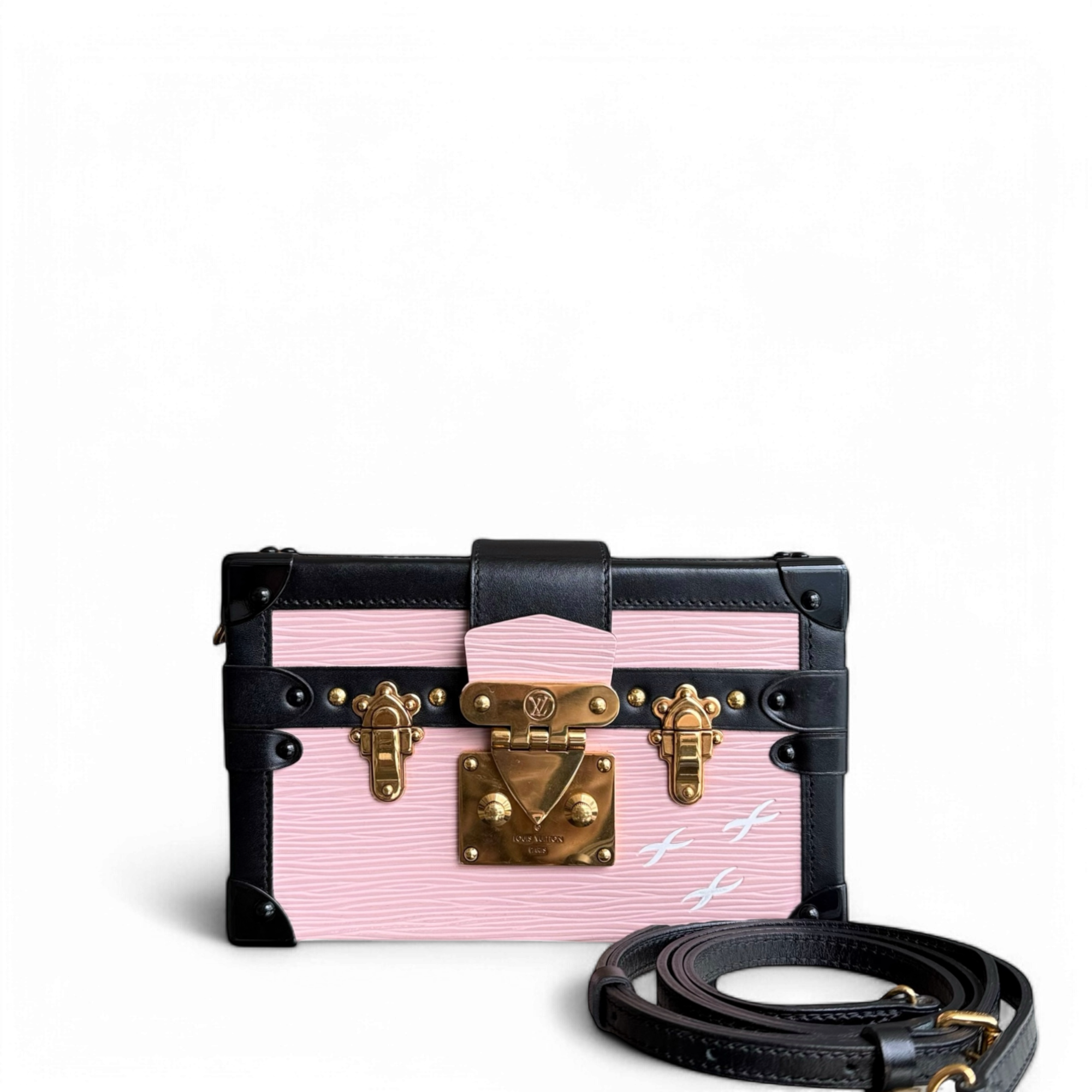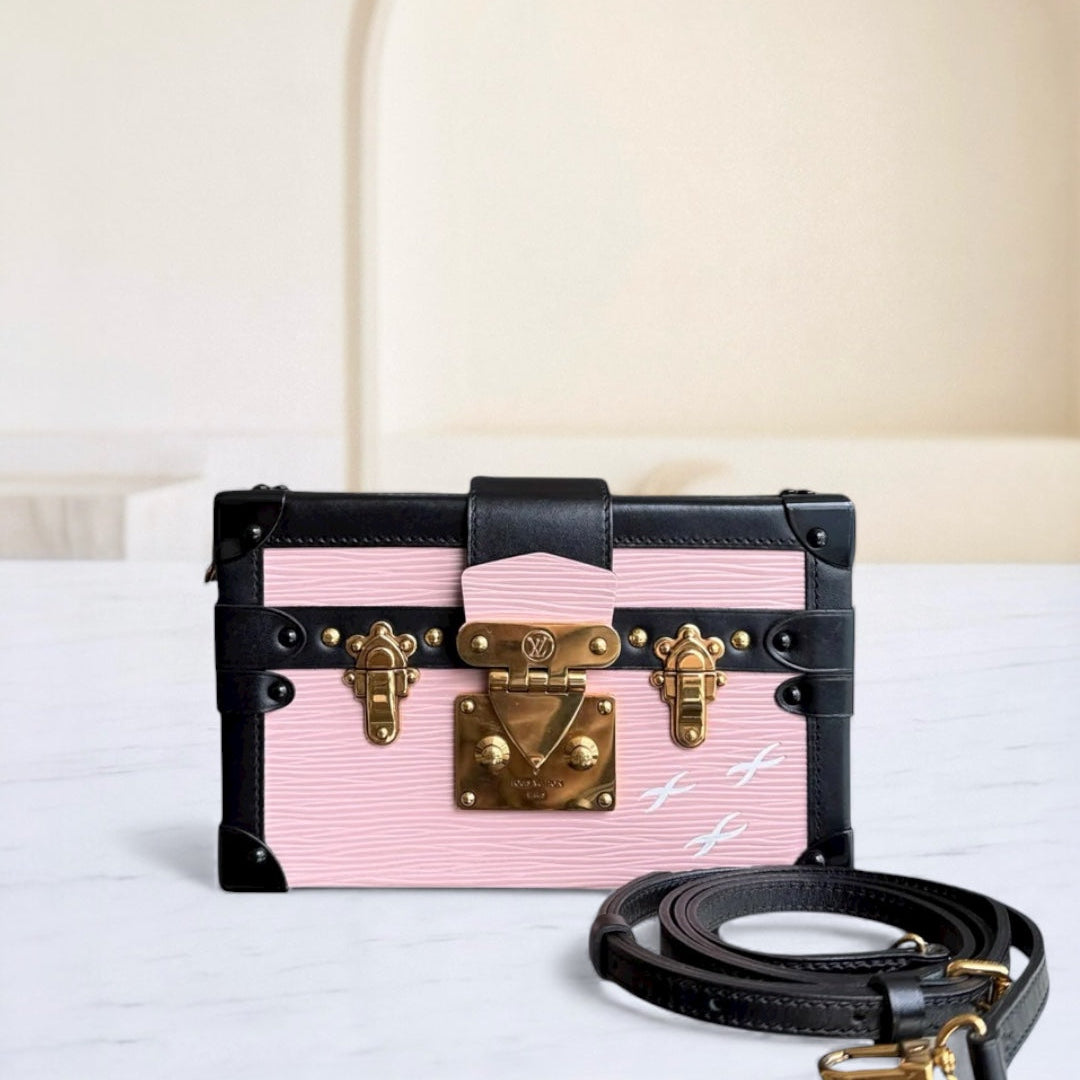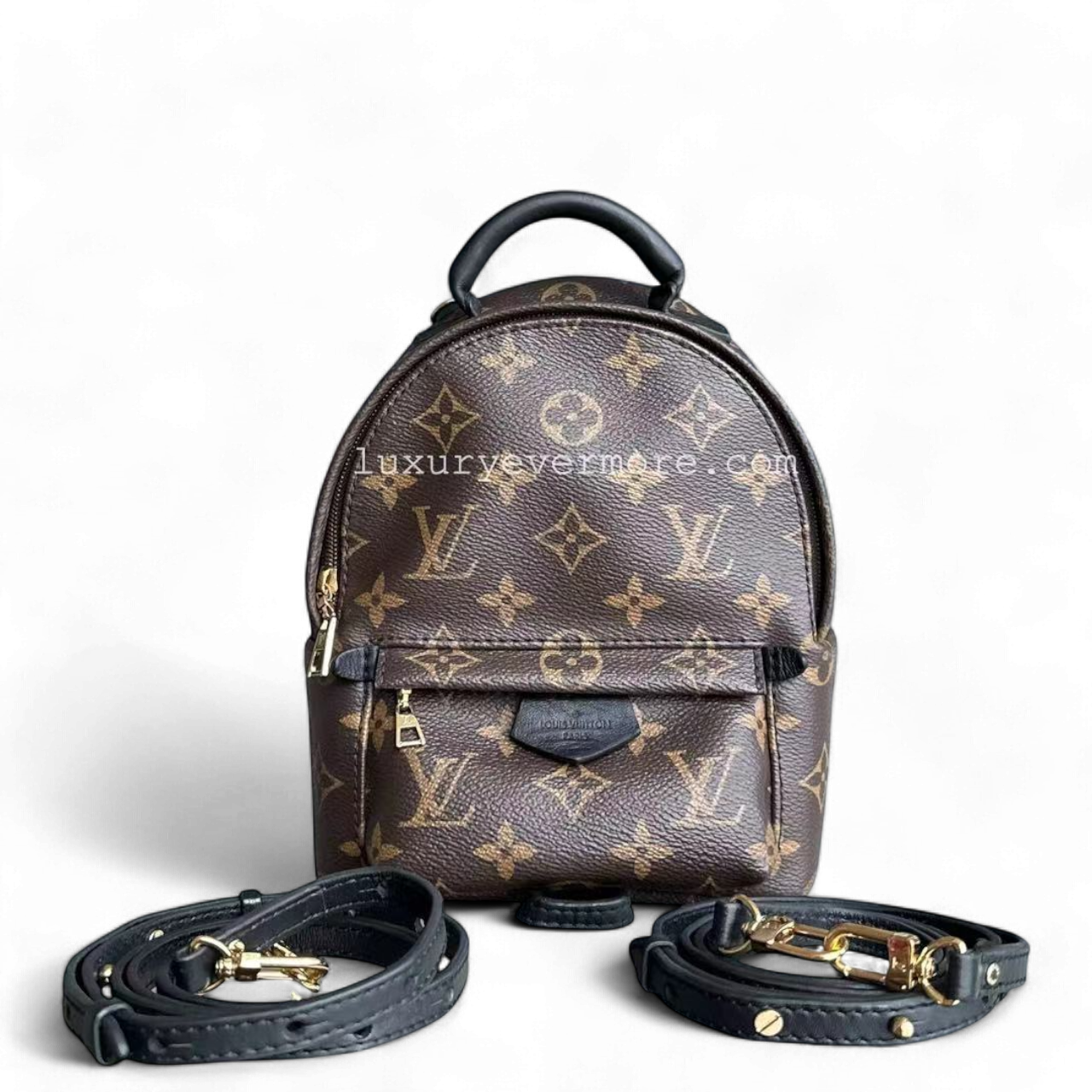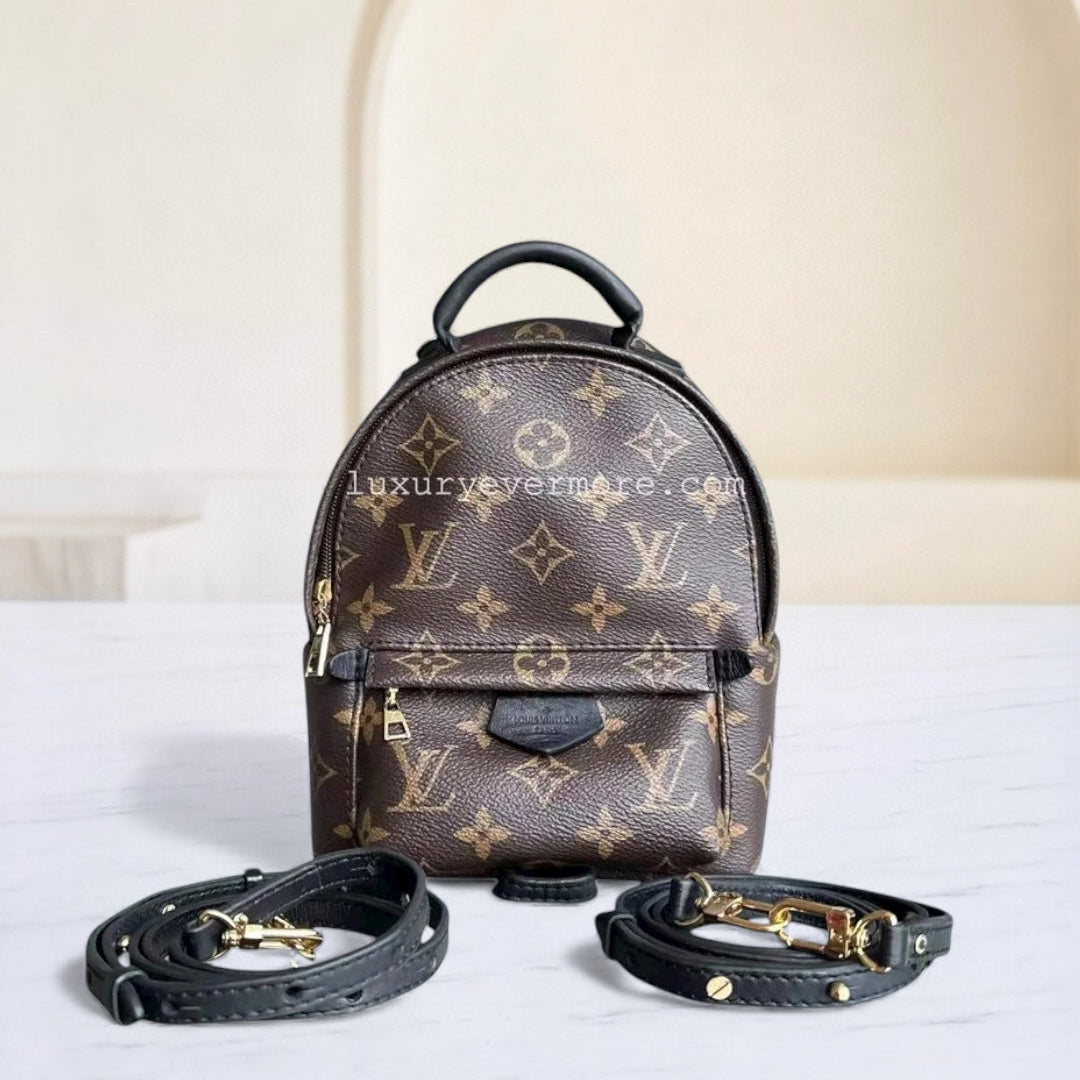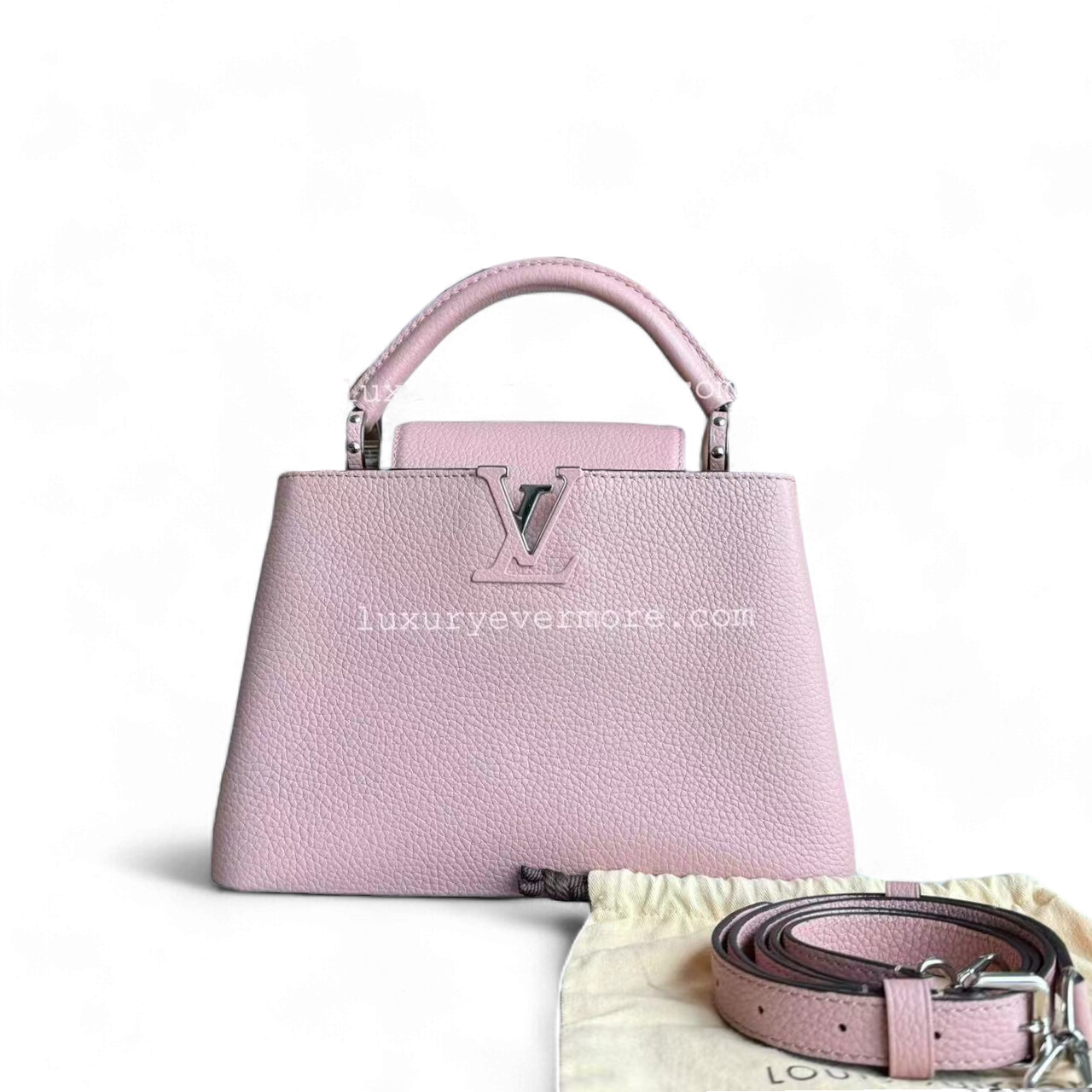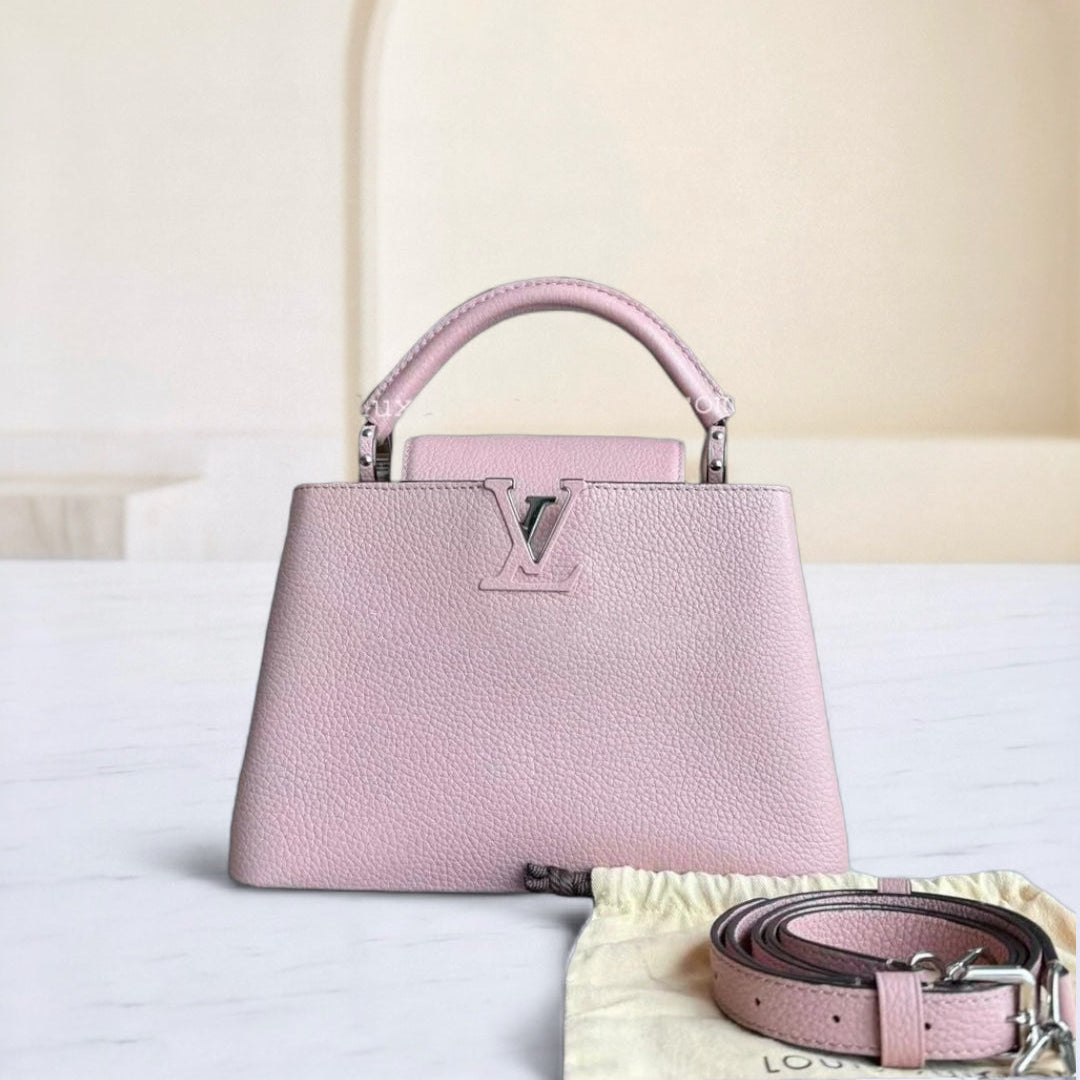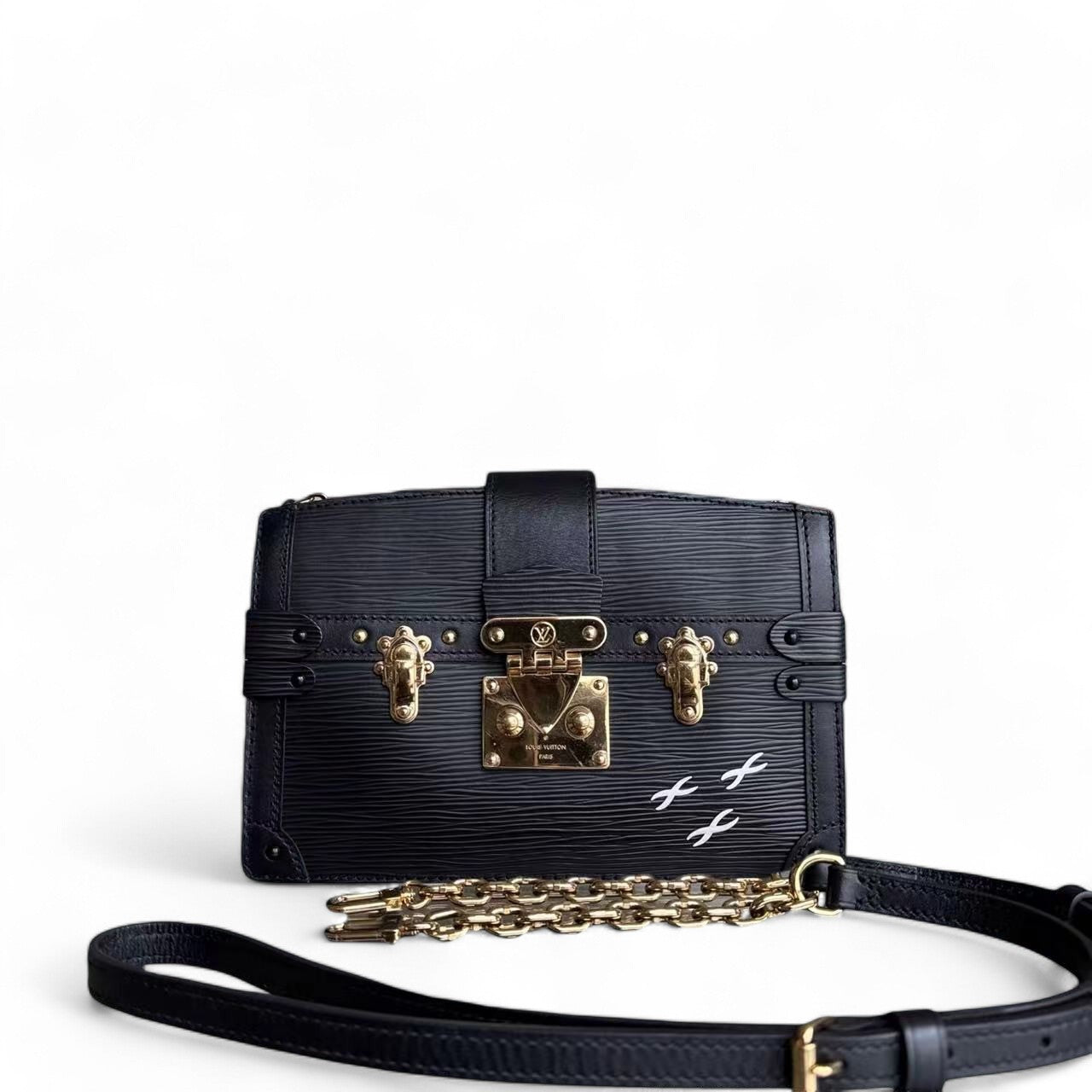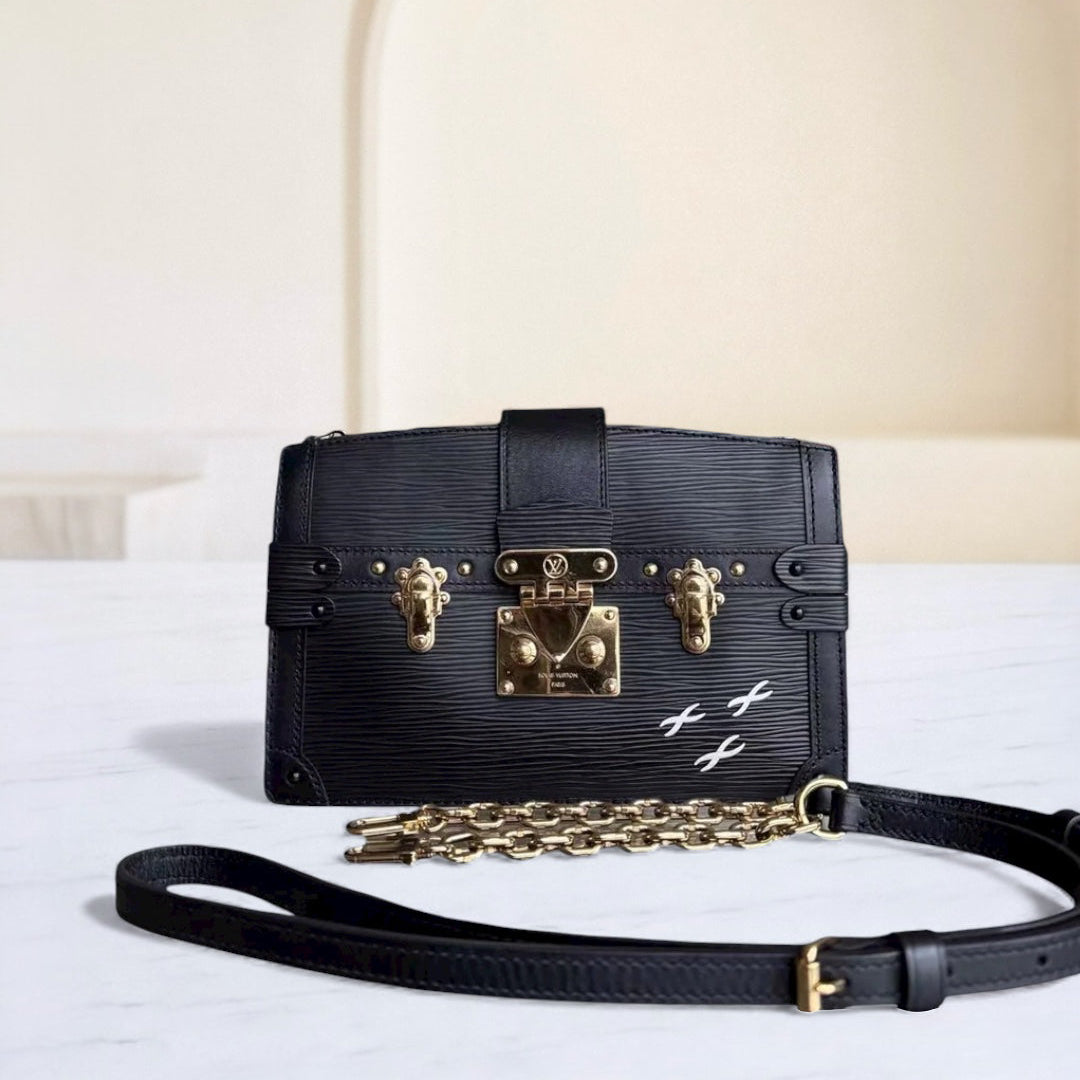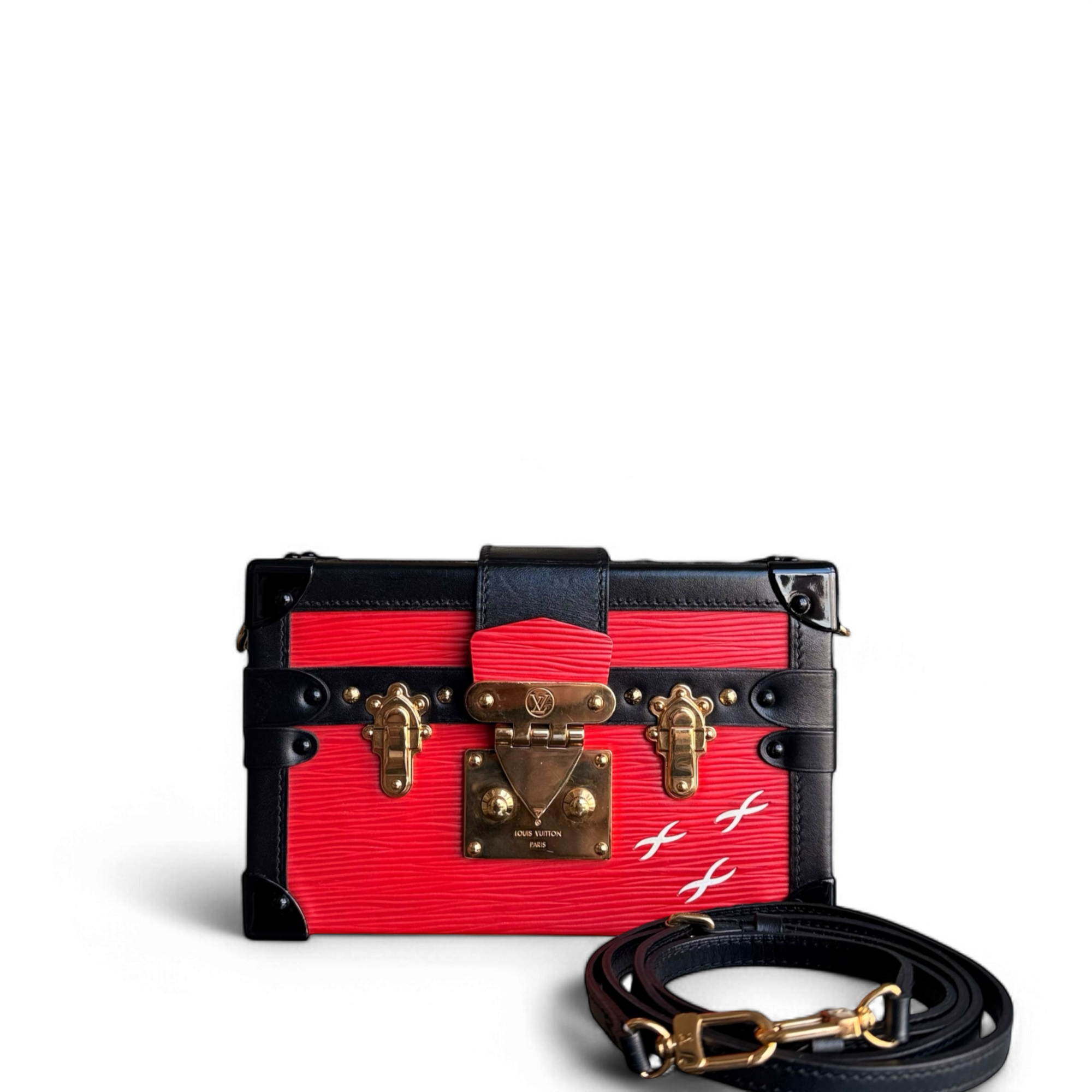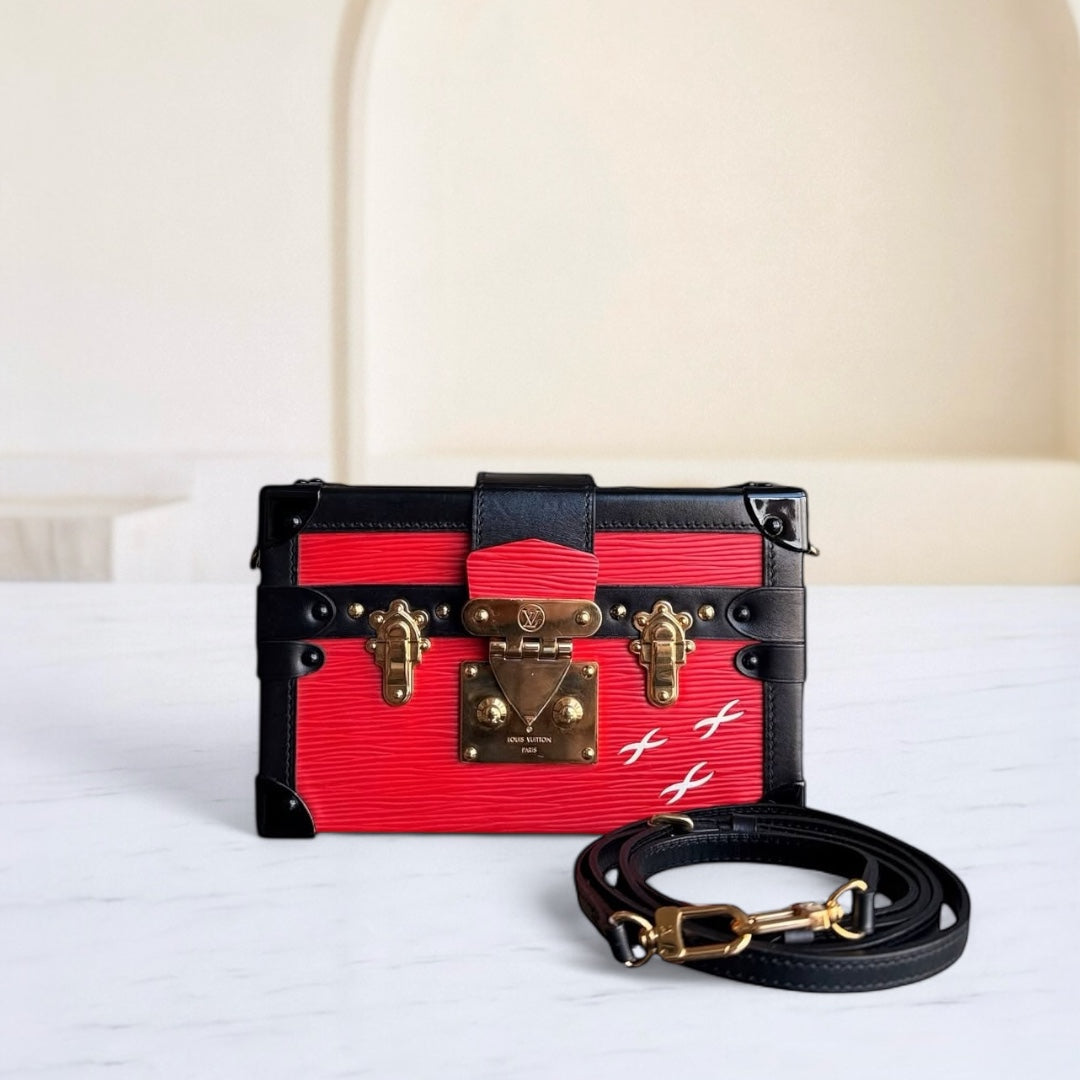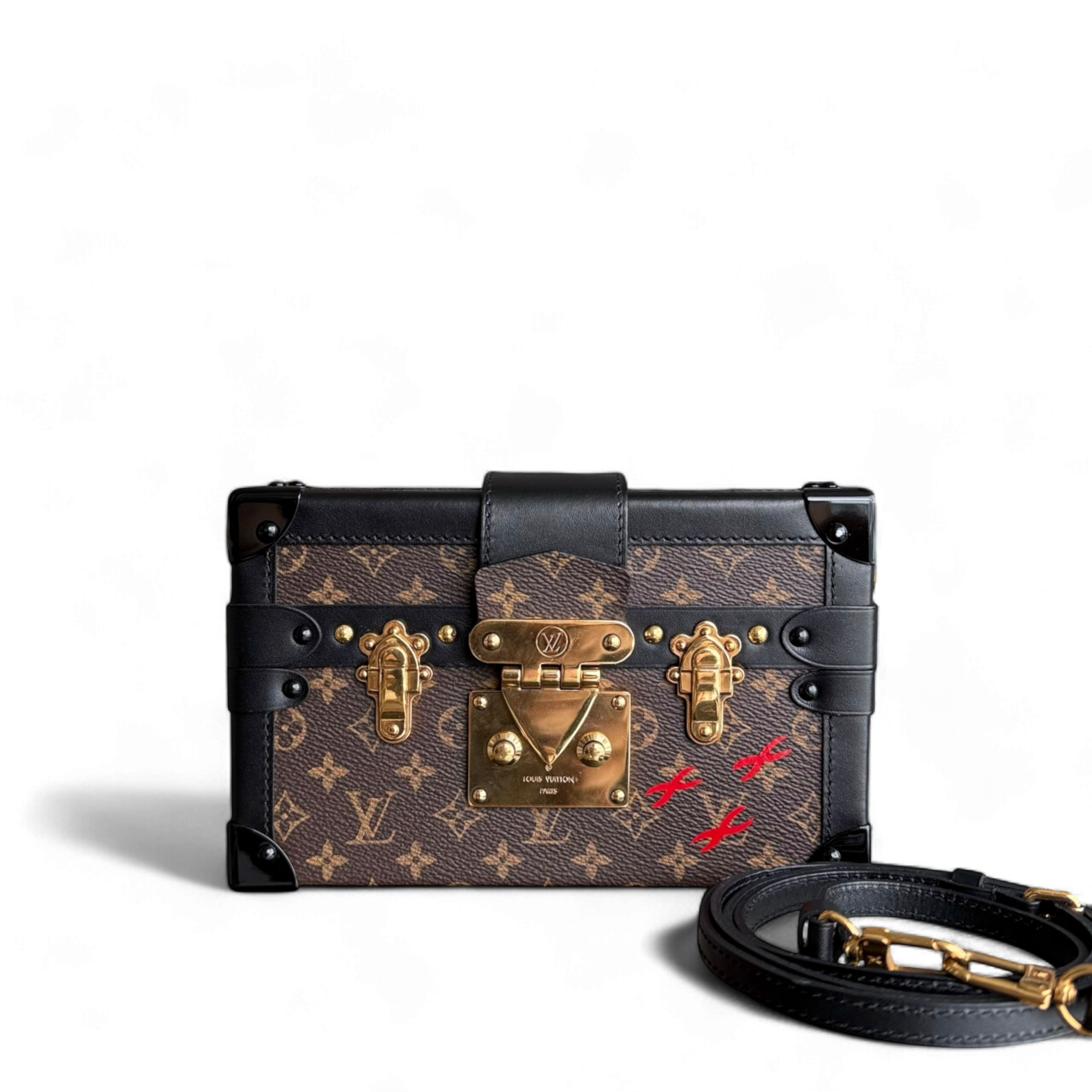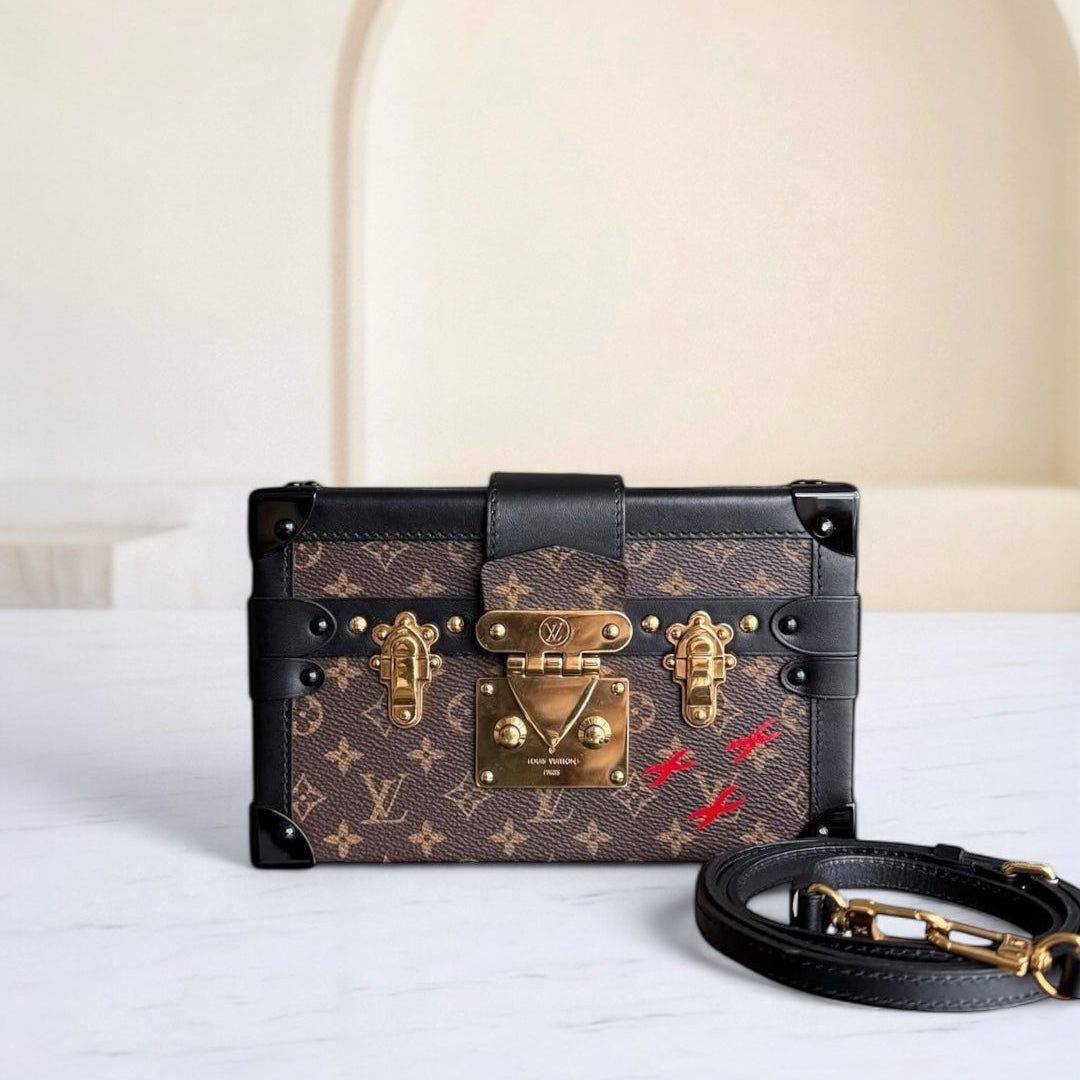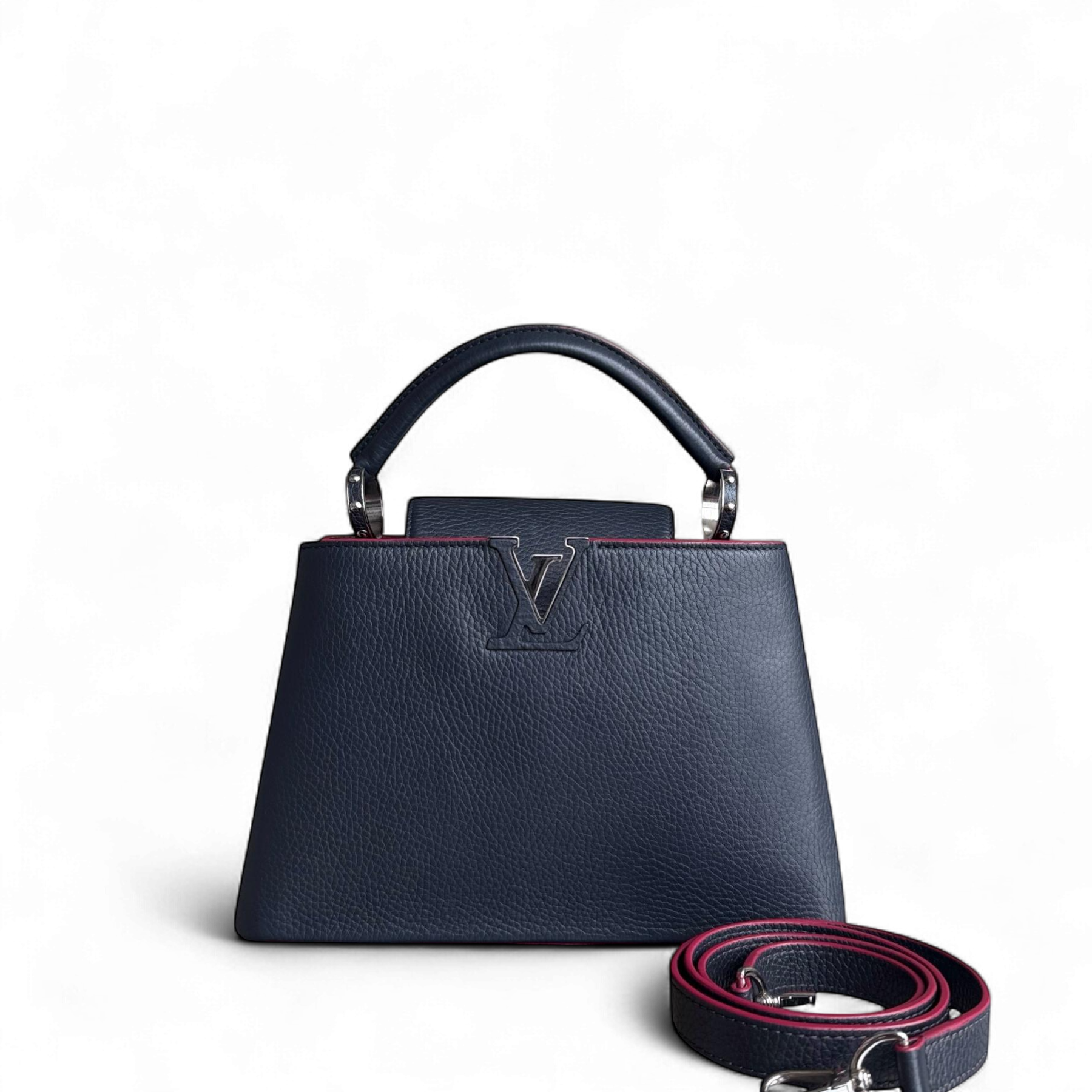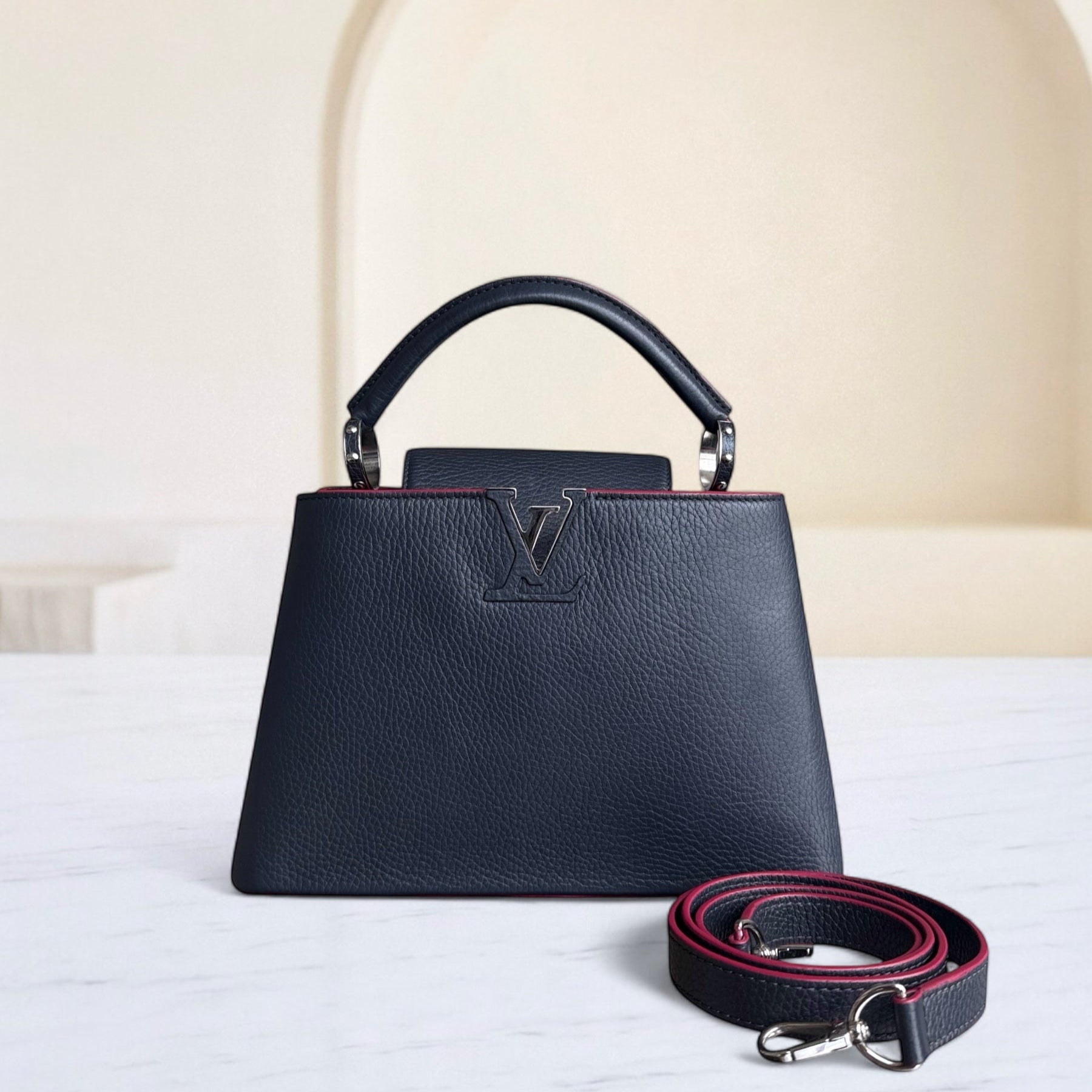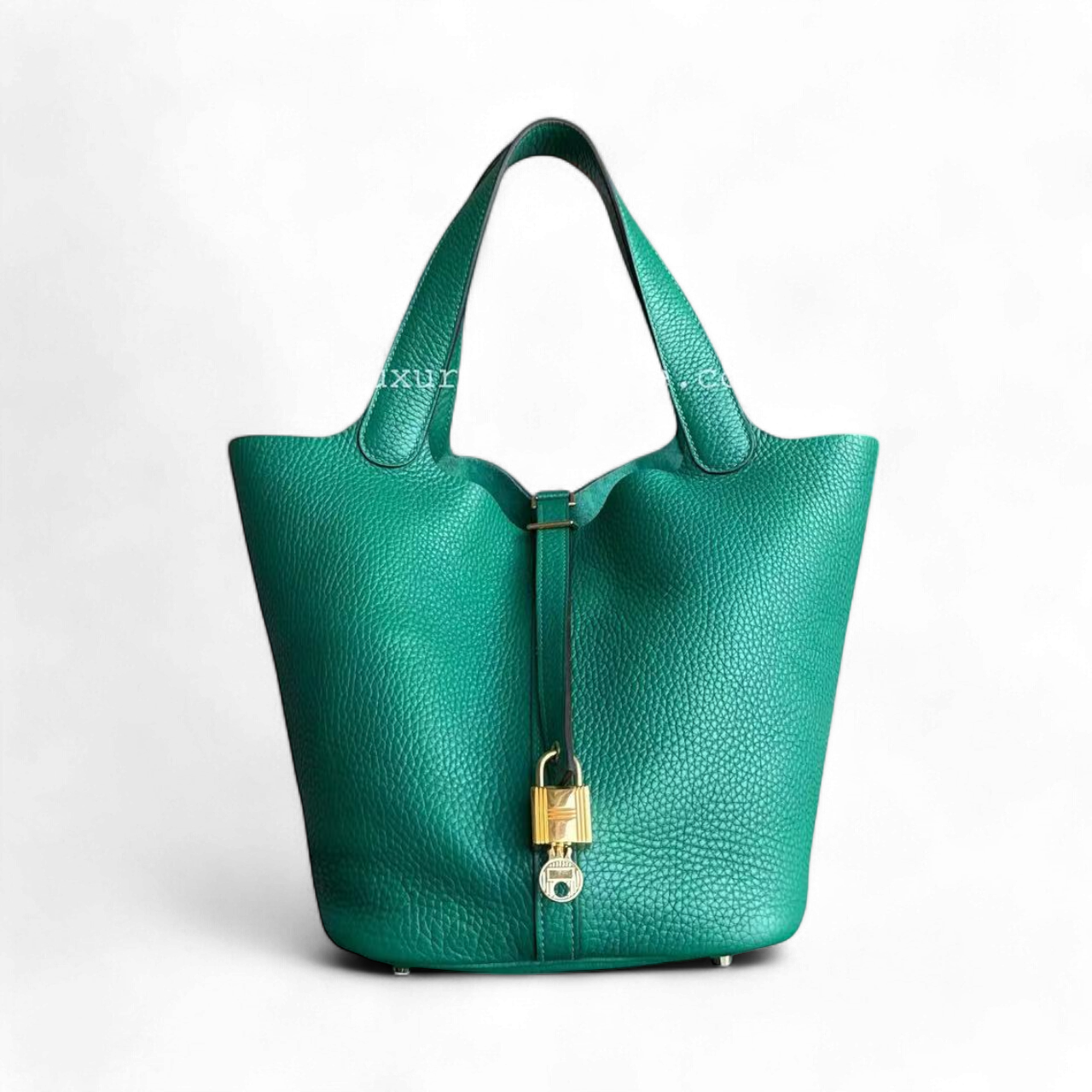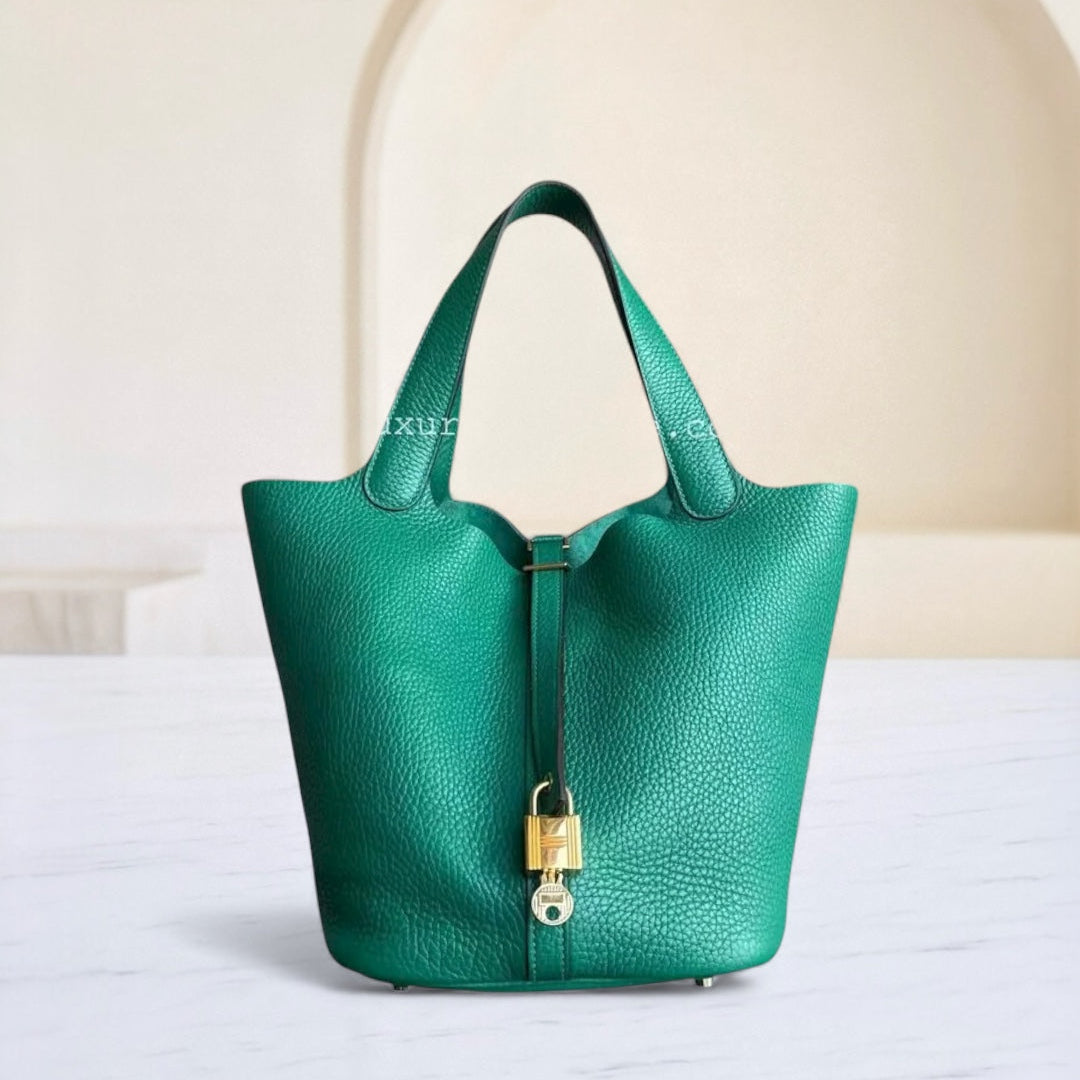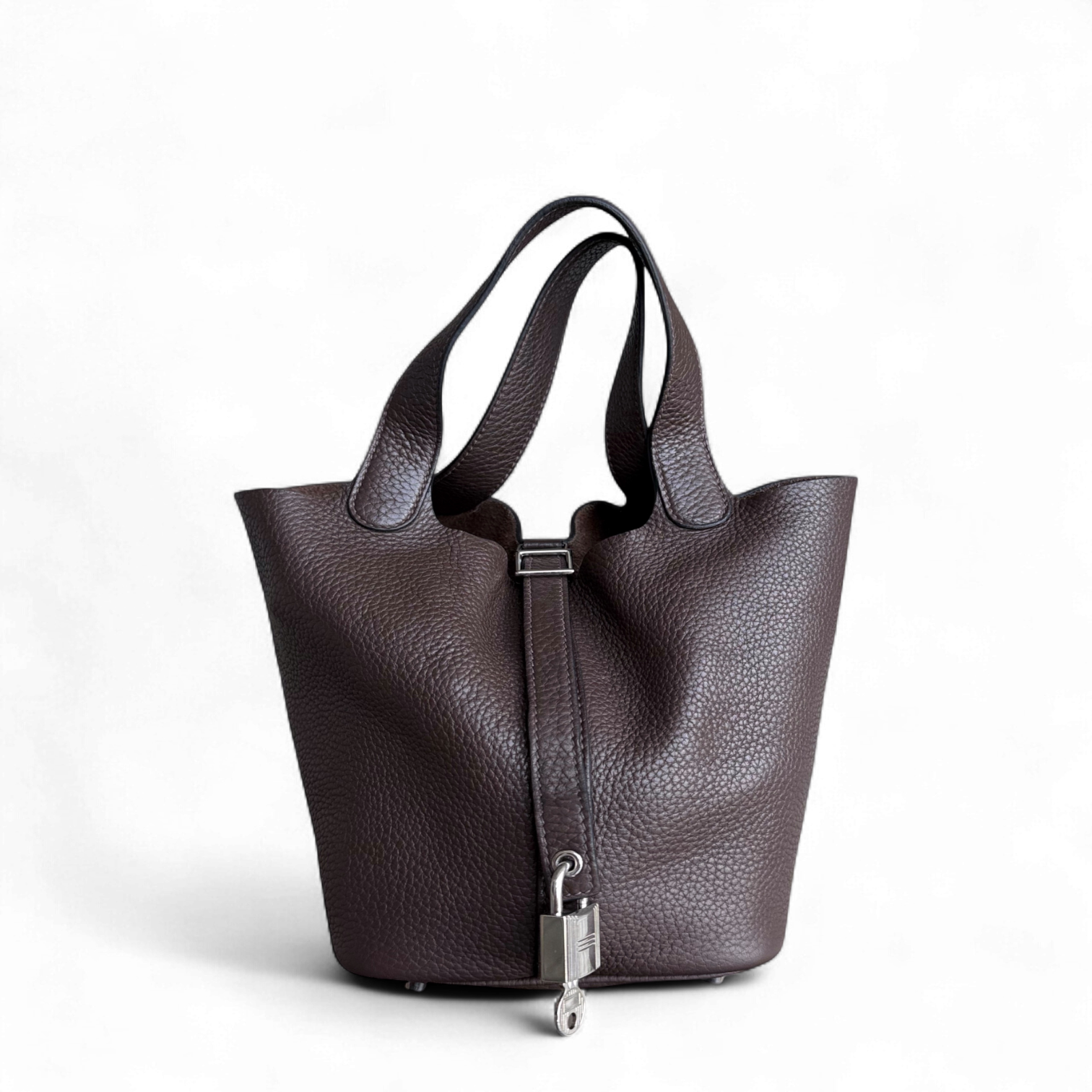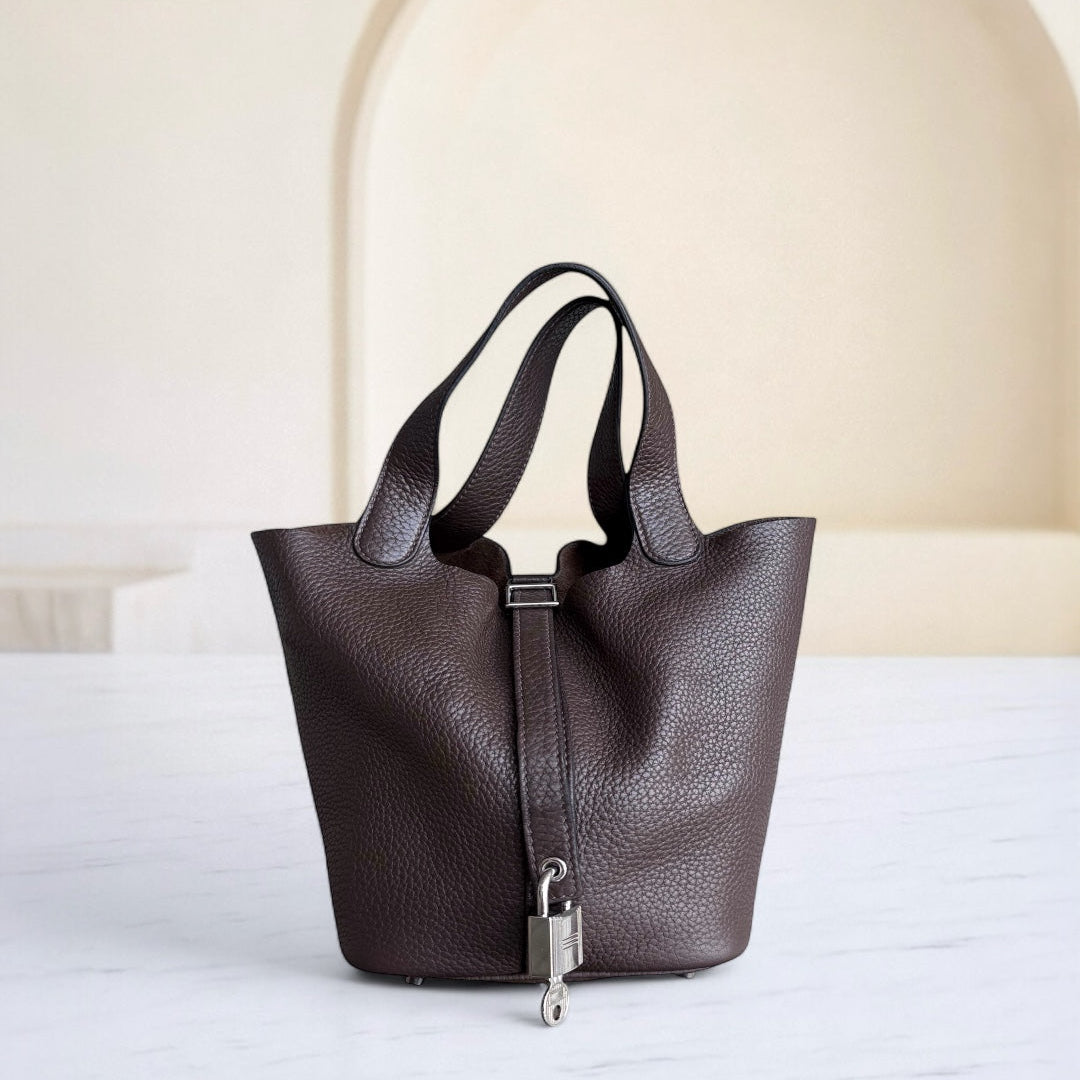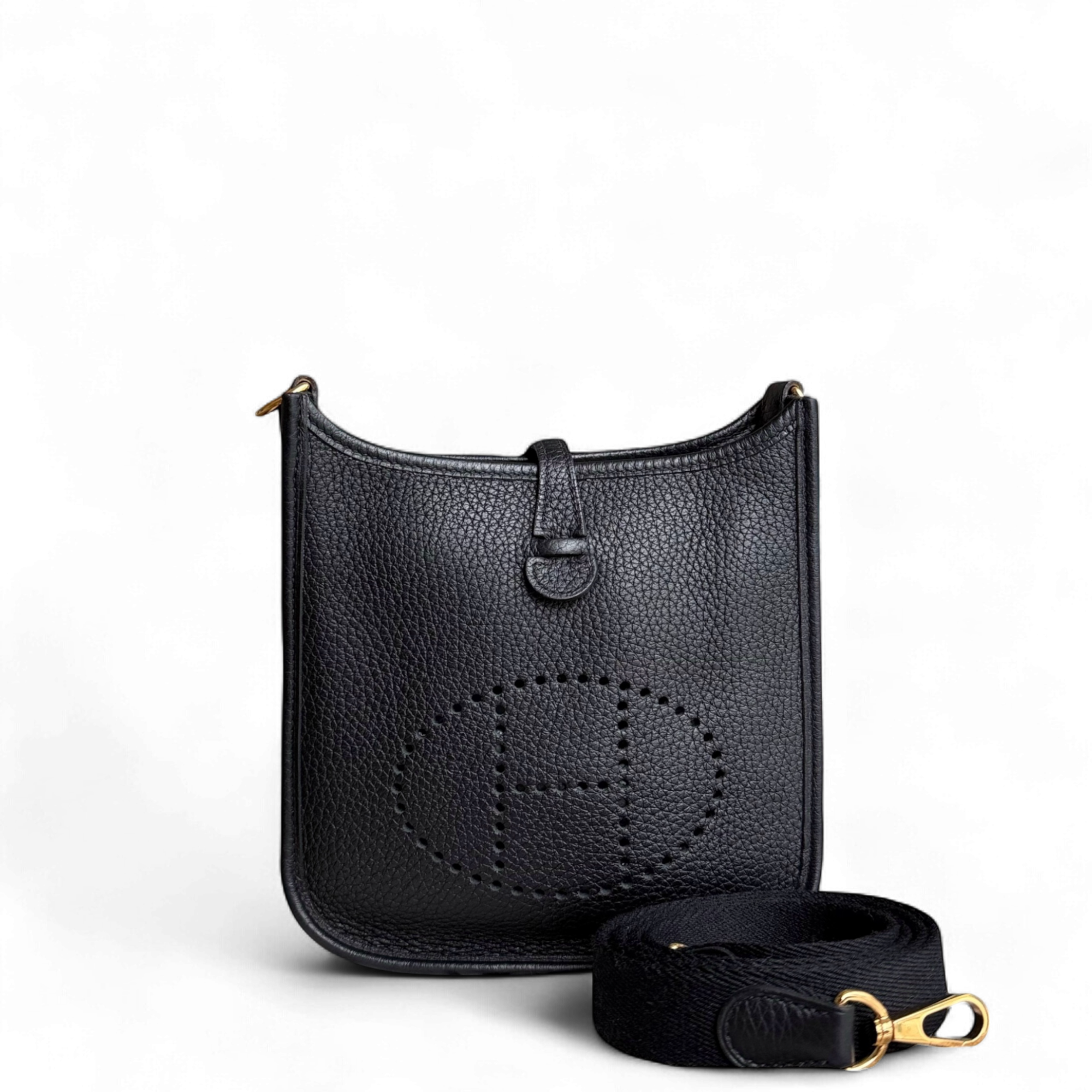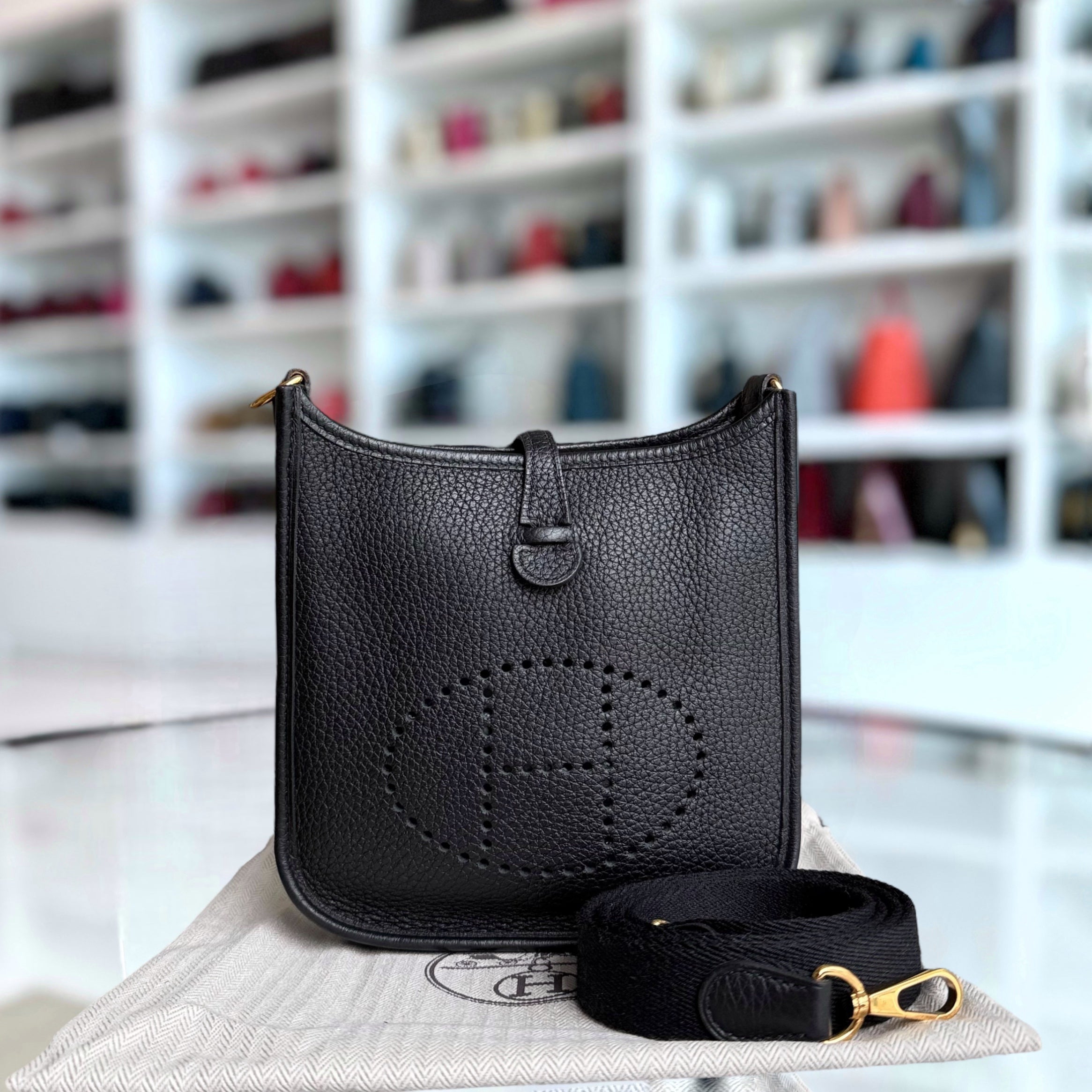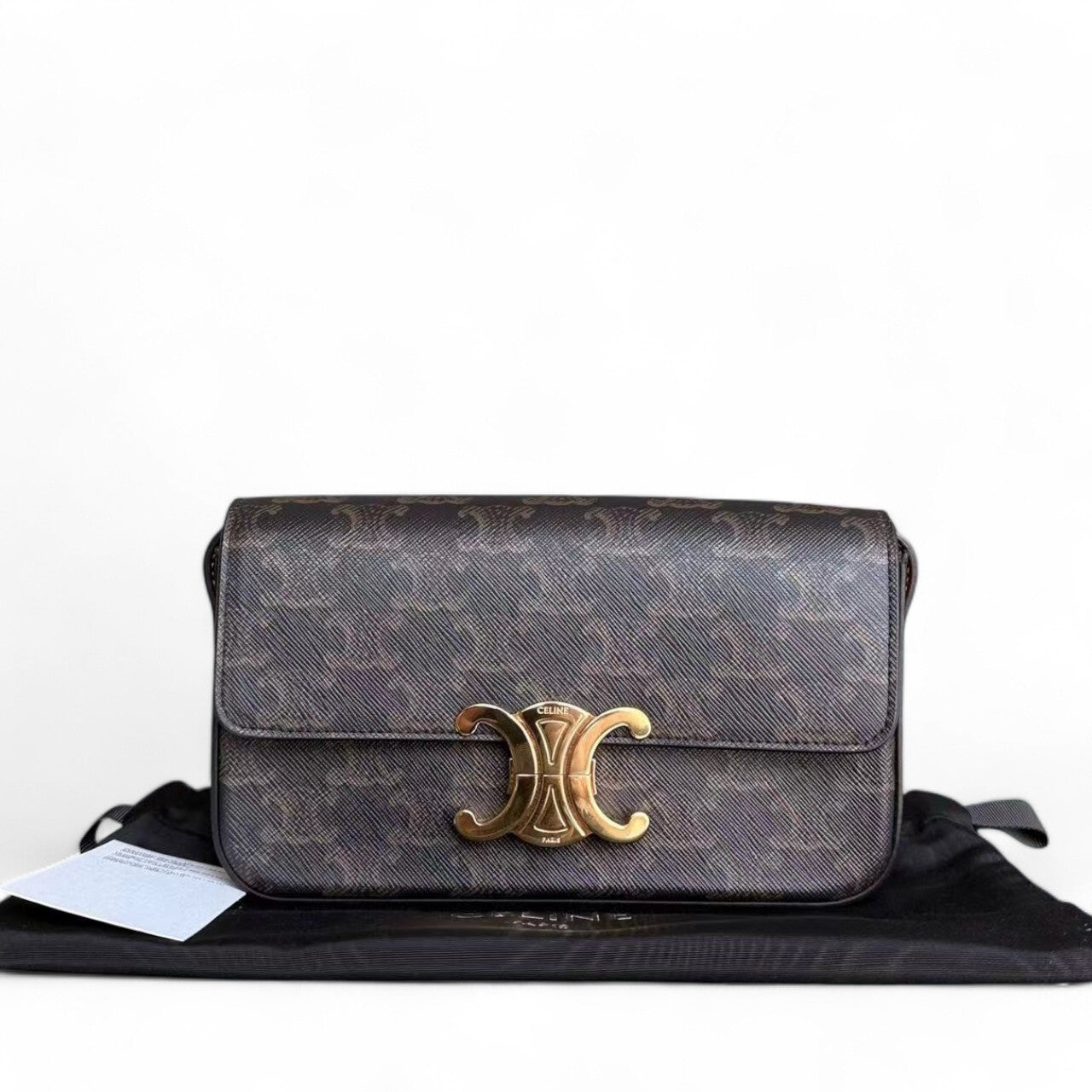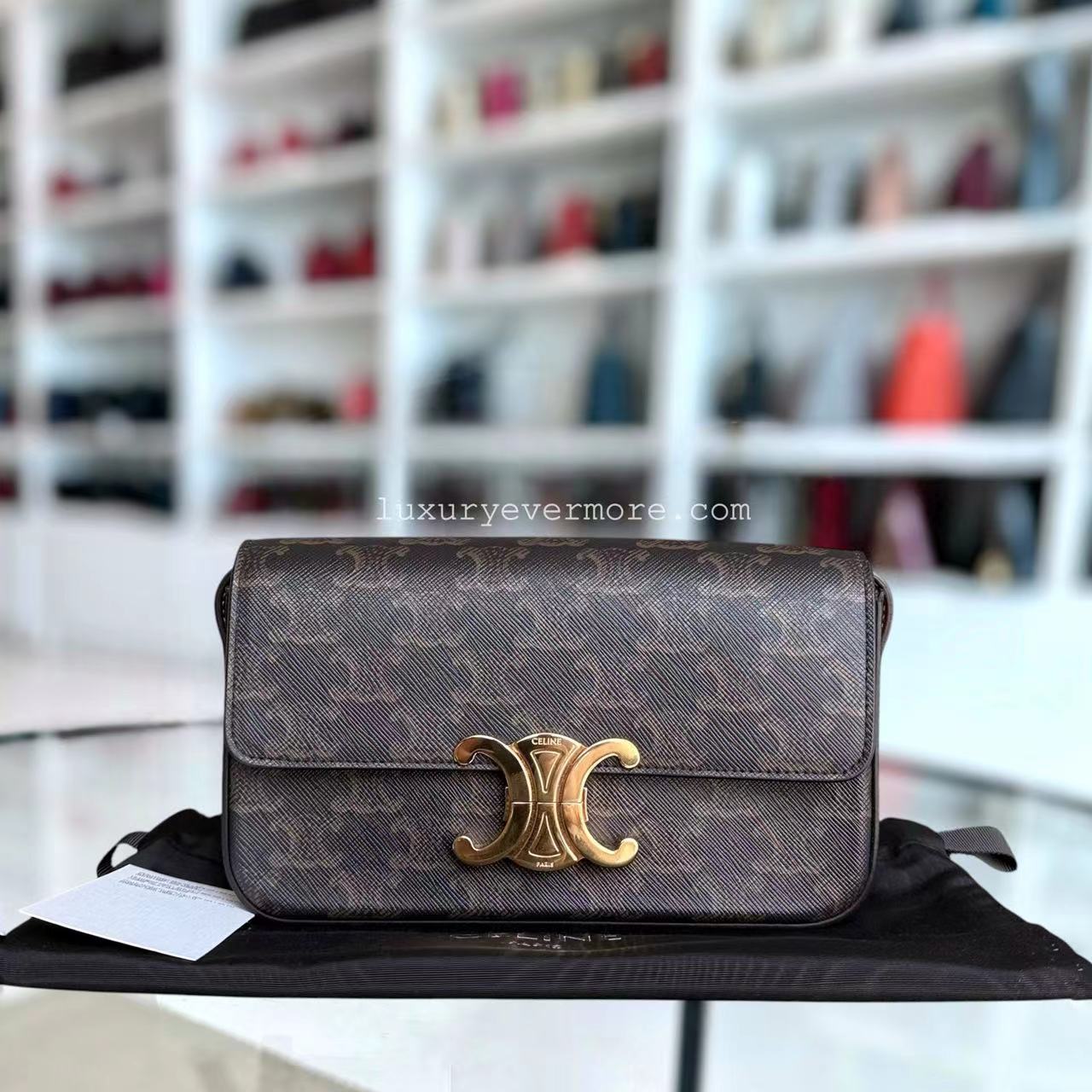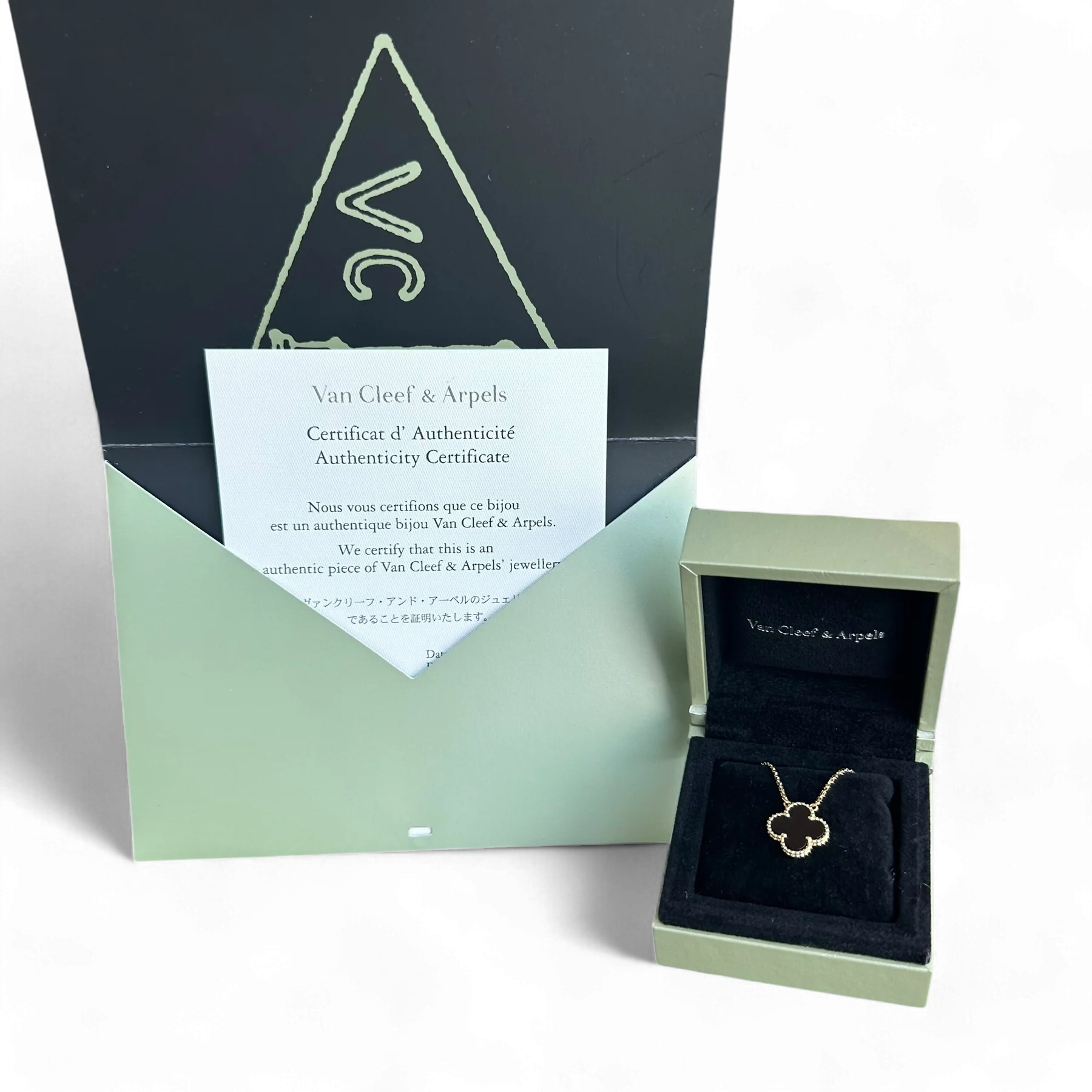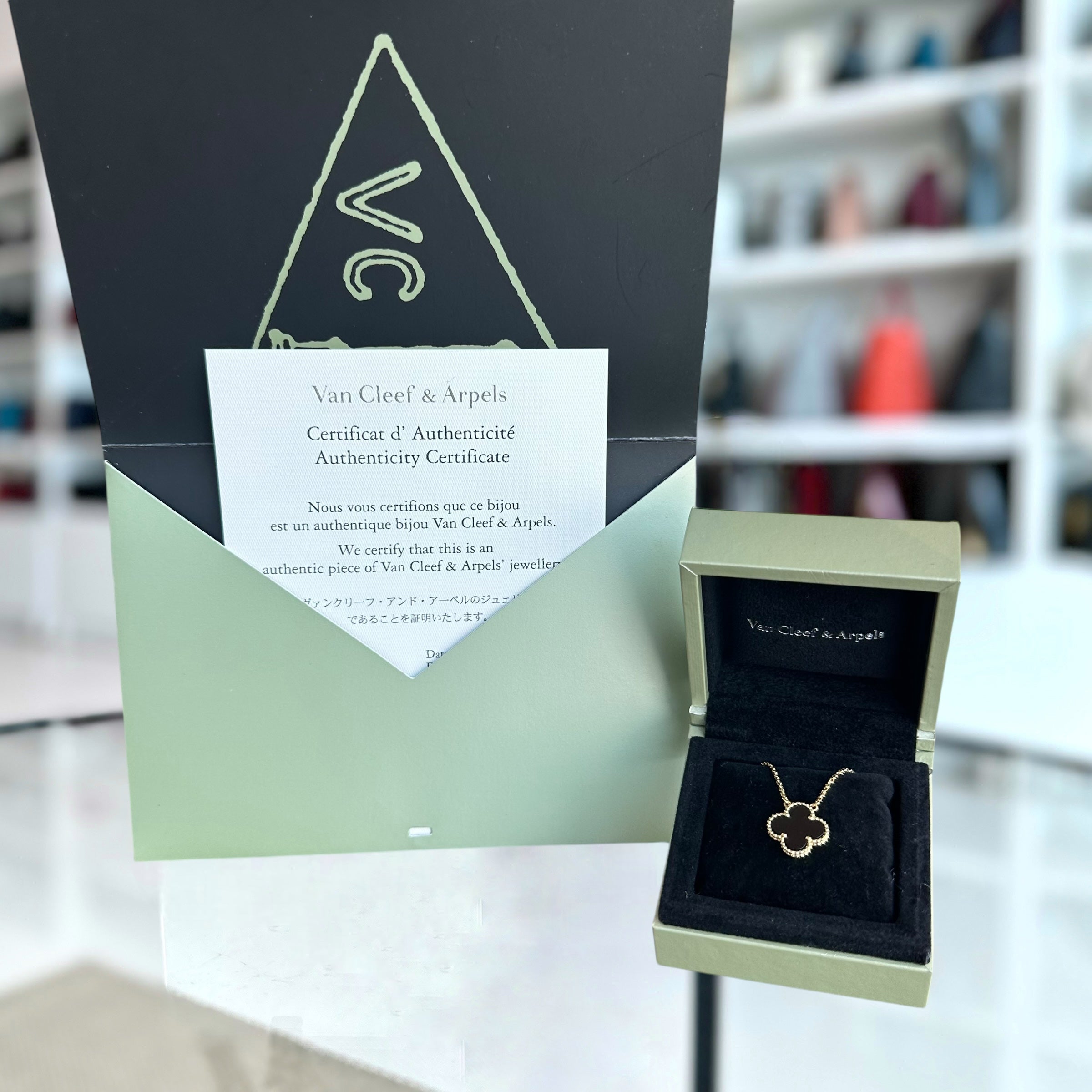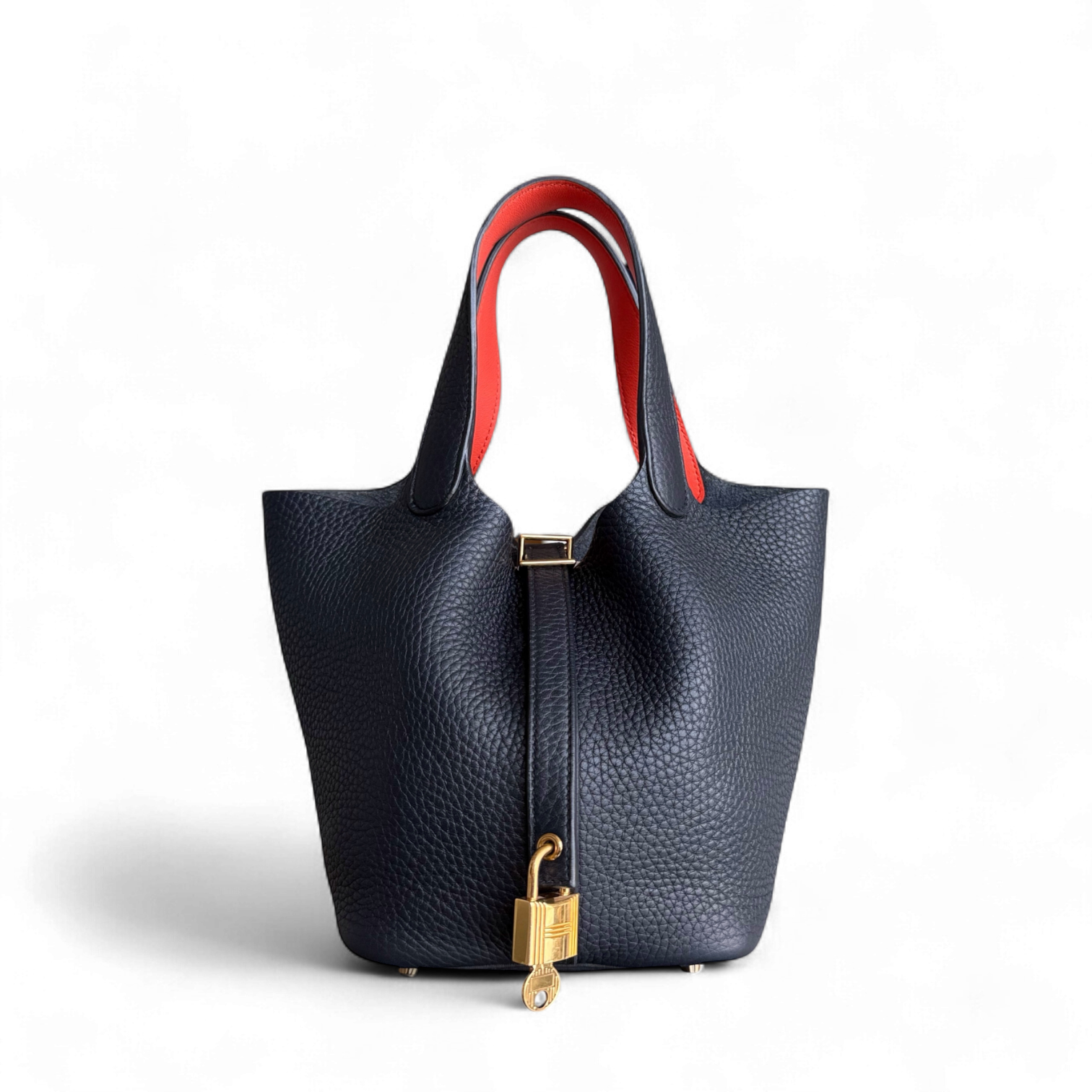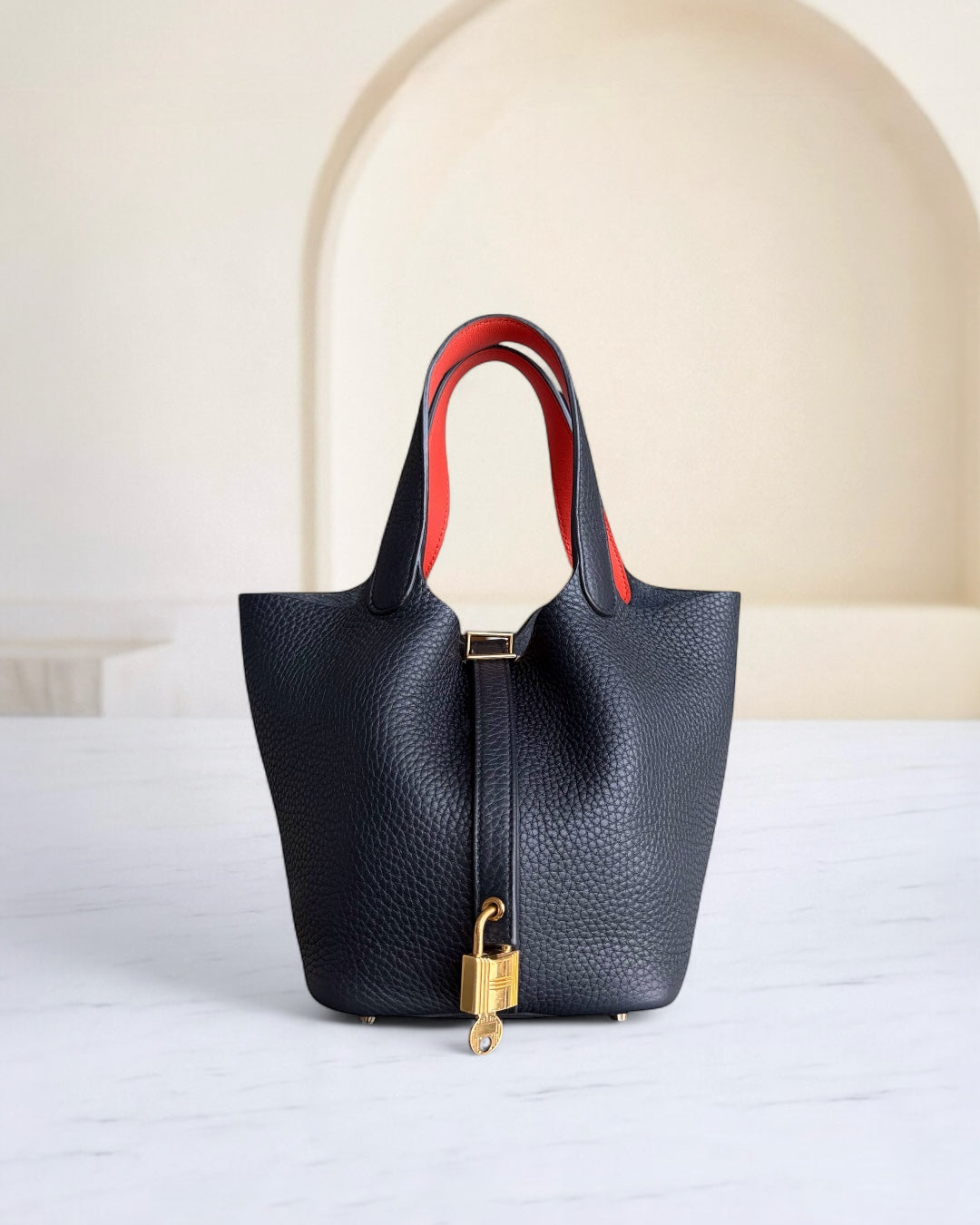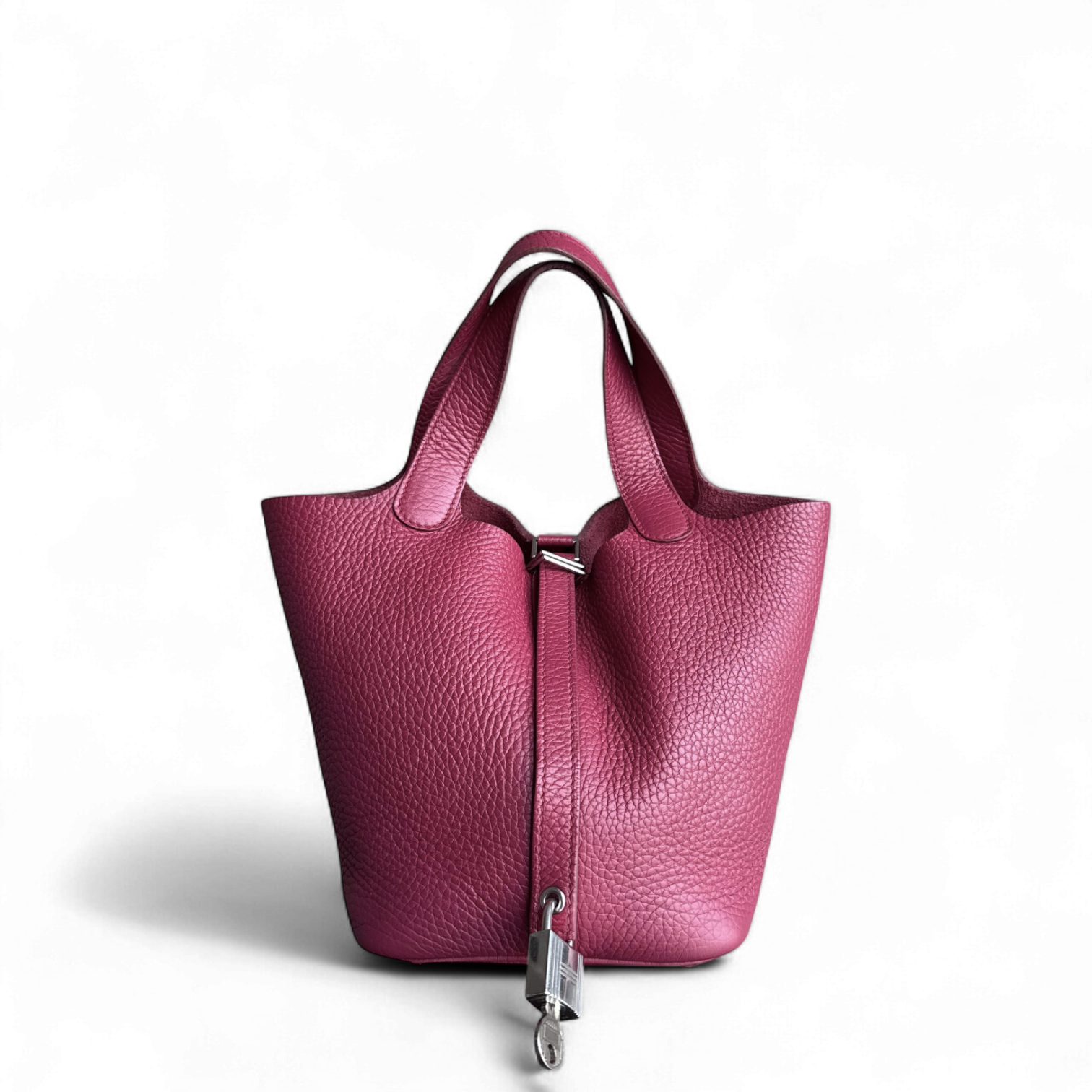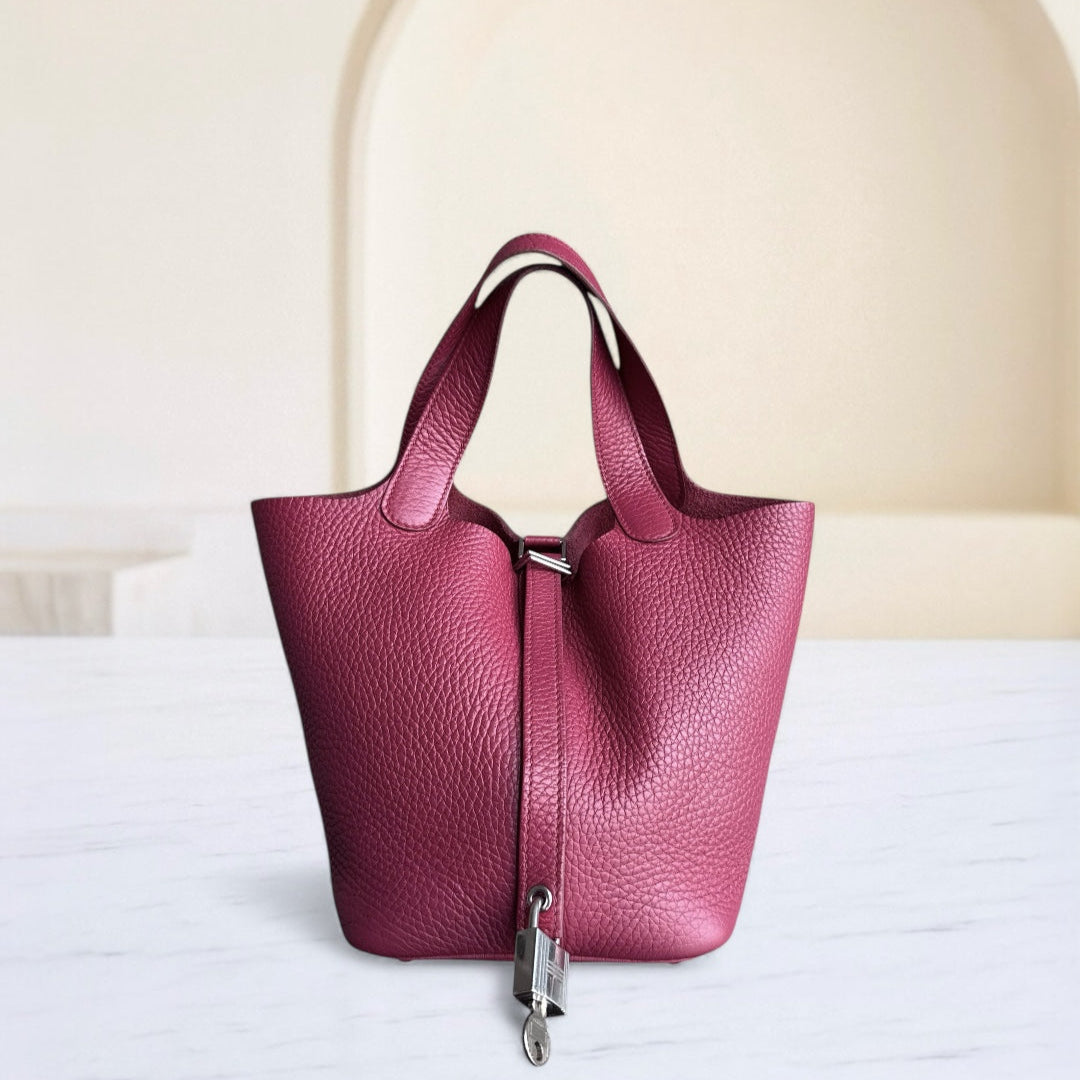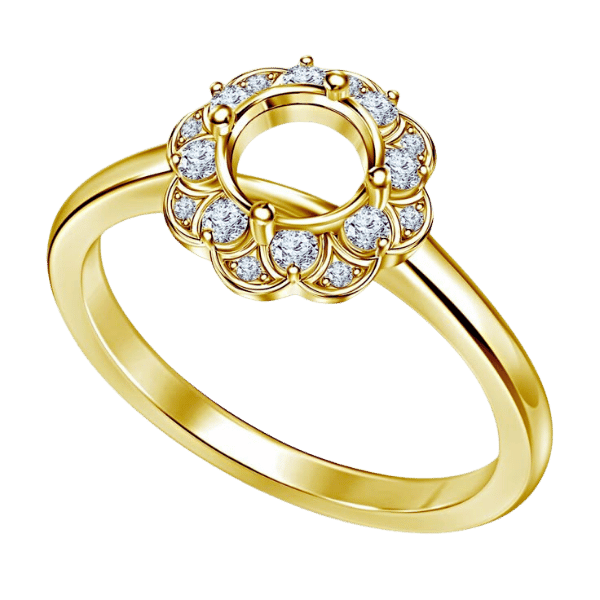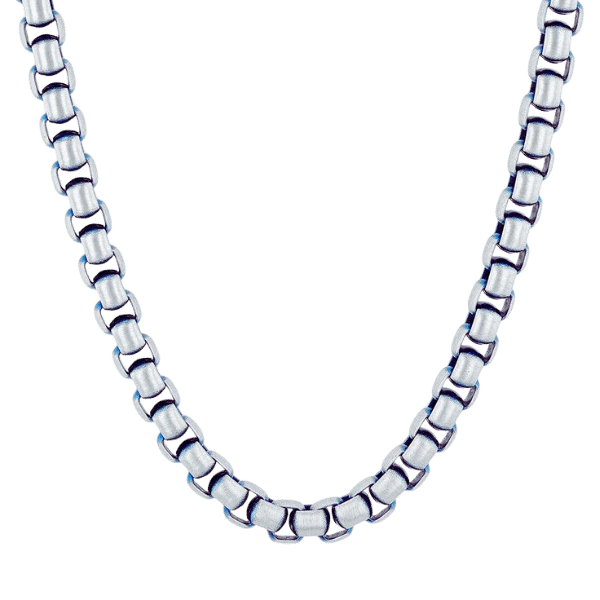The Iconic History of Tiffany and Co: An Iconic Jewelry Brand
With impeccable sophistication, craftsmanship, and creativity, Tiffany & Co. has served as a jewel of luxury sophistication, innovation, and craftsmanship for over two centuries. The brand is recognized across the globe for its unique, timeless designs and signature packaging, which is an iconic blue Robin’s egg, representing elegance and exclusivity. This paper aims to analyze the iconic history of the firm Tiffany & Co., outlining the transformation from a fancy goods and stationery store in New York City to a pride and honor of style around the globe. It does not matter whether you are a lover of stunning diamonds, a modern jewelry enthusiast, or a fan of the impact they had in Hollywood and societies, diving into the exquisite legacy of Tiffany & Co. through the lens of its splendid story will undoubtedly reveal the creativity and magnificence associated with the world’s most celebrated luxurious brands.
What Is the History of Tiffany and Co?

Tiffany & Co. was created as a fancy goods store in New York City in 1837 by Charles Lewis Tiffany and John B. Young, who initially operated as a wholesaler of stationery products. Over time, the shop underwent changes that eventually led to the introduction of fine jewelry. It was famously known for its innovative design and exceptional craftsmanship. The brand established itself as a leader in the jewelry industry by the mid-19th century, famously introducing the Tiffany Setting engagement ring in 1886, which singlehandedly gave Tiffany immense fame. Its diamonds gained international appreciation and fame, making the brand synonymous with sophistication and luxury. Now, Tiffany & Co. is celebrated globally as the symbol of elegance and quality, as it has remained an enduring brand for decades.
Who Was Founder Charles Tiffany?
Charles Lewis Tiffany was an American businessman and jeweler who founded Tiffany & Co. in 1837. Widely known as the “King of Diamonds,” he single-handedly transformed the luxury jewelry market. During his reign, the company gained a reputation for its craftsmanship and sophisticated design. Due to his relentless innovation and business savvy, Tiffany & Co. became a global paradigm of elegance and refinement, setting the standard for all subsequent Tiffanys, a suffocating accomplishment for the first.
How Did the Tiffany Blue Box Become Iconic?
Exclusivity, quality, and luxury were epitomized in the Tiffany Blue Box. In 1837, Charles Lewis Tiffany started his business, and his signature Robin’s Egg blue box was created to impress customers. Soon enough, this color became the brand, representing class and elegance. As time passed, the acknowledgment of the blue box became a recognition of unparalleled skill. This exquisitely engraved box became the mark of timeless style.
What Role Did the Tiffany Setting Play in Jewelry Design?
The Tiffany Setting transformed jewelry design by changing the way diamonds are displayed on engagement rings. Introduced in 1886, the six-prong setting, the first of its kind, raised the diamond above the band, enabling light to flow through the stone. This new technique increased the diamond's brilliance and became a standard for modern engagement ring styles. Its beauty, elegance, and simplicity further elevated it as a timeless emblem of love and commitment while transforming other designs in the jewelry market.
How Did Tiffany Become an Iconic Jewelry Brand?

What Makes the Tiffany Yellow Diamond So Iconic?
Its unparalleled size, beauty, and scarcity make the Tiffany Yellow Diamond one of a kind. Due to nitrogen atoms in its crystal structure, its vivid yellow color is present only in a small fraction of diamonds. This 287.42 rough diamond discovered in South Africa in 1877 was cut into a mesmerizing yellow cushion-shaped gem of 128.54 carats. Only a handful of select people have been able to wear this rare gem, which symbolizes the legacy and mastery of Tiffany & Co., making it even more prestigious. The gem has been used numerous times to showcase Тiffany & Co.'s exceptional craftsmanship.
How Did Audrey Hepburn Influence Tiffany's Image?
Audrey Hepburn’s role in the classic film Breakfast at Tiffany’s linked the brand’s image with her as they intertwined. The scene where she plays Holly Golightly, exquisitely dressed while staring at the window of the Tiffany & Co. flagship store in New York, cemented the brand’s identity as the epitome of sophistication and elegance. When Hepburn donned the Tiffany Yellow Diamond in promotional images for the film, it cemented the brand’s legacy. In addition, the diamond further enhanced her reputation as a luxury icon, which aided exclusivity. Because of her, Tiffany & Co. became a cultural phenomenon, representing style and beauty.
What Is the Legacy of Louis Comfort Tiffany?
Louis Comfort Tiffany, synonymous with contributing to the modern decorative arts, has left a mark on the world with his astonishing innovations in stained glass artistry during the late 19th and early 20th centuries. Tiffany’s lamps are revered for their embellishing details and exotic colors, boasting his breakthrough in glassmaking innovations of patented Favrile glass. While serving as the Artistic Director of Tiffany & Co., he popularized the brand for its unmatched craftsmanship and artistic quality. Even today, his pieces are adored internationally for their combination of sculpture and utility, greatly impacting American design and the world of art.
What are Tiffany and Co's iconic designs?

How Did Elsa Peretti Revolutionize Jewelry Design?
Elsa Peretti changed the jewelry world with her innovative, minimalist designs, which combined fine jewelry and fashion. She joined Tiffany & Co. in 1974 and brought a modern approach devoid of elaborate designs. Her signature collections, such as the Bone Cuff, Open Heart, and Bottle Pendant, were made in nature and humanly inspired organic forms. Her designs appealed to a larger young audience by incorporating sterling silver and remodeling its lavish prices to make them more accessible.
Peretti not only transformed the aesthetics but also the philosophy behind it by blending art with practicality. She changed the perception of accessories by making jewelry embodying oneself instead of an asset value. Recent reports indicate Peretti's designs contributed to almost 10% of Tiffany & Co.'s annual sales, demonstrating her stronghold on the brand. Nowadays, her work still stands for multi-generational grace and the absence of restrictions in traditional jewelry design.
What Is the Significance of the Blue Book Collection?
Tiffany & Co. epitomized high jewelry art with unmatched finesse through their strategically crafted Blue Book Collection, which stems from their heart of stars. The first ever mail-order catalog, the Blue Book, which began in 1845, set the luxury and precious stone standard through its innovative designs. Now, the collection continues to set unparalleled standards through pioneering designs that use ethically mined gemstones, highlighting advanced artistry. Every piece of this collection requires hundreds of painstaking hours of skilled craftsmanship. The collection’s multitude of ‘one of a kind’ pieces is mindboggling as so many rare gemstones are meticulously handcrafted. For example, the 2023 collection showcases transformation and nature’s inspiration with designs that challenge the limits of imagination. The collection is the apogee of elegance that transcends time and speaks innovation in the jewelry world.
What Is Known as the Tiffany T Collection?
The T collection by Tiffany exemplifies modern simplicity, strength, and sophistication while capturing the very essence of Tiffany as well. The collection is symbolized by bold, clean lines and the iconic “T” mark, which depicts elegance and versatility. It includes various materials such as gold, diamonds, and sterling silver, making the collection suitable for everyday use and special occasions. The Tiffany T collection blends contemporary aesthetics with modern craftsmanship and is celebrated for doing so.
What Is the Significance of the Tiffany Blue?

How Did Tiffany Blue Become a Symbol of Luxury Jewelry?
The distinctive robin's egg blue color, Tiffany Blue, has become one of the most recognized brand colors worldwide. The association began in 1845 when Charles Lewis Tiffany selected a light blue shade to cover the first Tiffany & Co. Blue Book, which cataloged the brand's jewelry pieces. The selection of this color was influenced by the popularity of turquoise gemstones, which were quite fashionable in the 19th century. Over the years, that shade of blue has become synonymous with elegance, exclusivity, and luxury, always in style.
Tiffany further solidified the color's branding identity in 1998 when the company trademarked it, fully associating it with the company. Its application is restricted and allowed only in marketing materials, exclusive packaging, and select design features to enhance its elusiveness. Studies on visual branding show a company's recognition can increase by 80% with repeated use of a specific color, proving how strategically important Tiffany Blue is in depicting the brand's history and innovation in luxury jewelry. The iconic blue box of Tiffany & Co. remains a legendary symbol of quality and sophistication, still admired by customers around the globe.
What Are the Origins of the Tiffany Blue Color?
The distinguishing blue known as Tiffany Blue can be traced back to the 19th century, when Charles Lewis Tiffany chose the color for the company’s yearly Blue Book, first published in 1845. This book featured some of the company’s stunning jewelry pieces and was one of the first direct mail catalogs. Tiffany’s choice is believed to have been influenced by the rise in turquoise gemstones during the Victorian era, an epoch when turquoise decorated must-have pieces like brooches and tiaras.
Turquoise in history is also linked to wealth, romance, and aristocracy, making it a powerful choice to represent Tiffany’s grand identity. As time passed, the specific blue color claimed by Tiffany & Co. was used to portray the brand's principle of class and luxury. It stands out in Pantone’s custom PMS number 1837, which guarantees the precise color will be kept exclusive and trademarked as a fundamental part of the brand. The choice and maintenance of this blue have made it an enduring icon of the luxurious industry.
Who Are the Renowned Jewelry Designers Associated with Tiffany?

How Did Charles Lewis Tiffany and John Foster Tiffany Influence the Brand?
Tiffany & Co. was established in 1837 by Charles Lewis Tiffany, often called the “King of diamonds.” He was instrumental in setting the pace in luxury to be associated with the company. He implemented revolutionary concepts like the Tiffany Standard, the first silver purity benchmark in America. He also positioned Tiffany as a leader in acquiring exceptional gemstones, including one of the world’s largest yellow diamonds: the Tiffany Diamond. His son, John Foster Tiffany, built upon this legacy further through his innovative jewelry design and craftsmanship. With his influence, Tiffany became known for elaborate Artistry with intricate settings, forever cementing the company’s association with haute jewelry.
Who Are the Other Influential Designers in Tiffany's History?
Tiffany & Co. has worked with many visionary designers that have shaped its legacy. Louis Comfort Tiffany, for example, was a skillful glassworker and an exceptional Art Nouveau jeweler, the son of ‘Tiffany’s founder, Charles Lewis Tiffany. His mid-20th century works included nature-inspired colorful designs crafted by Jean Schlumberger while working at the company. Elsa Peretti pioneered the minimalist movement, introducing sophisticated pieces such as the Bone Cuff and Open Heart collection, which are the definition of timeless. Paloma Picasso fused modernity with artistry, flaunting her vivid colors and geometric shapes collections. All of them have contributed to Tiffany’s lavish history and placed the brand among the world’s leading luxury jewelry companies.
Frequently Asked Questions (FAQs)
Q: When was Tiffany and Co. established?
A: Founded on Broadway in New York in 1837, Tiffany & Co. was a gift shop owned by Charles Lewis and John B. Young that offered the first-of-its-kind products.
Q: What makes Tiffany and Co's jewelry collections iconic?
A: Unlike its competitors, Tiffany & Co. stands out due to its innovative craftsmanship, timeless jewelry designs, and use of high-grade materials like Tiffany diamonds and silversmiths. These features make its designs a mark of elegance and luxury.
Q: How did the acquisition of Tiffany by LVMH in 2021 impact the brand?
A: The notable mark of the LVMH acquisition in 2021 was the attention it brought to Tiffany and Co. and making their brand known globally while stepping into new markets. This made it possible to rely on the luxury market expertise of LVMH while still maintaining its legacy of fine jewelry.
Q: What is the significance of Tiffany's engagement ring?
A: The signature piece known for its hallmark of elegance is Tiffany's engagement ring, which spearheaded the innovation of rings by introducing the idea of maximizing the shine of the set diamond, making it the standard for all engagement rings.
Q: Can you describe the Tiffany artistic jewelry footnote branch?
A: It is well known for its research and creative endeavors in jewelry making and works with top designers such as Elsa Peretti for Tiffany and Schlumberger for Tiffany, who design high jewelry and fashion jewelry, haute couture, and costume jewelry pieces.
Q: What is distinguishable in the iconic Tiffany blue box?
A: The brand's proprietary egg blue color is emblematic of the famous blue Tiffany box, which is used throughout barriers. The box defines affluence and cements the symbols of magnificence and grandeur. It is unapologetically beautiful and speaks for Tiffany's brand history and exquisiteness at its finest.
Q: How many Tiffany stores are there in the world?
A: There are over 300 Tiffany and Co stores across the world. They carry a range of classic Tiffany jewelry and other fine jewelry and accessories, which helps maintain their presence in every significant fashion capital in the world.
Q: What role do Tiffany gemologists play in maintaining quality?
A: Tiffany gemologists can be likened to dolls in that they represent the highest quality standard for gemstones. They scrutinize and handpick each diamond and ruby so that only the best adorn the jewelry collections.
Q: How does one go about buying Tiffany jewelry online?
A: Customers can purchase Tiffany jewelry online through the official Tiffany and Co. website. The site offers engagement rings, Tiffany hardware, and other luxurious items from the company's signature collections.
Q: How did Tiffany acquire the French Crown Jewels, and how did it affect the brand?
A: Tiffany and Co.'s purchase of the French Crown Jewels in 1887 advanced the brand’s reputation in high-end luxury by asserting its power to dominate some of the most unique and historically important jewels and showcase them to the world.
Reference Sources
Contact Luxury Evermore should you need help with acquiring or building up your collection. There is a variety of brands with different styles, as well as sizes, and colors, for example, Hermes, Chanel, lv and Dior. If you are not lucky enough to find the bag you are looking for on our website then our concierge team will probably be able to order it for you. We provide 100% authenticity guarantee for all our bags, and any item sold on this site will be dispatched to you within one to two business days upon receipt of the payment.




